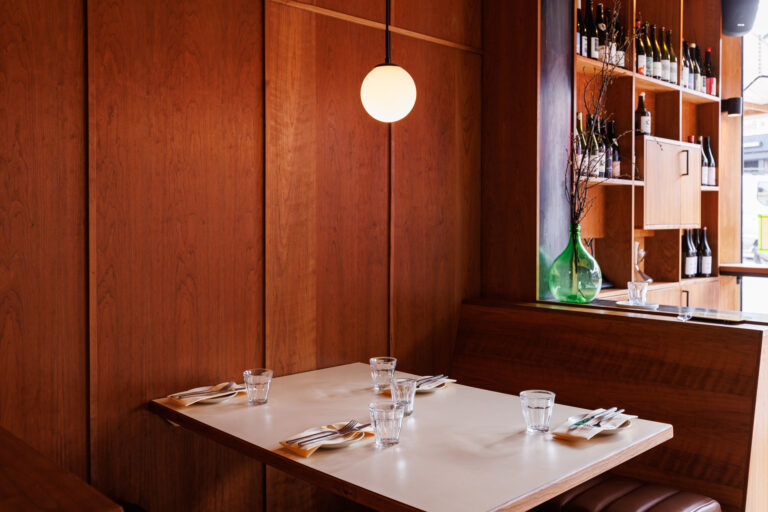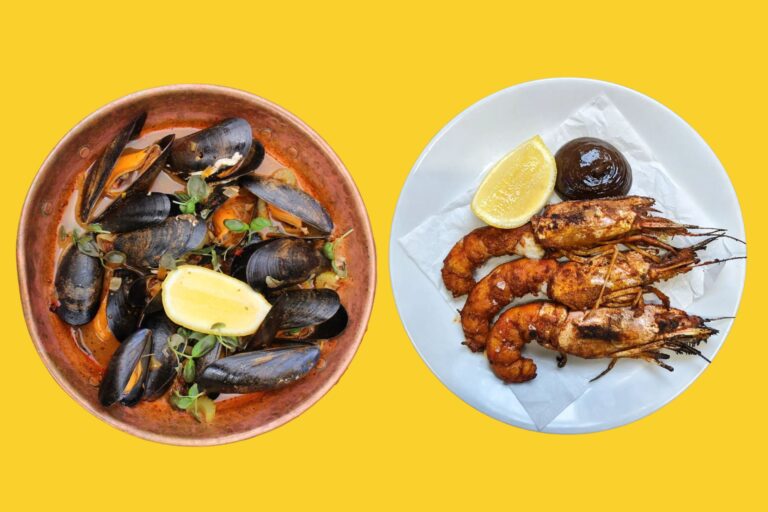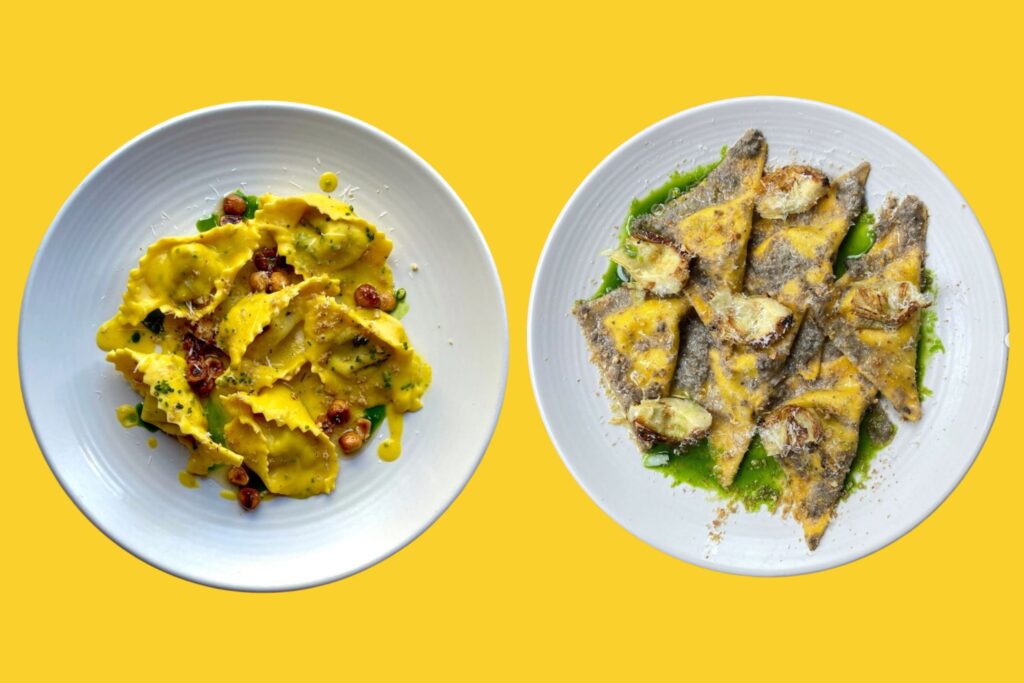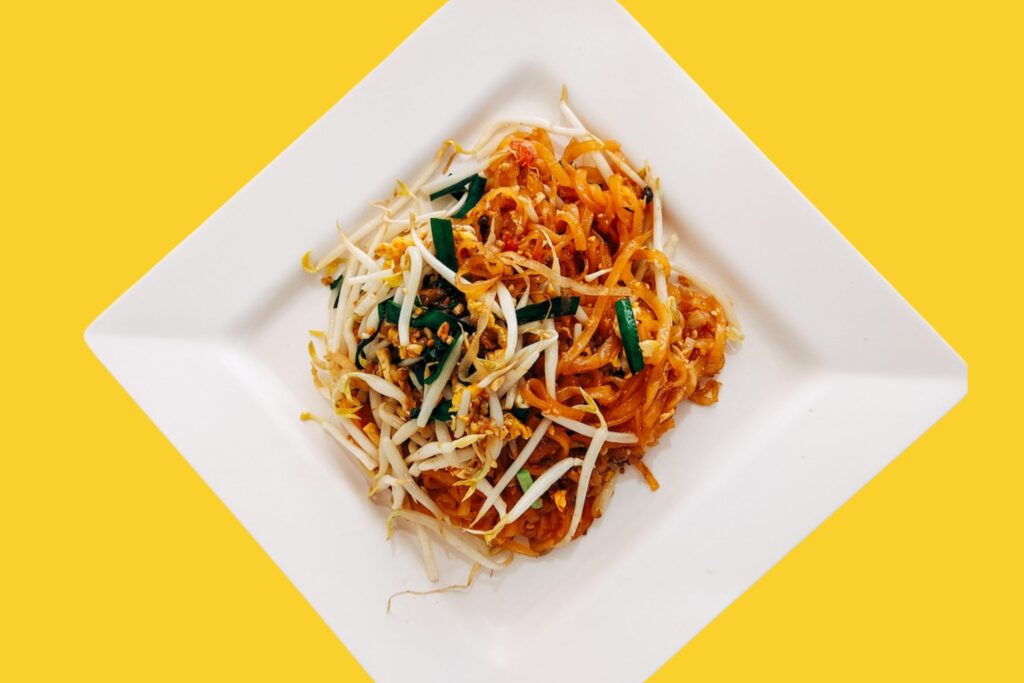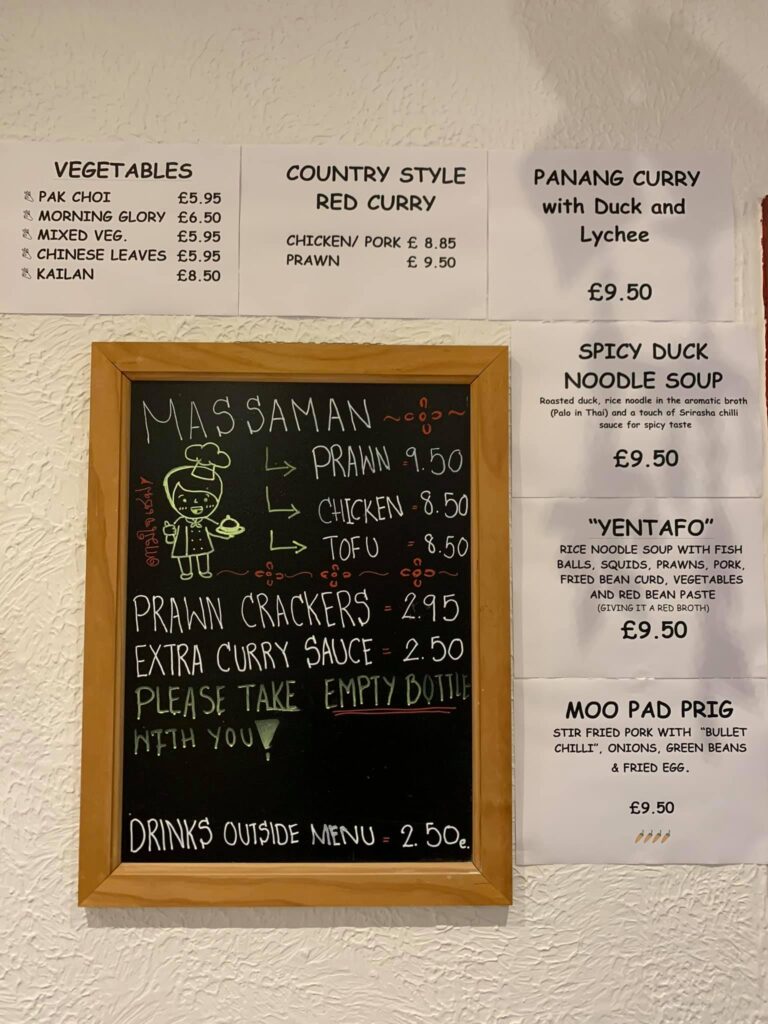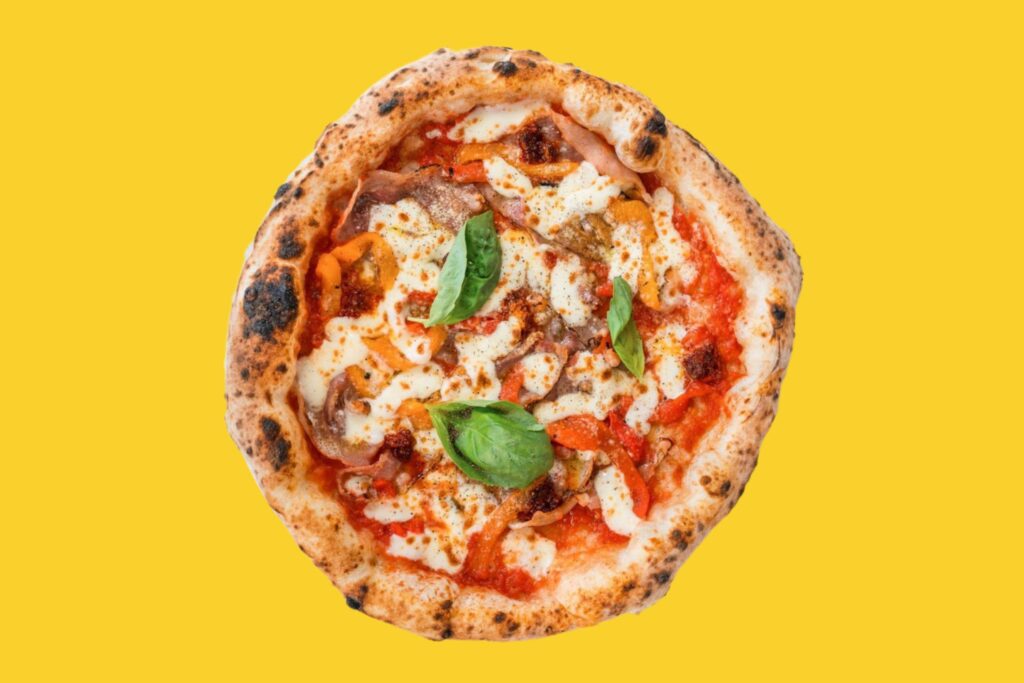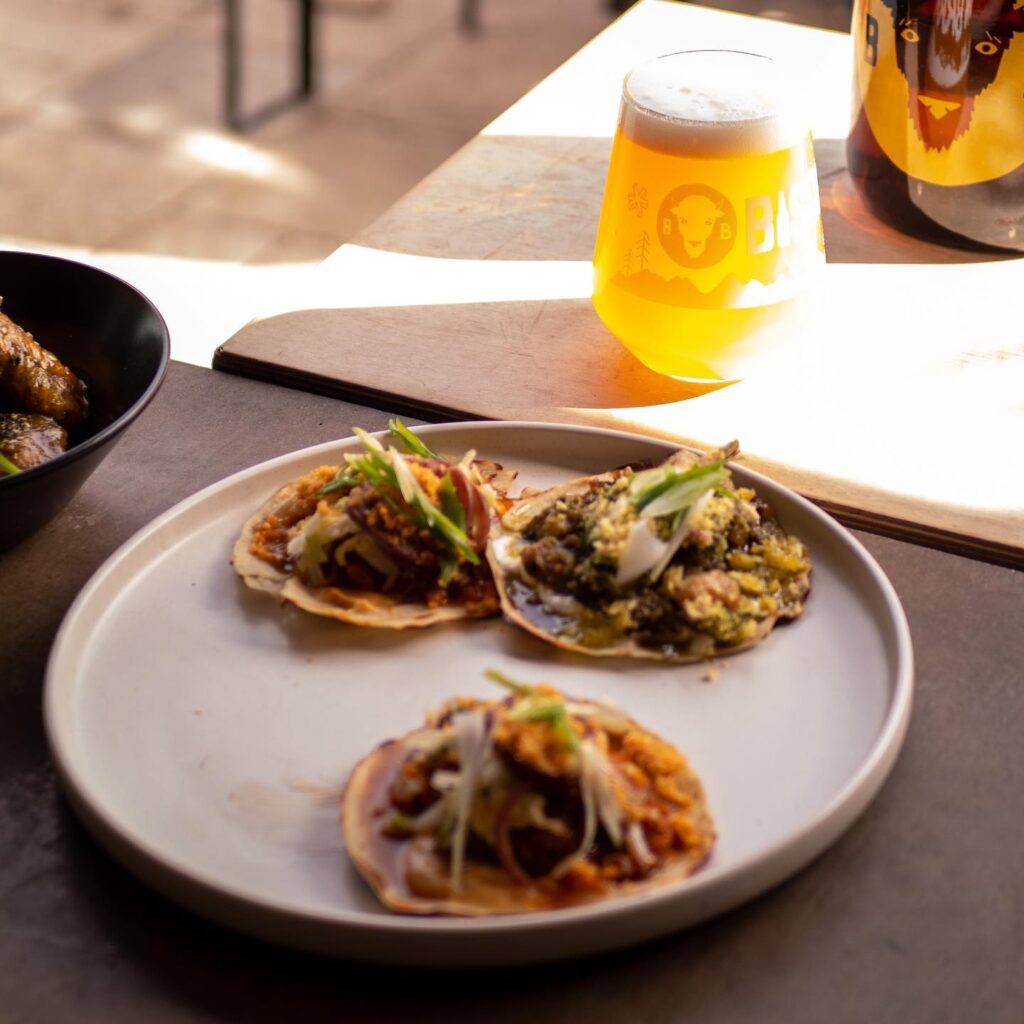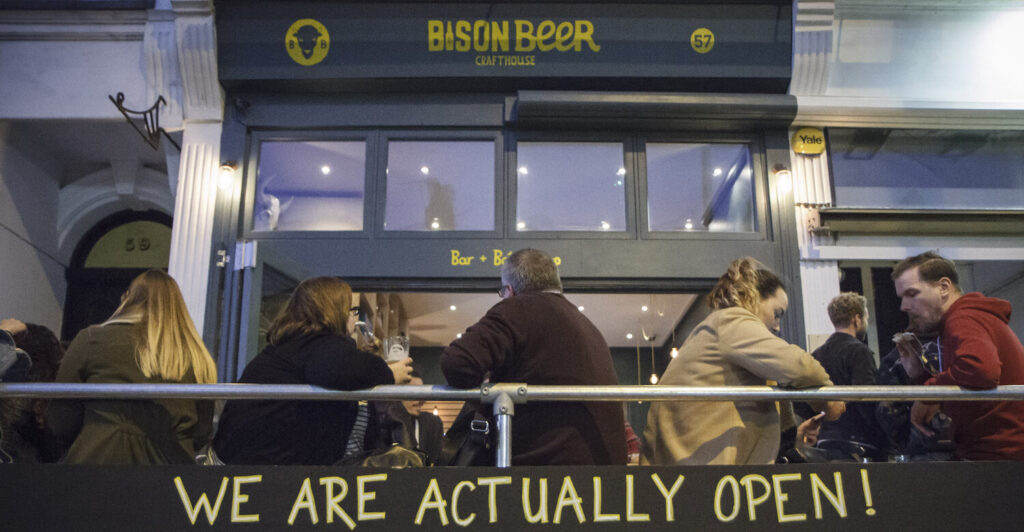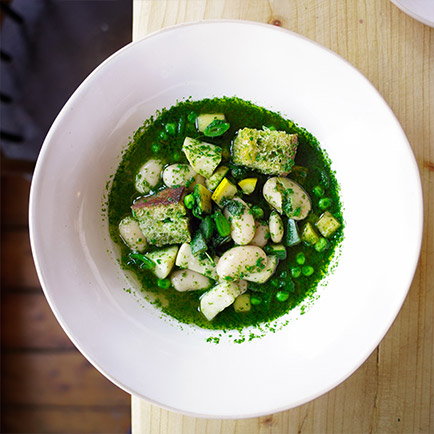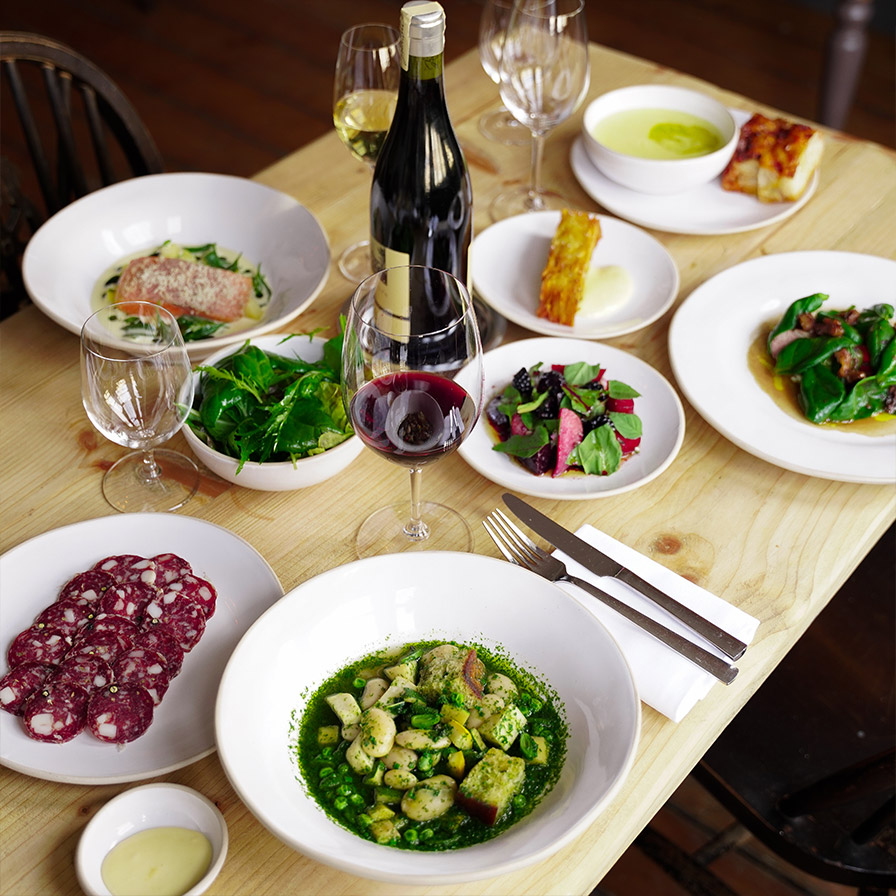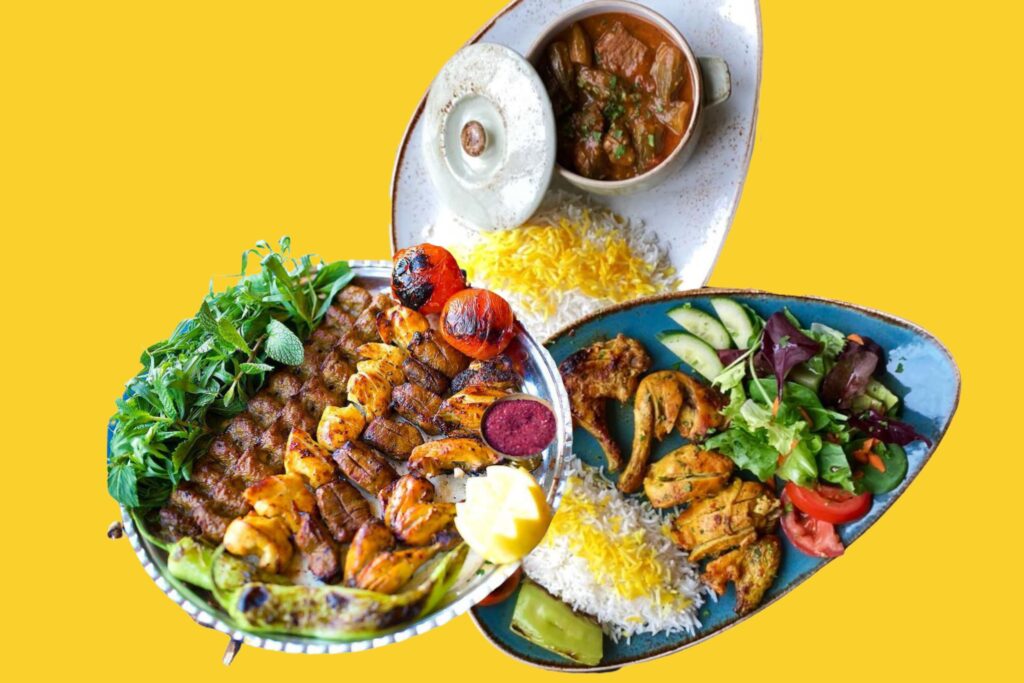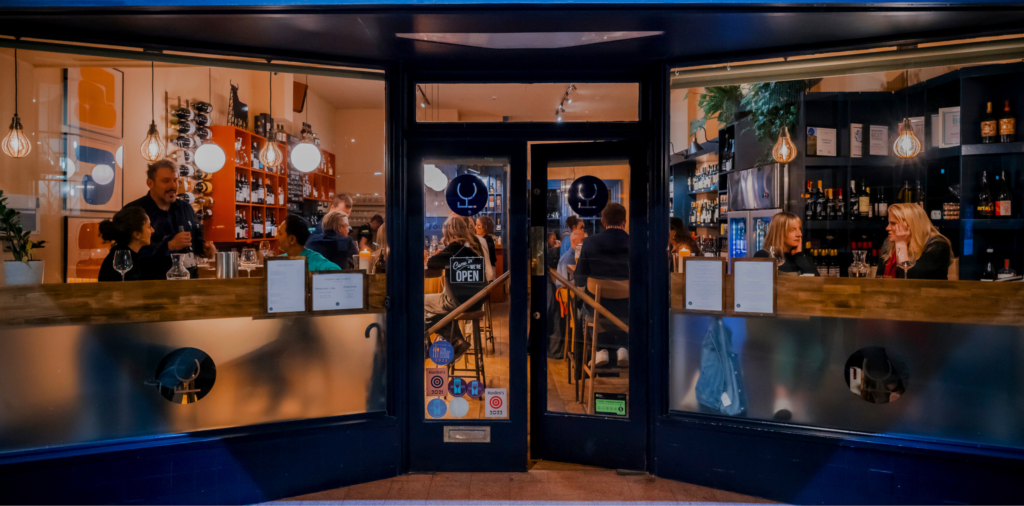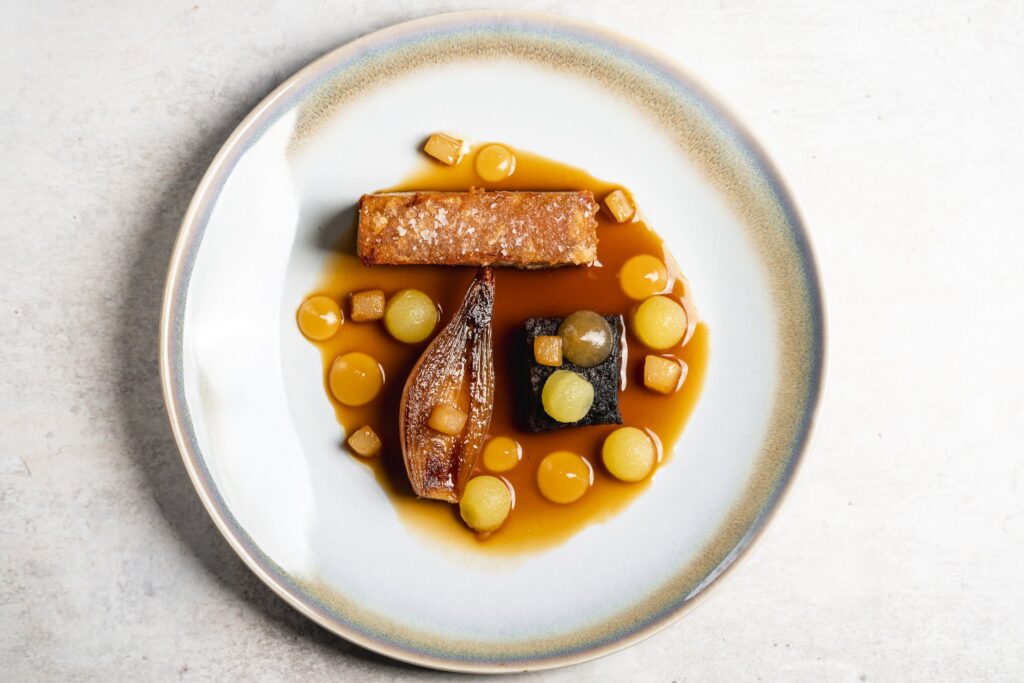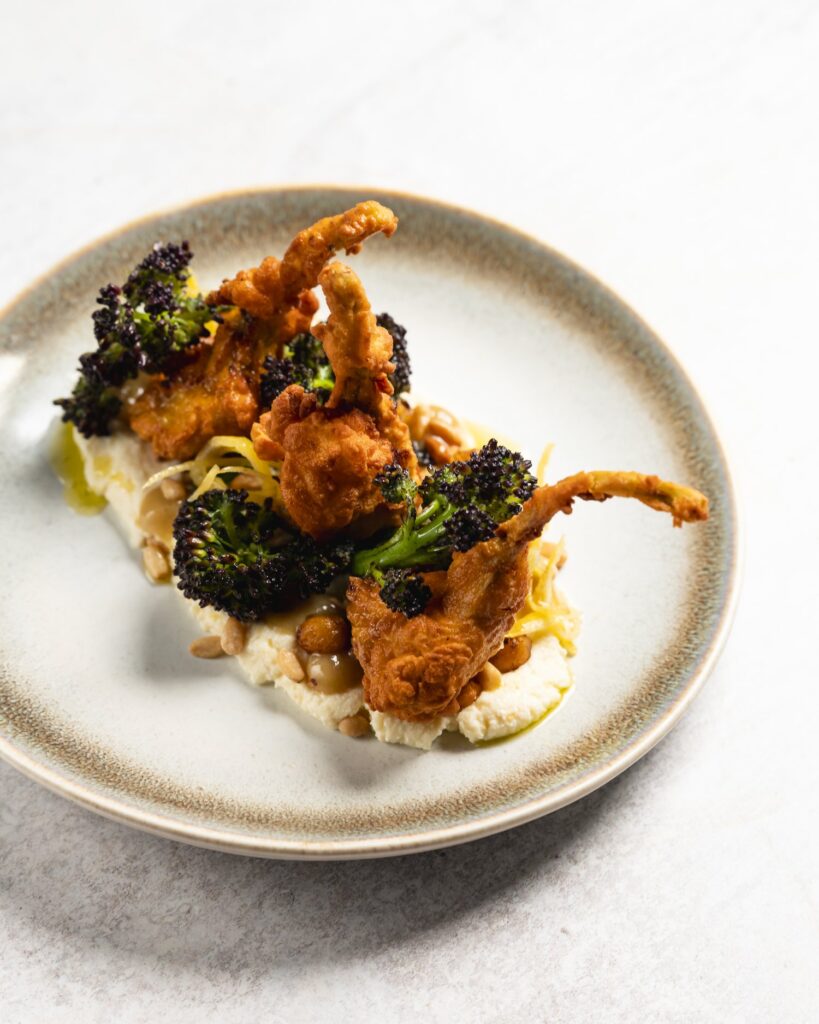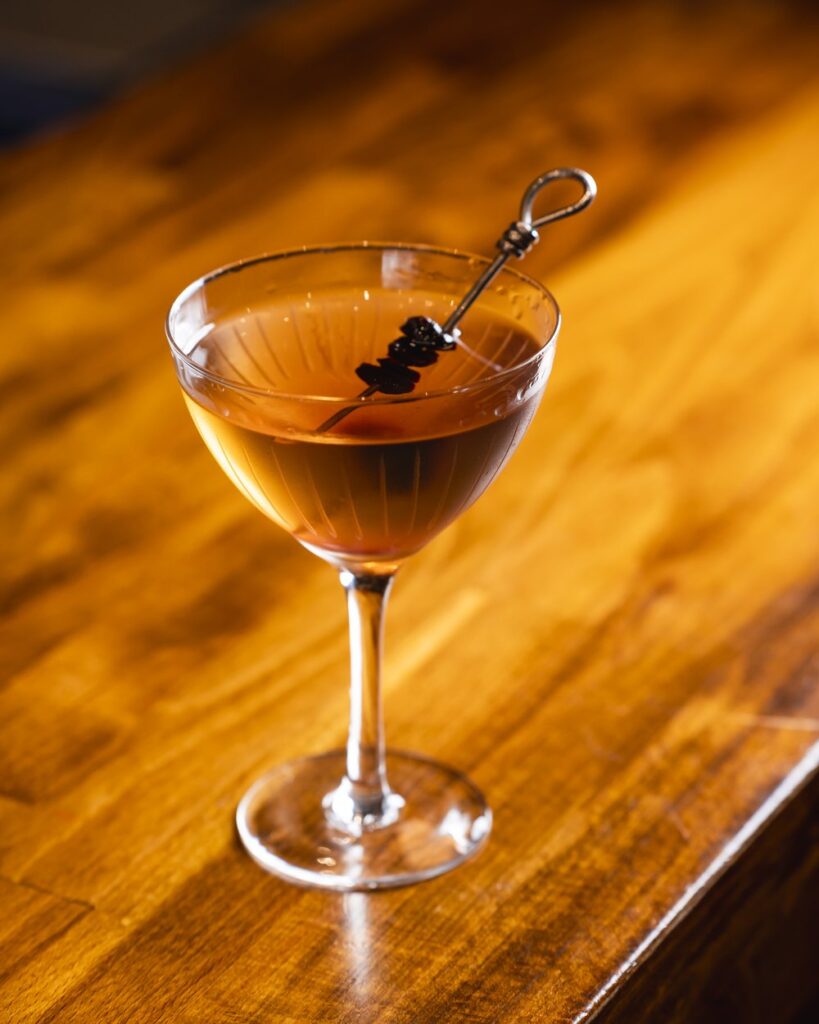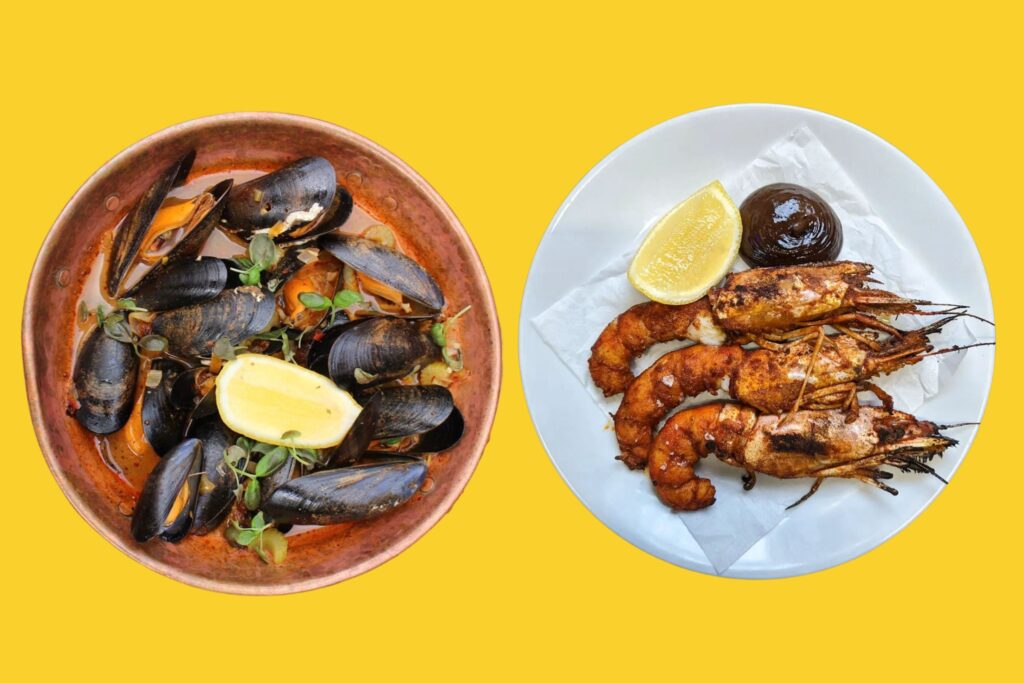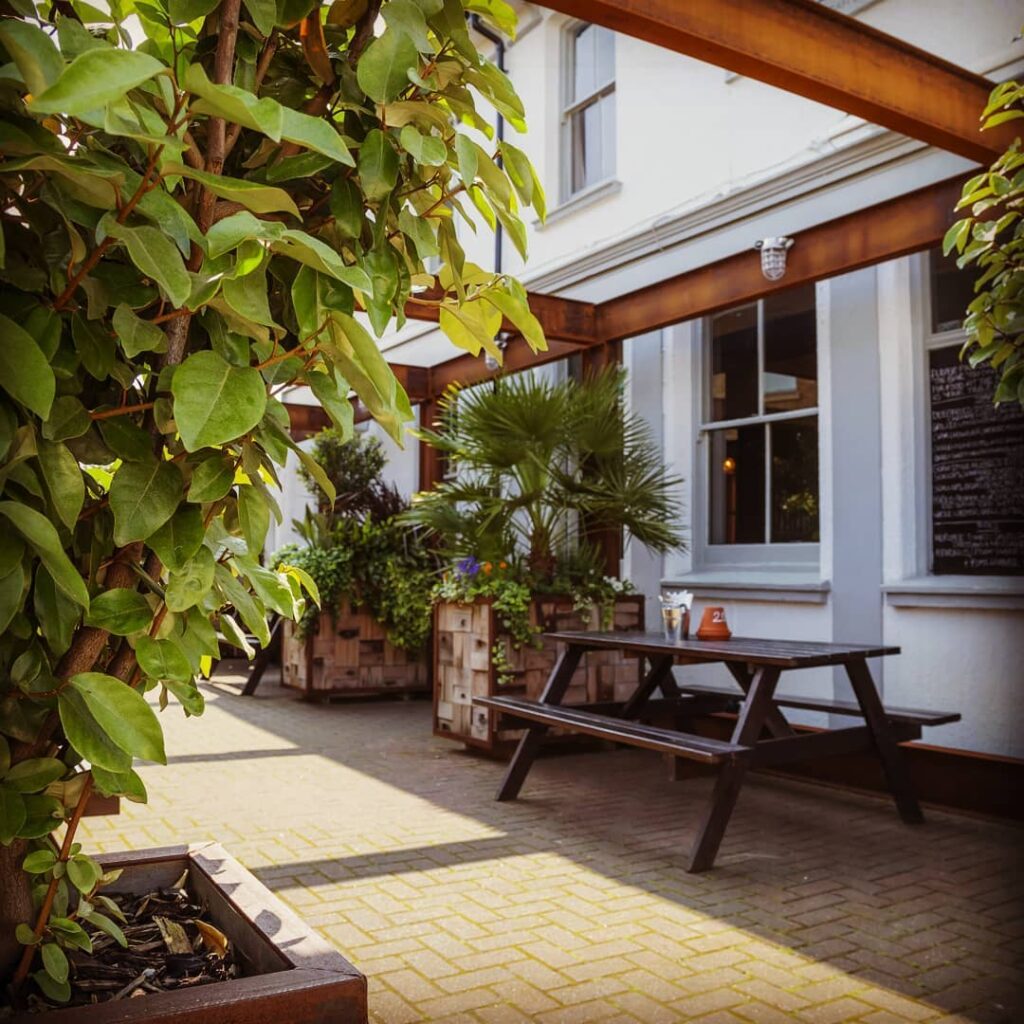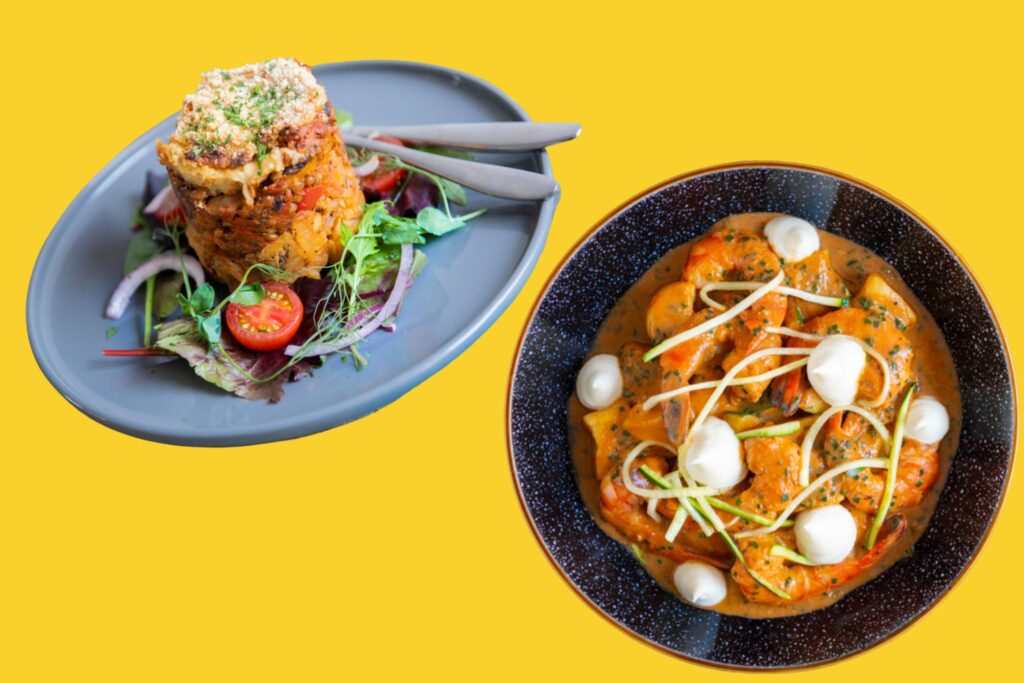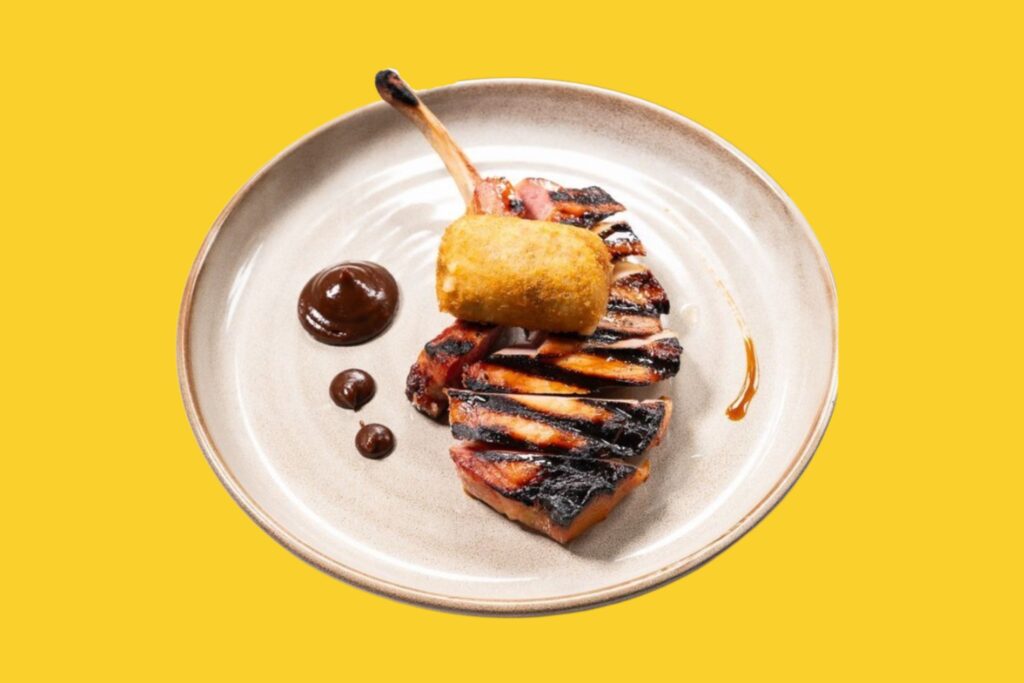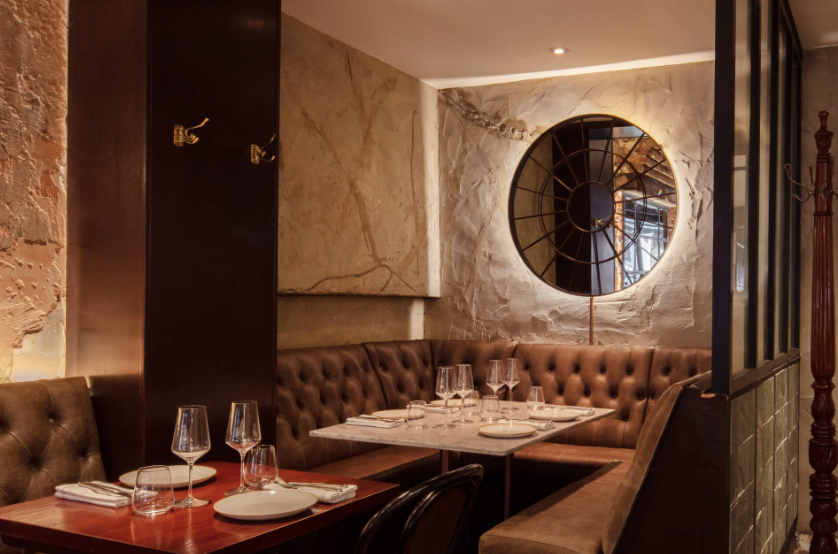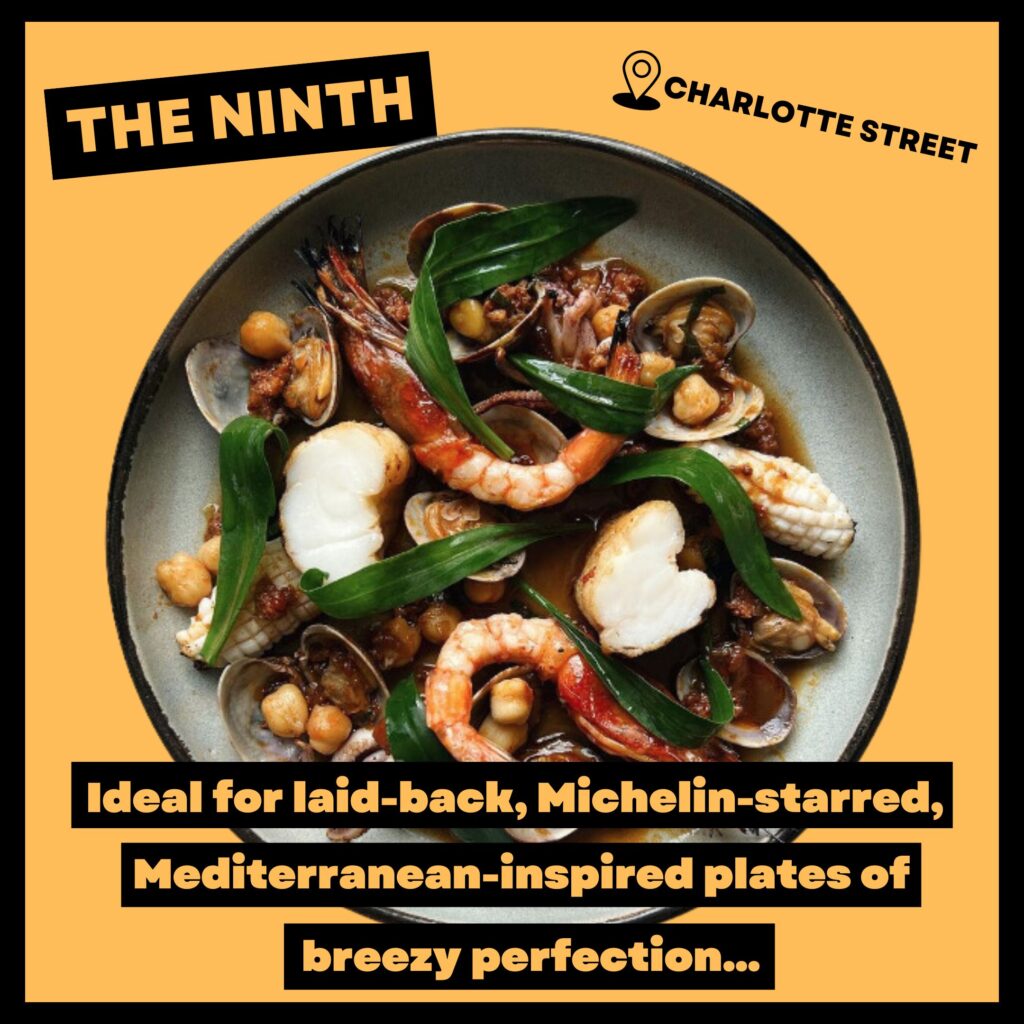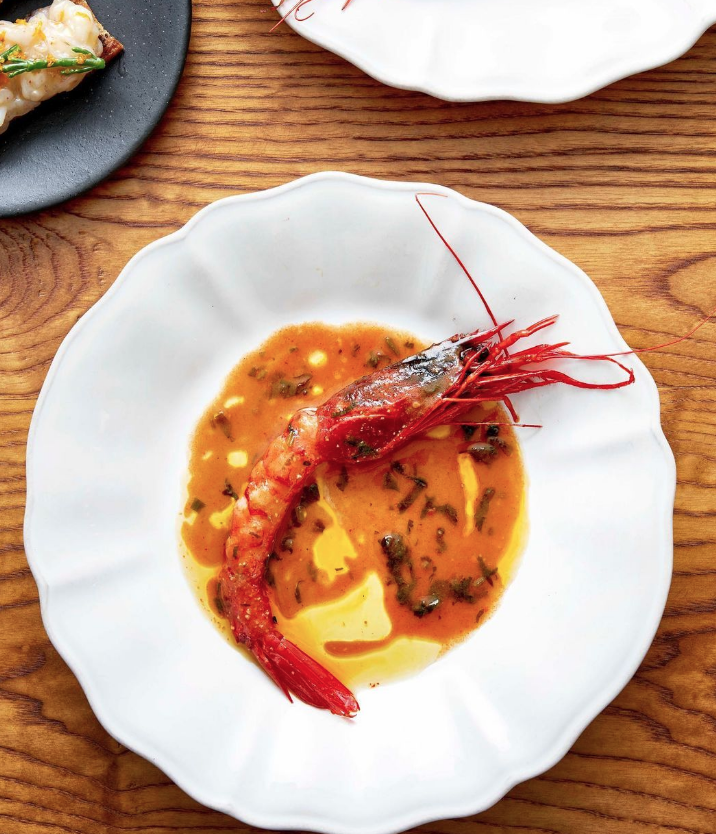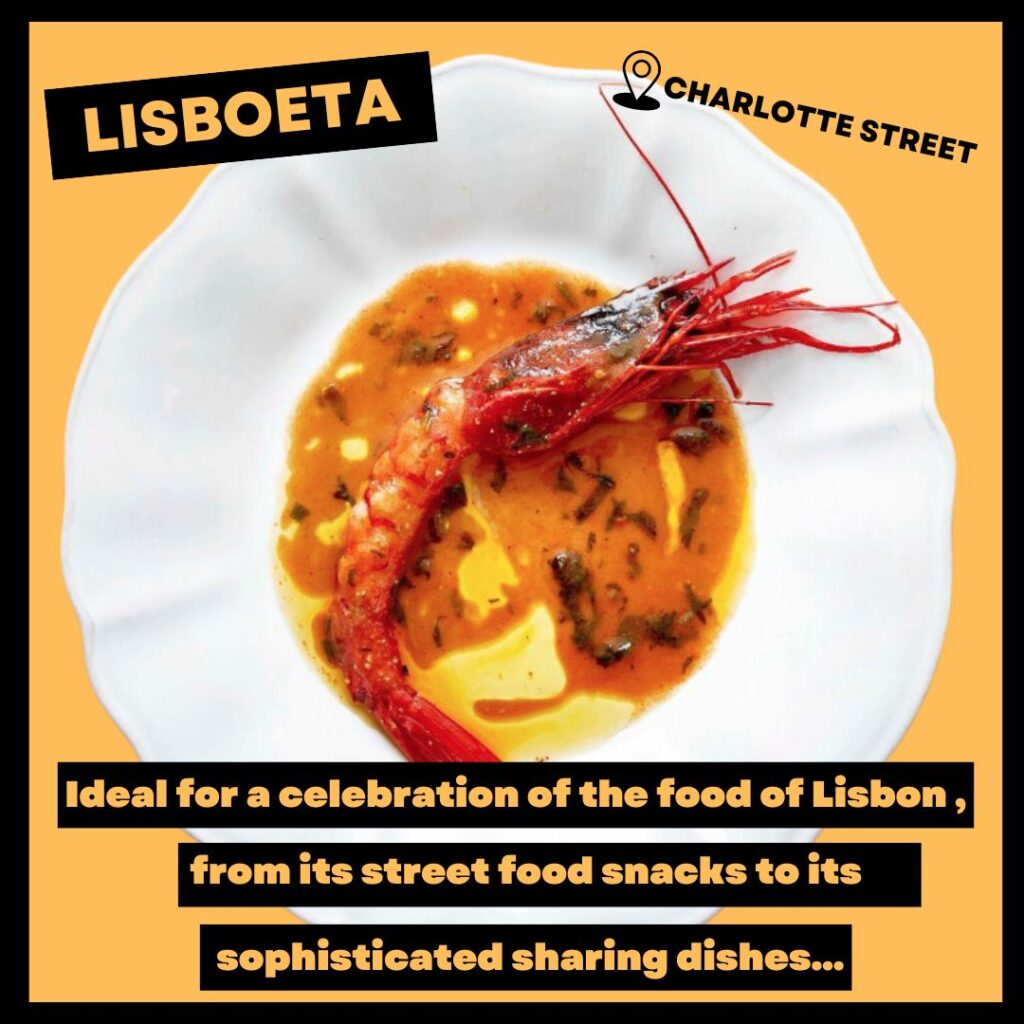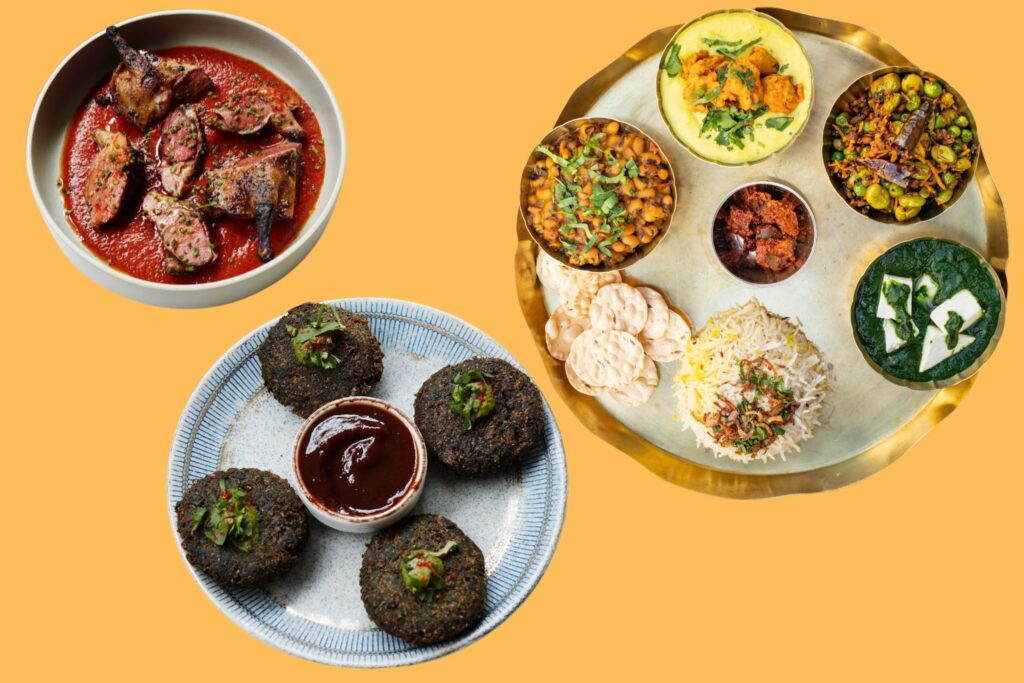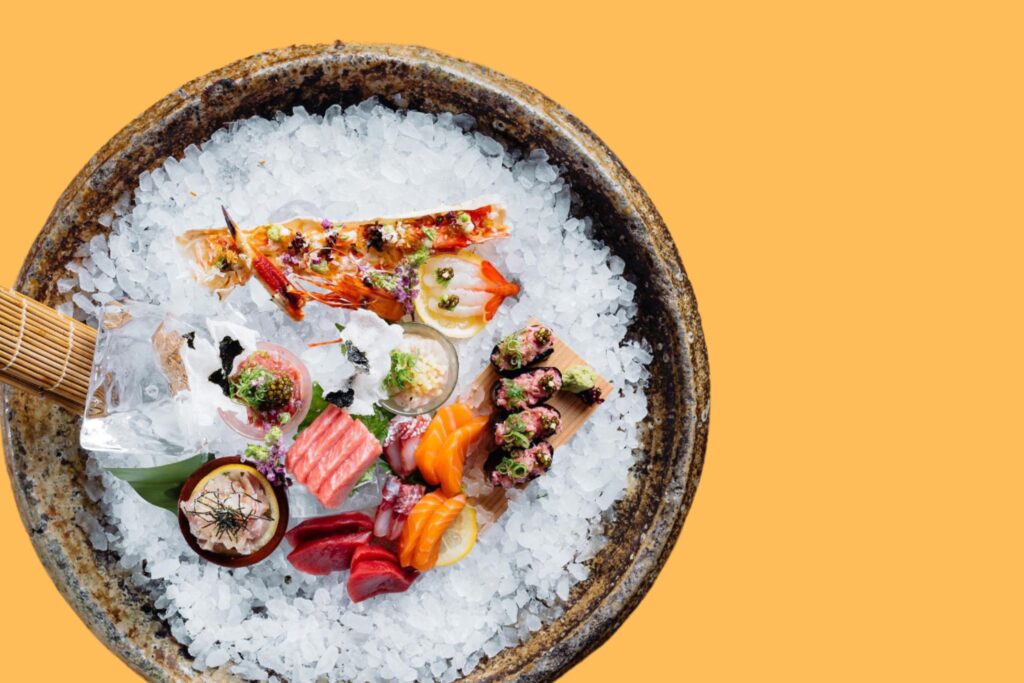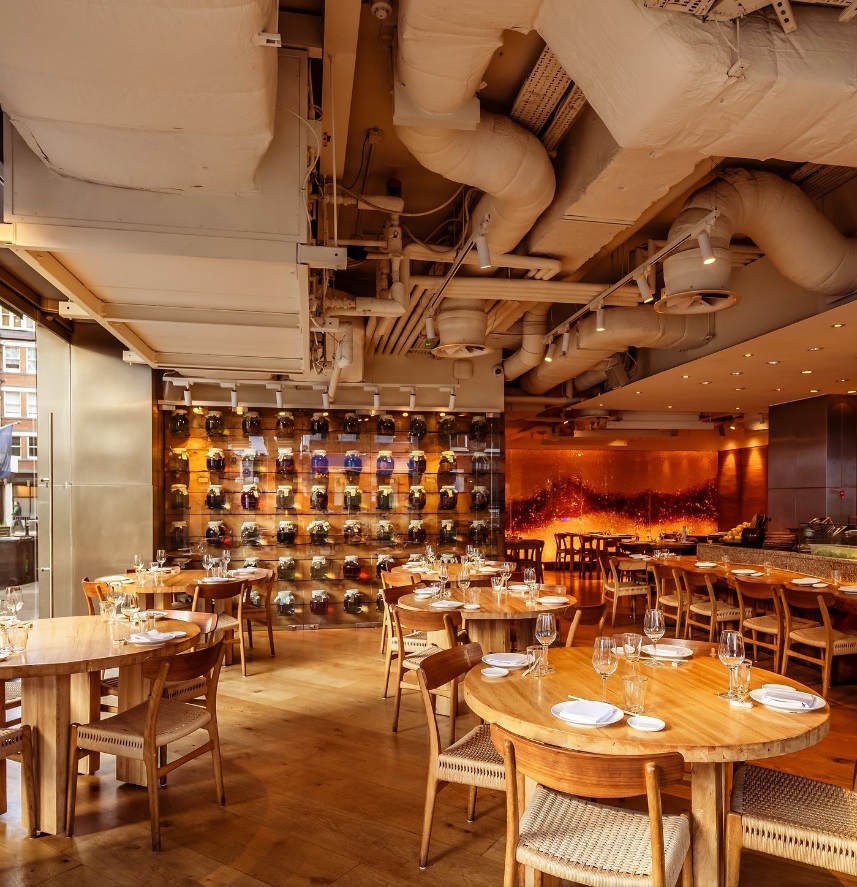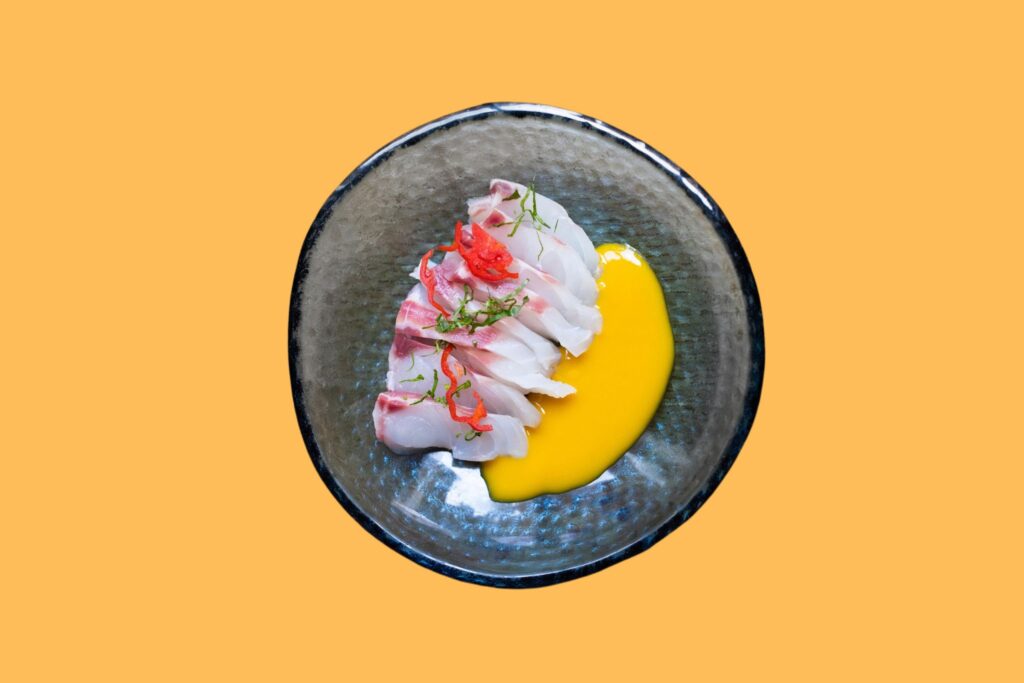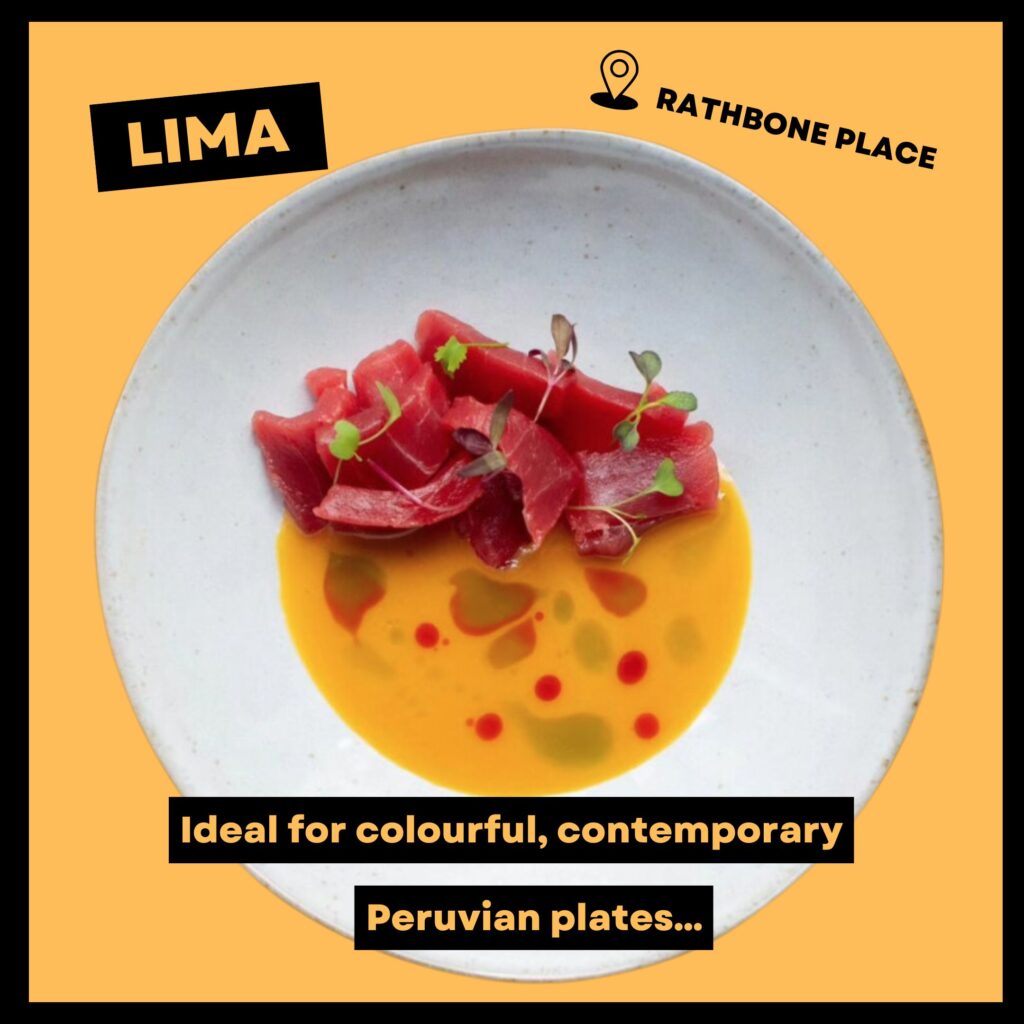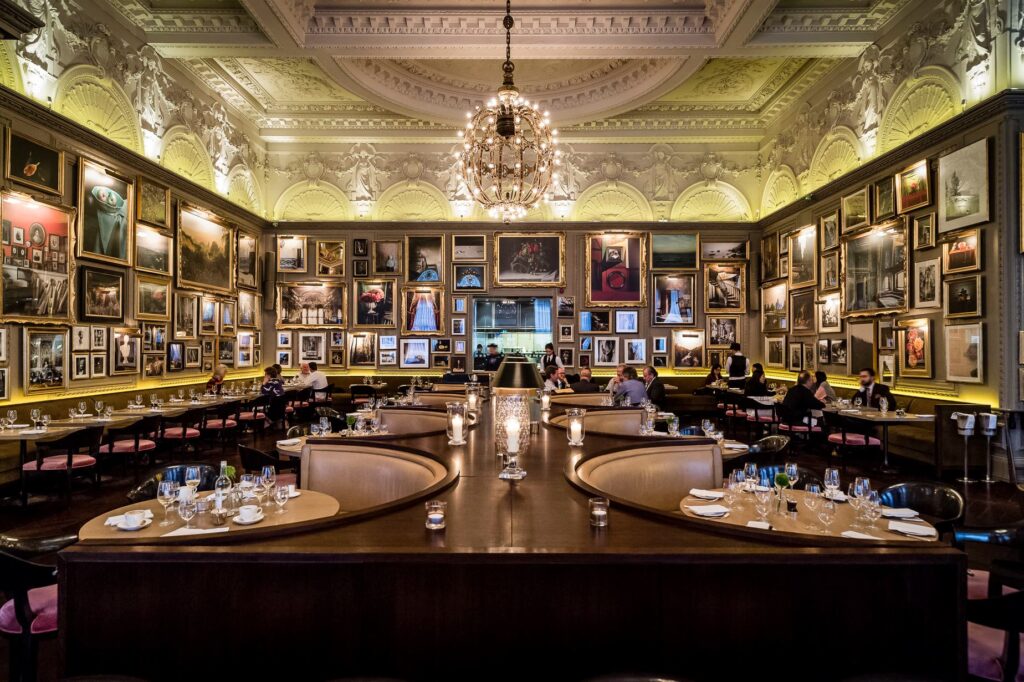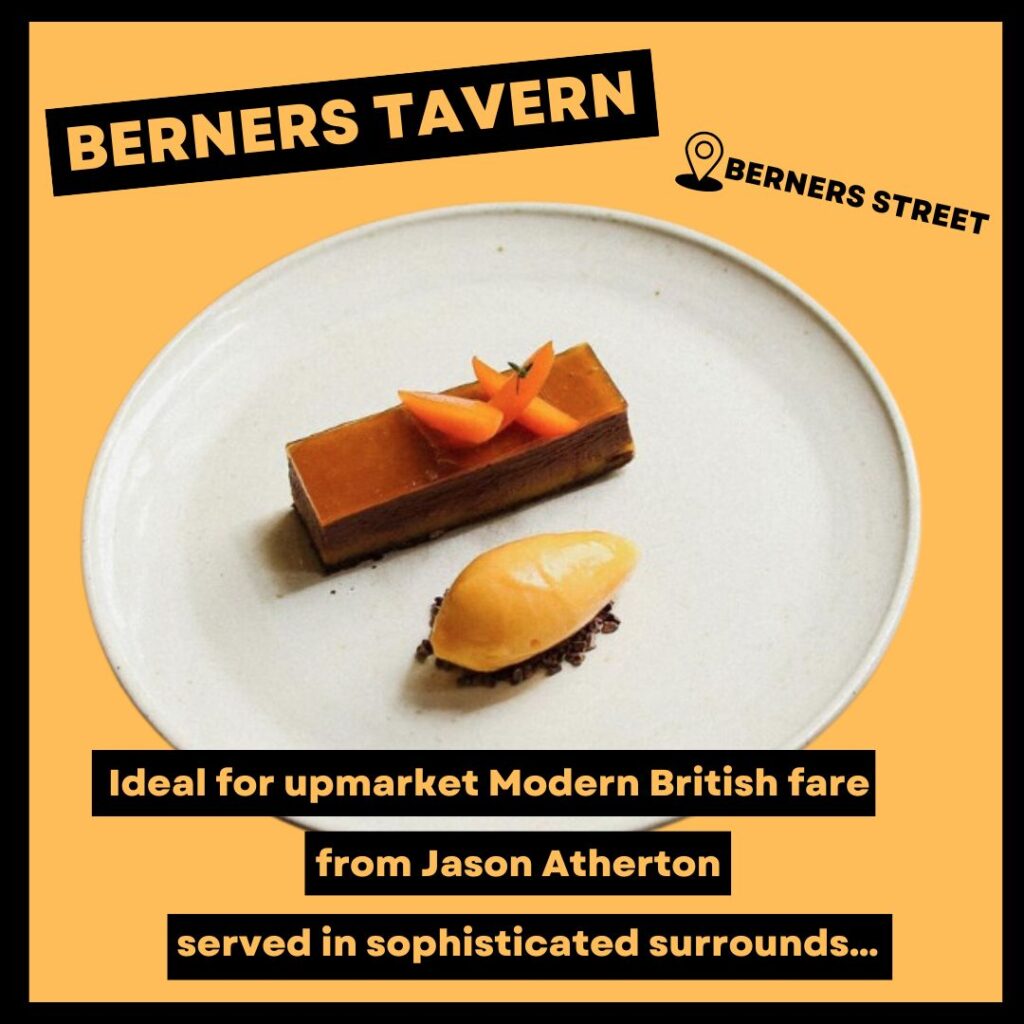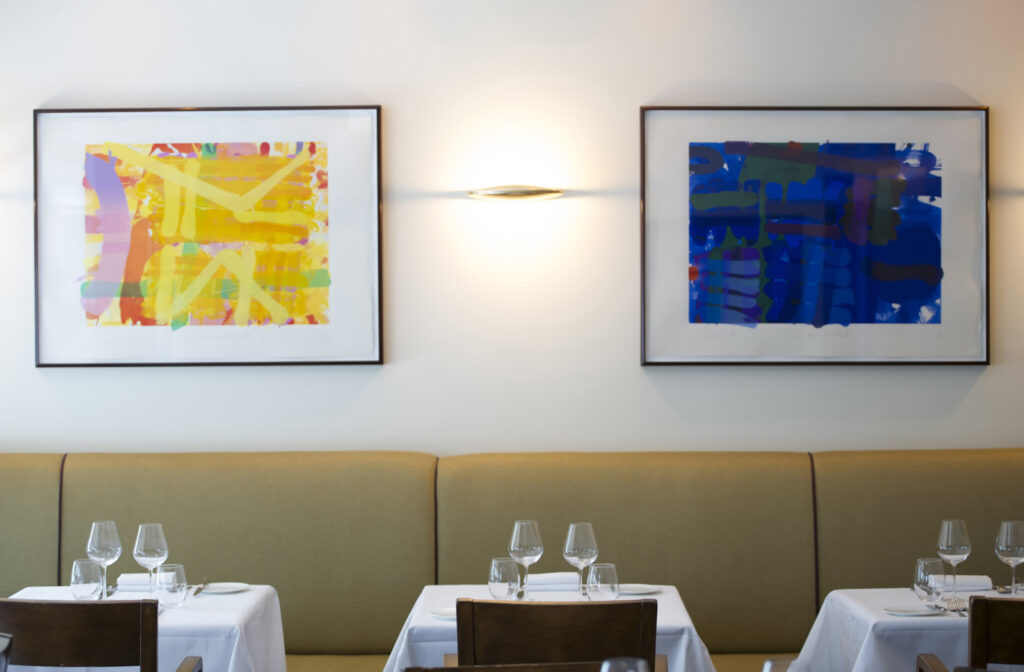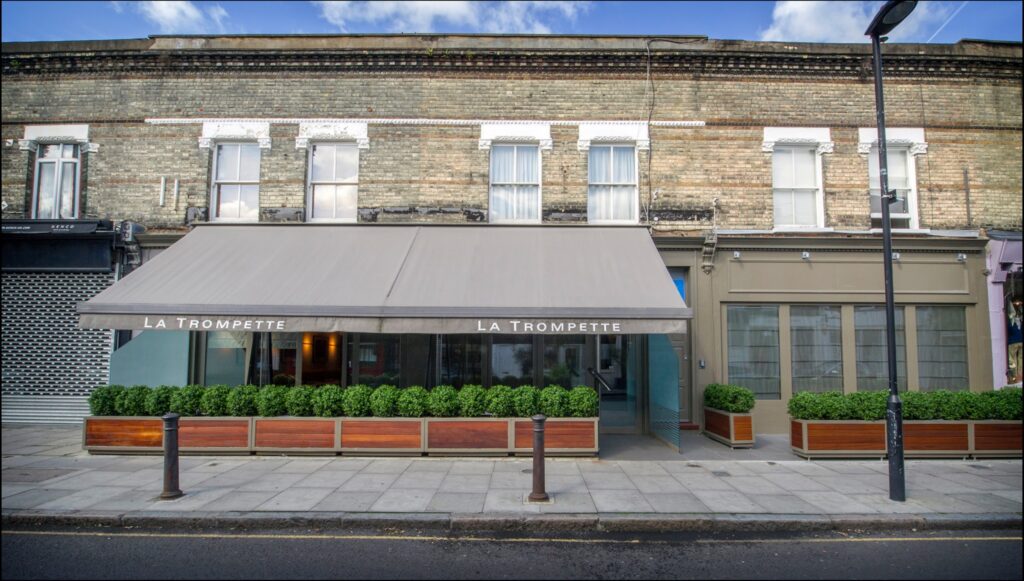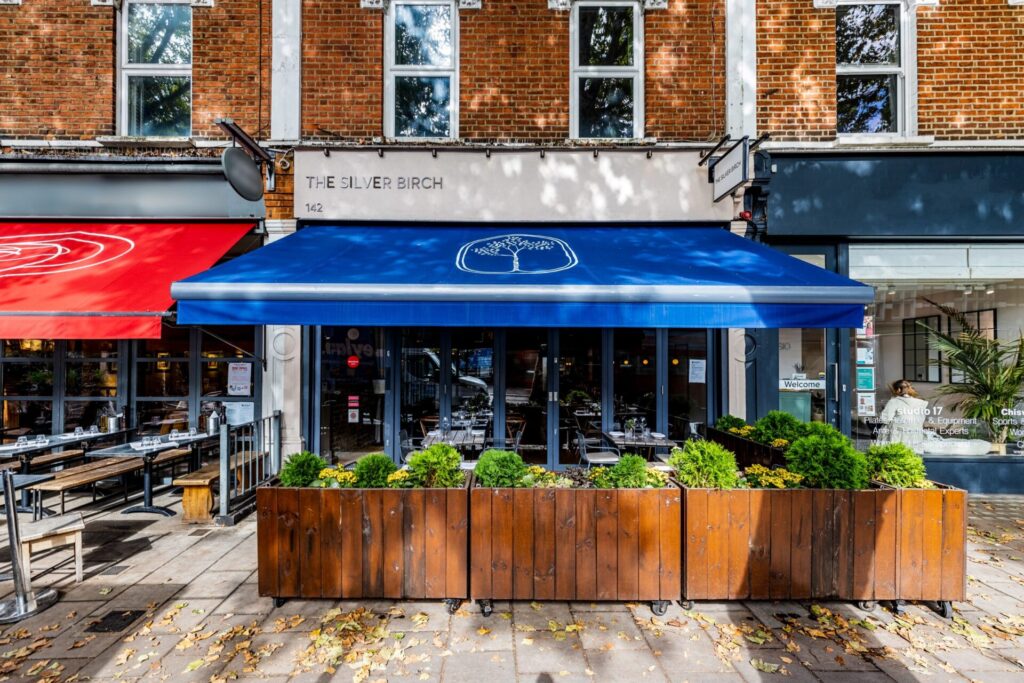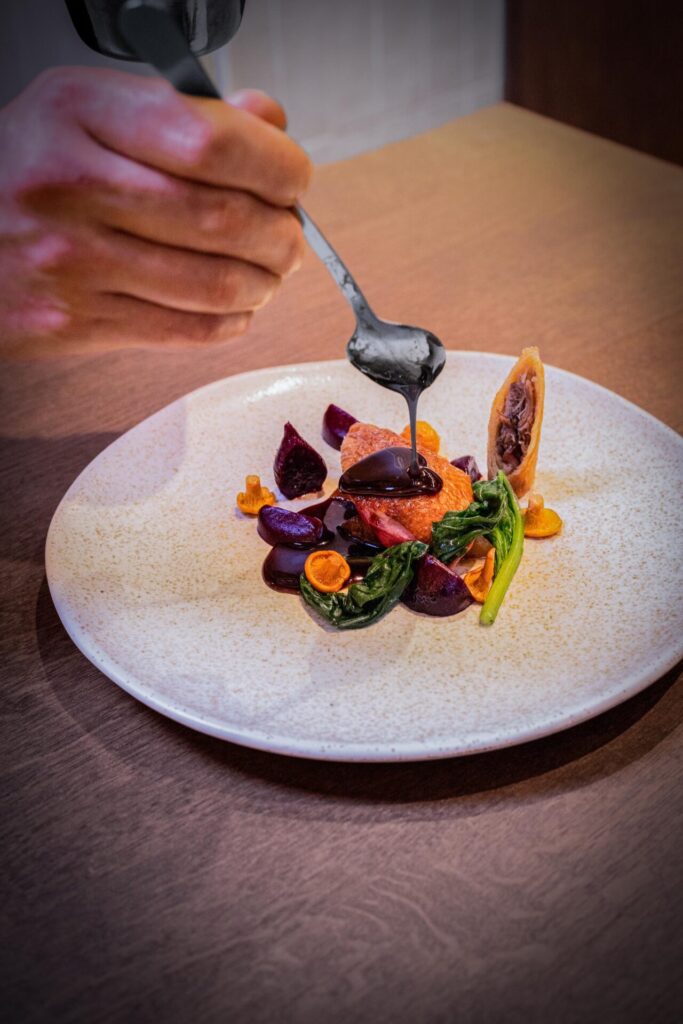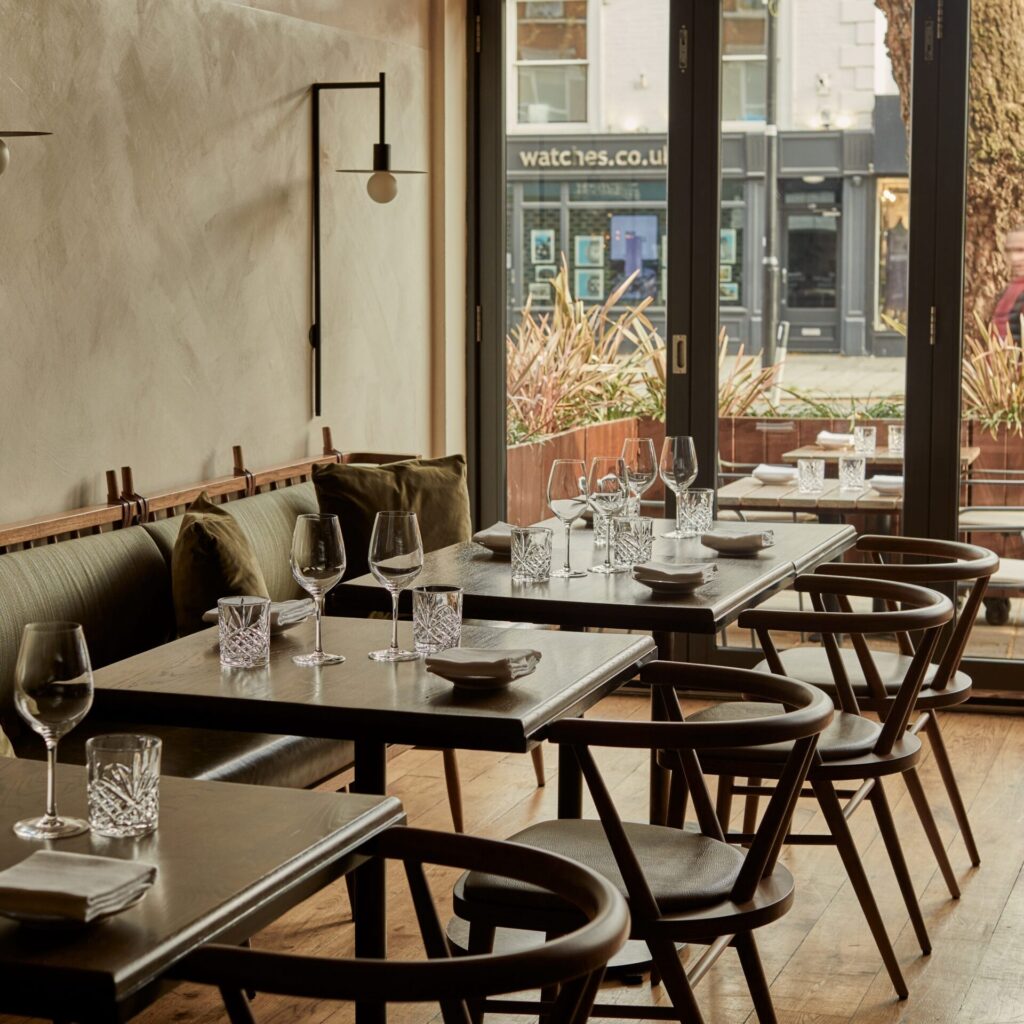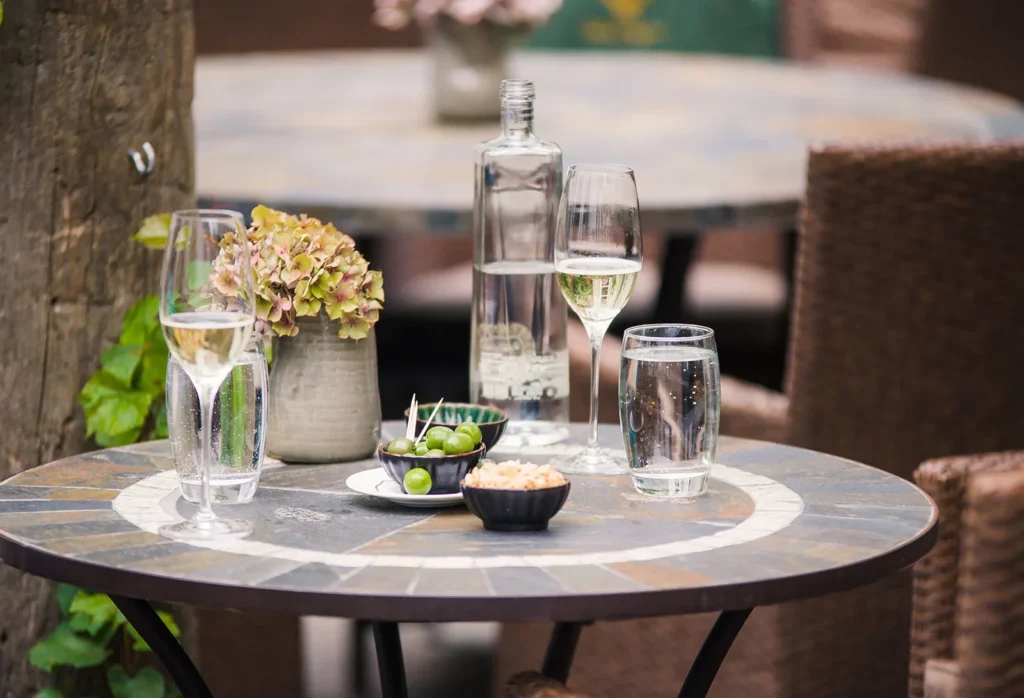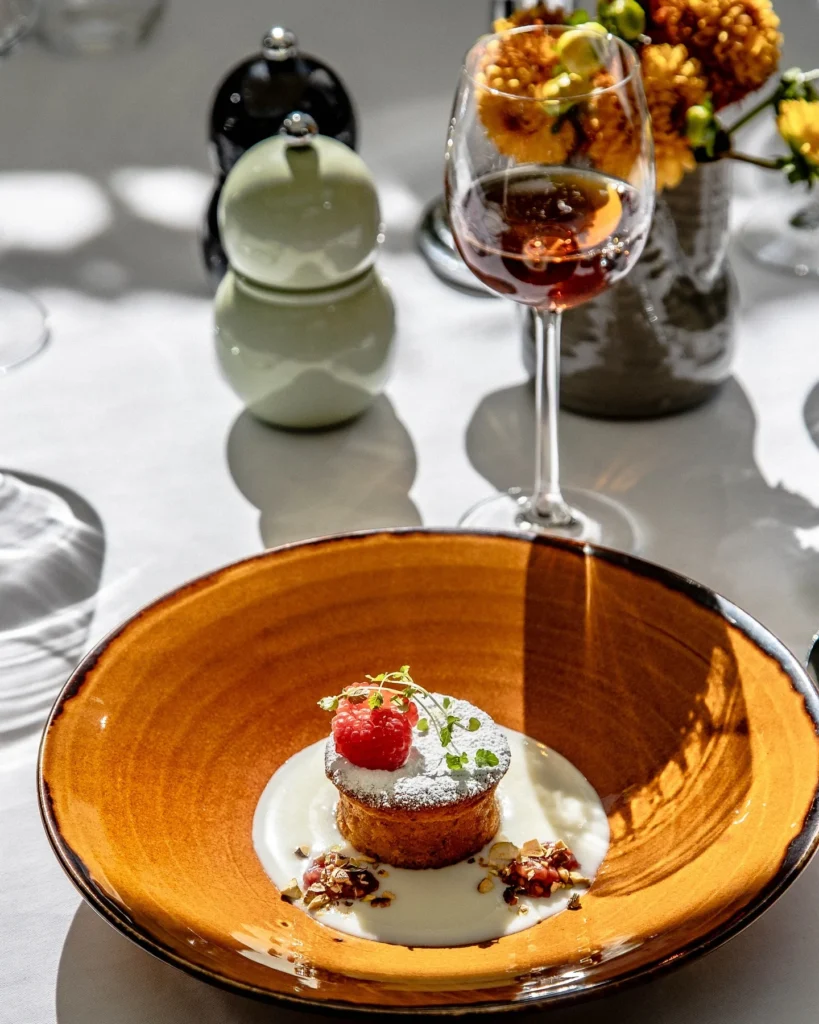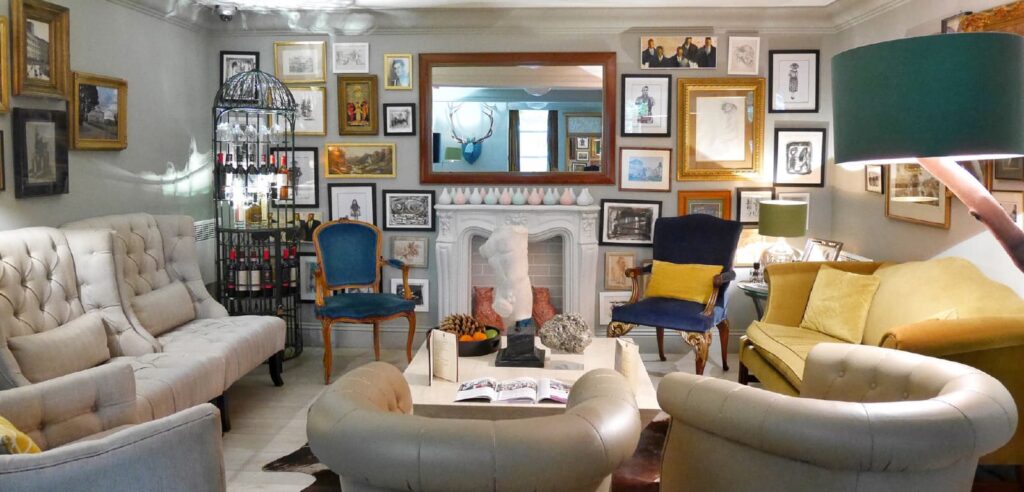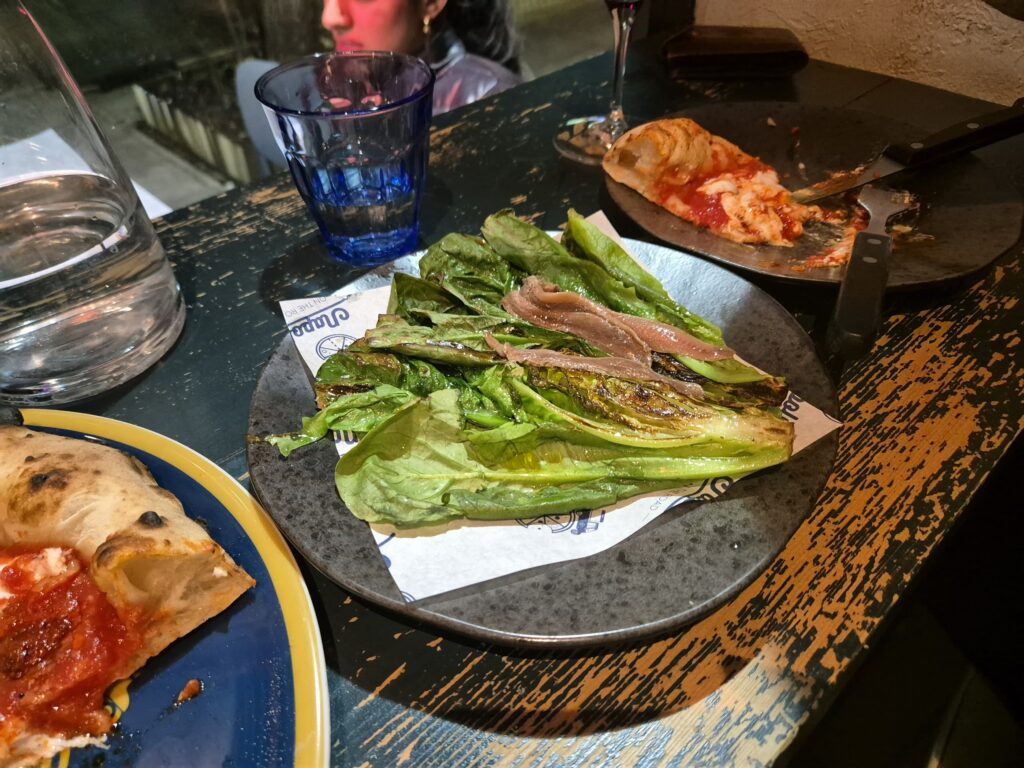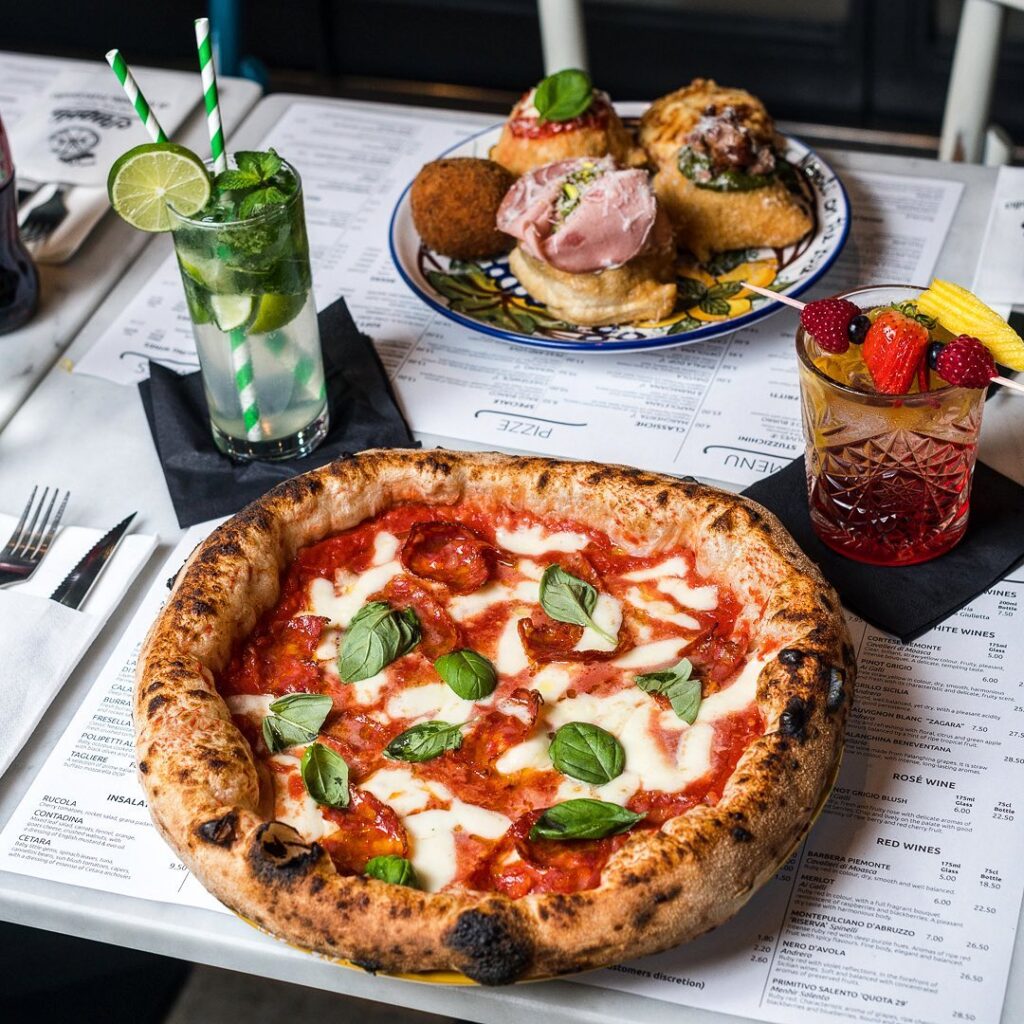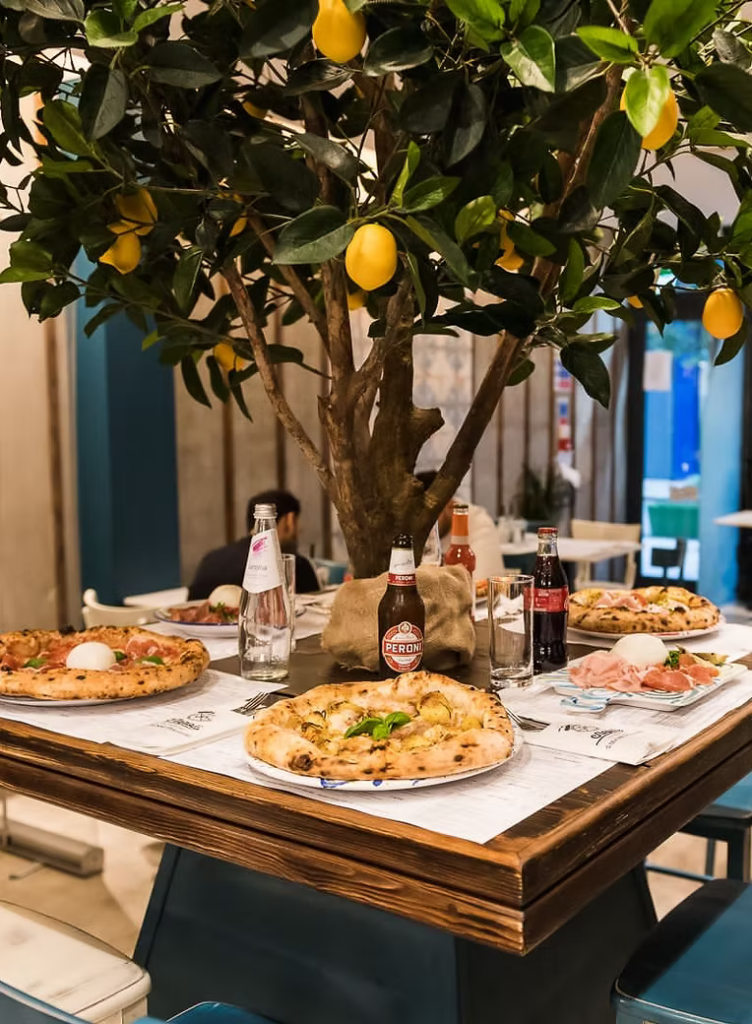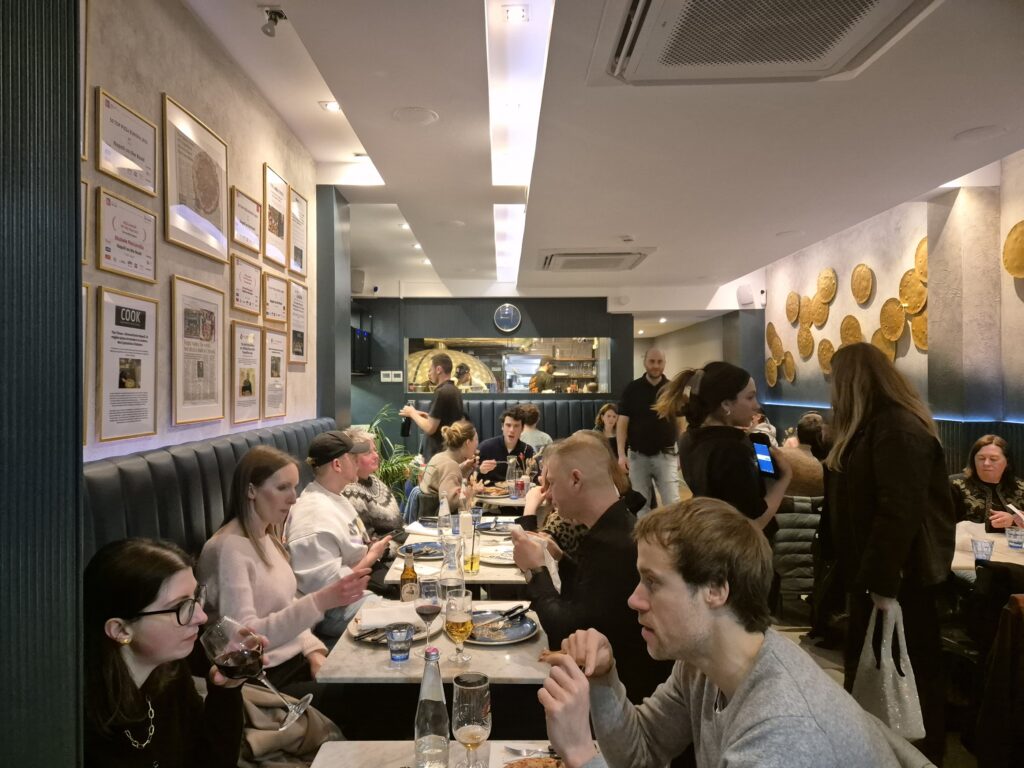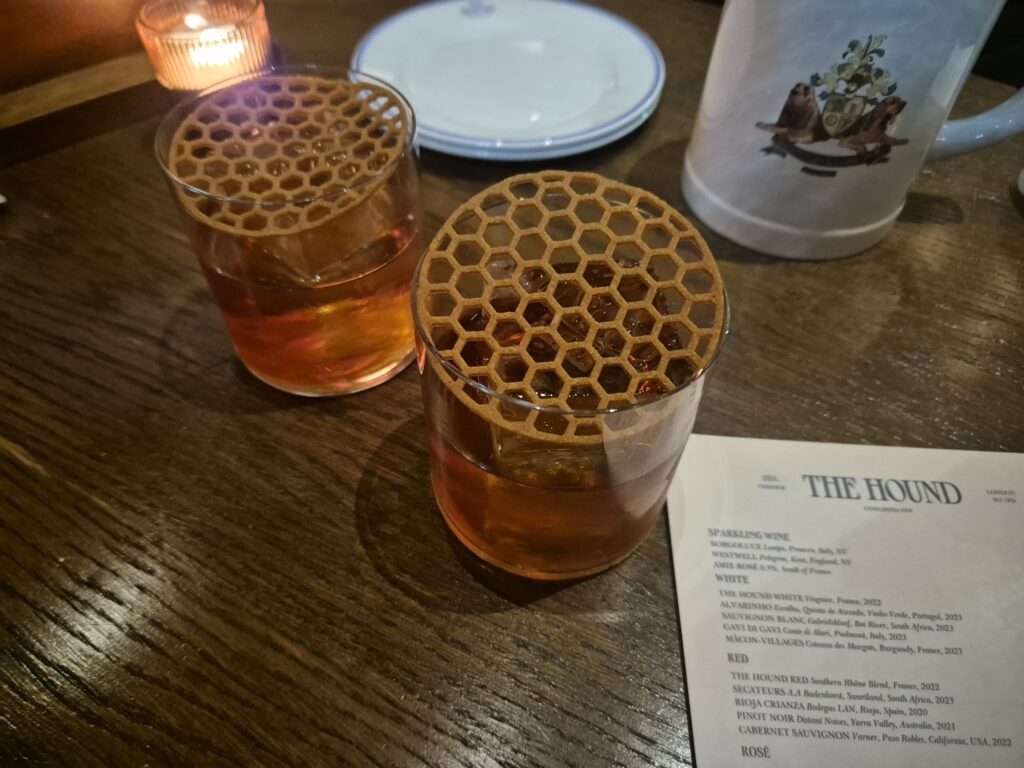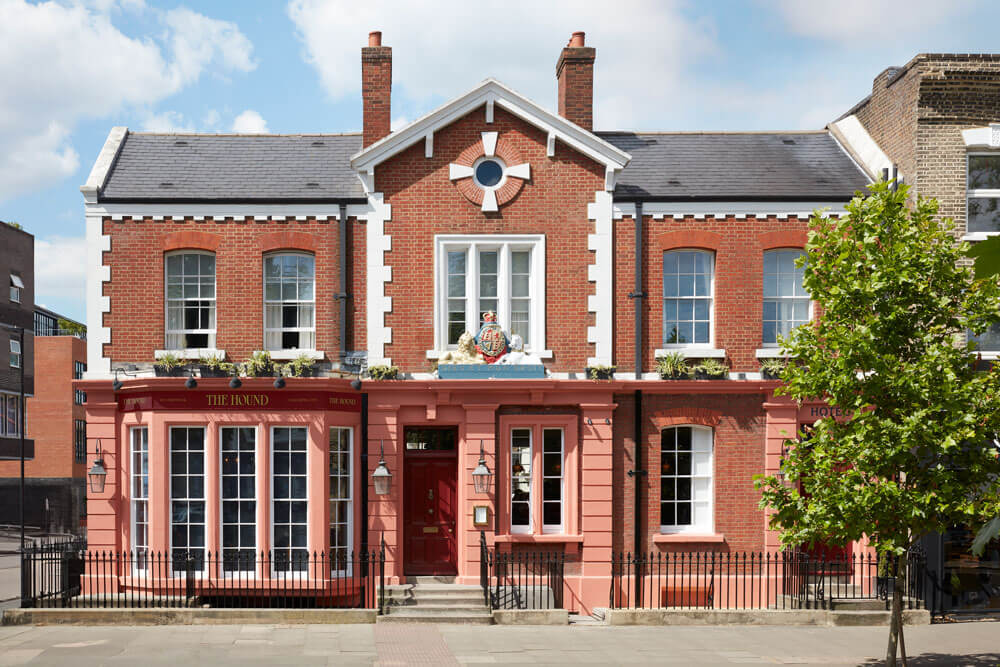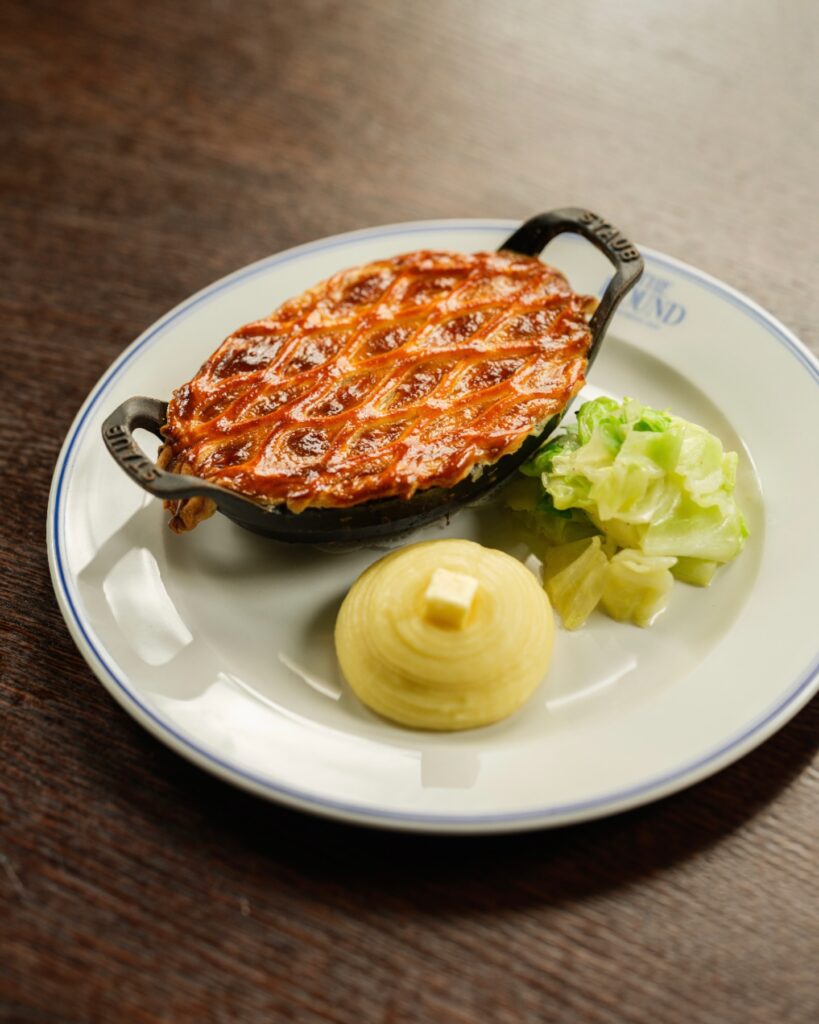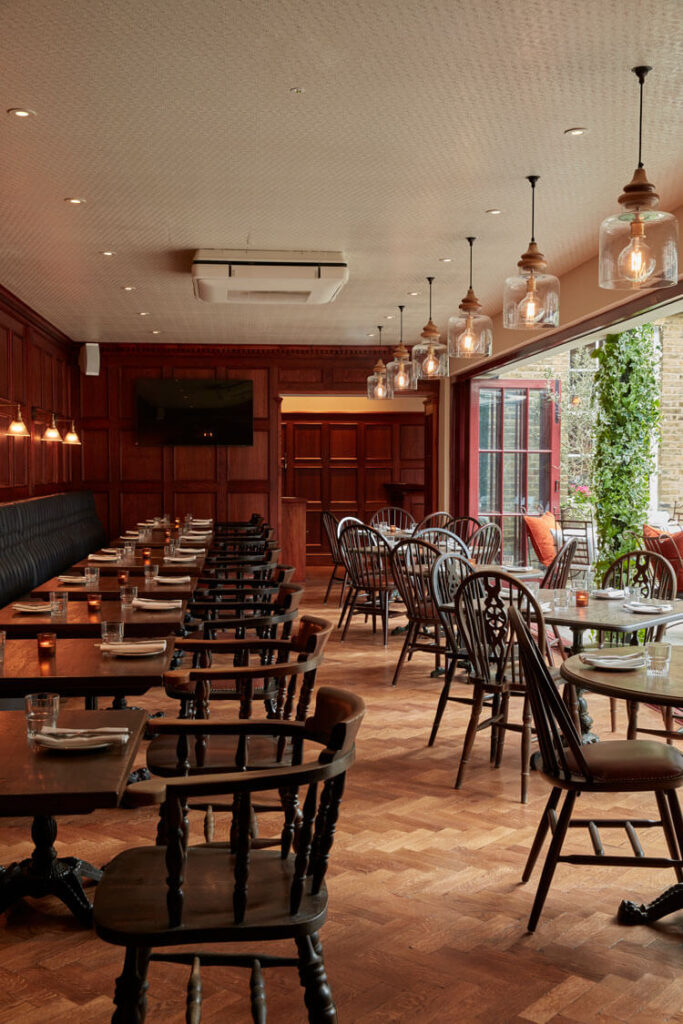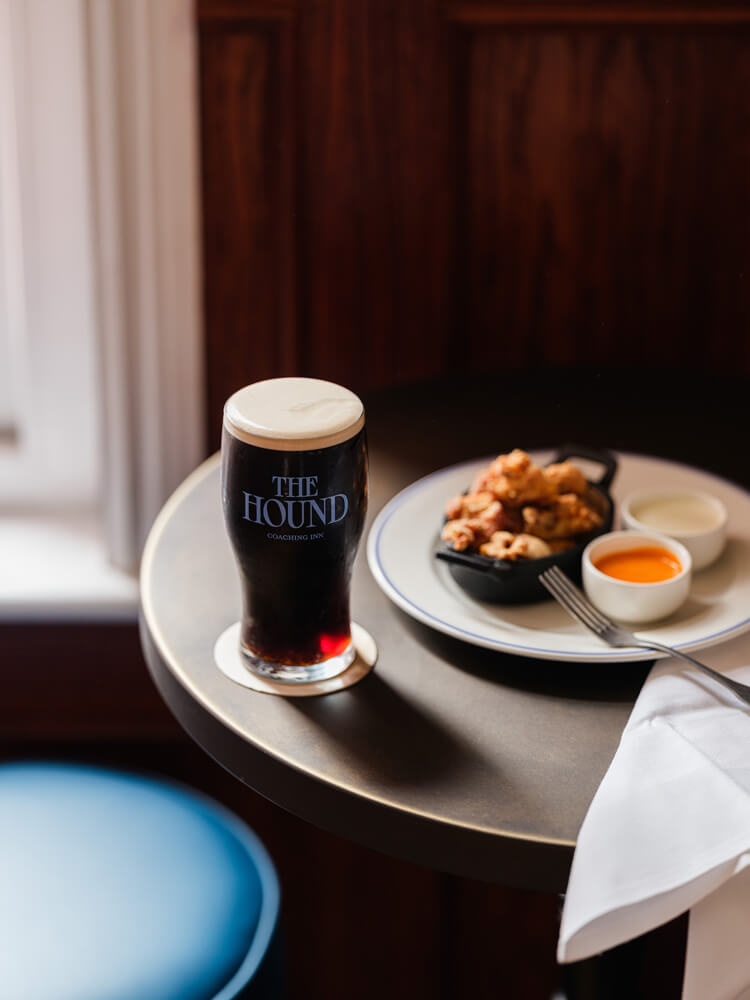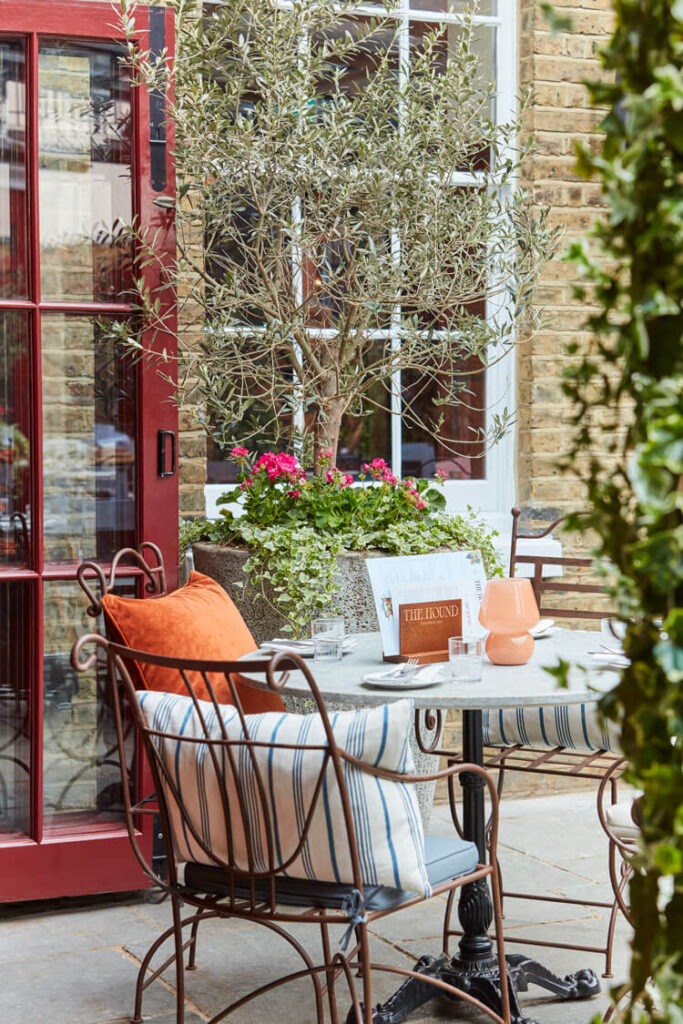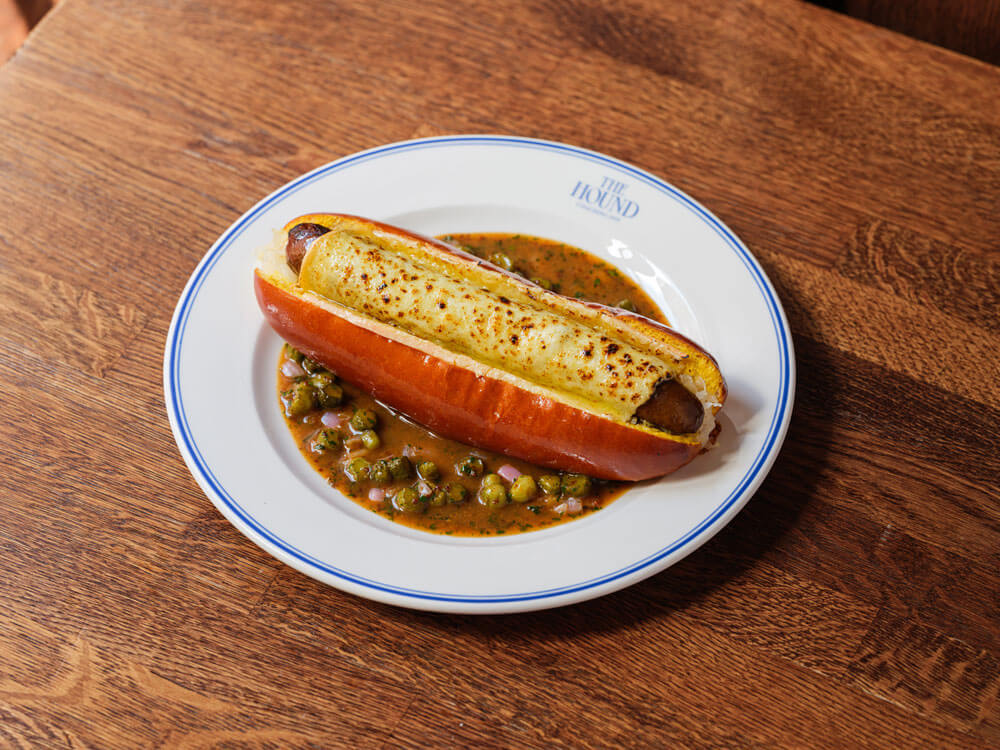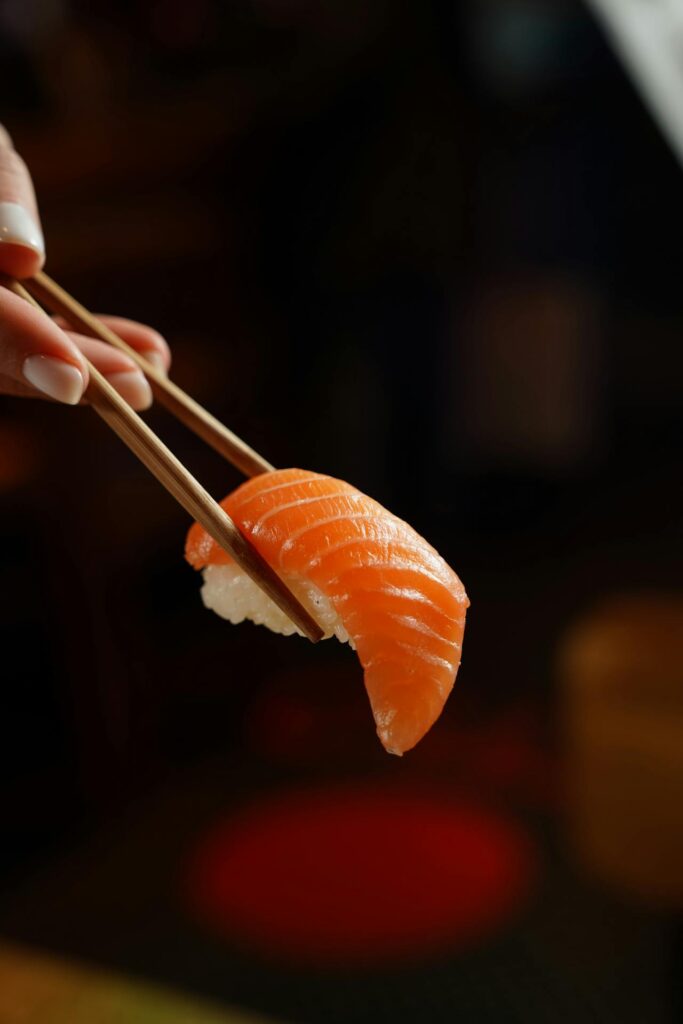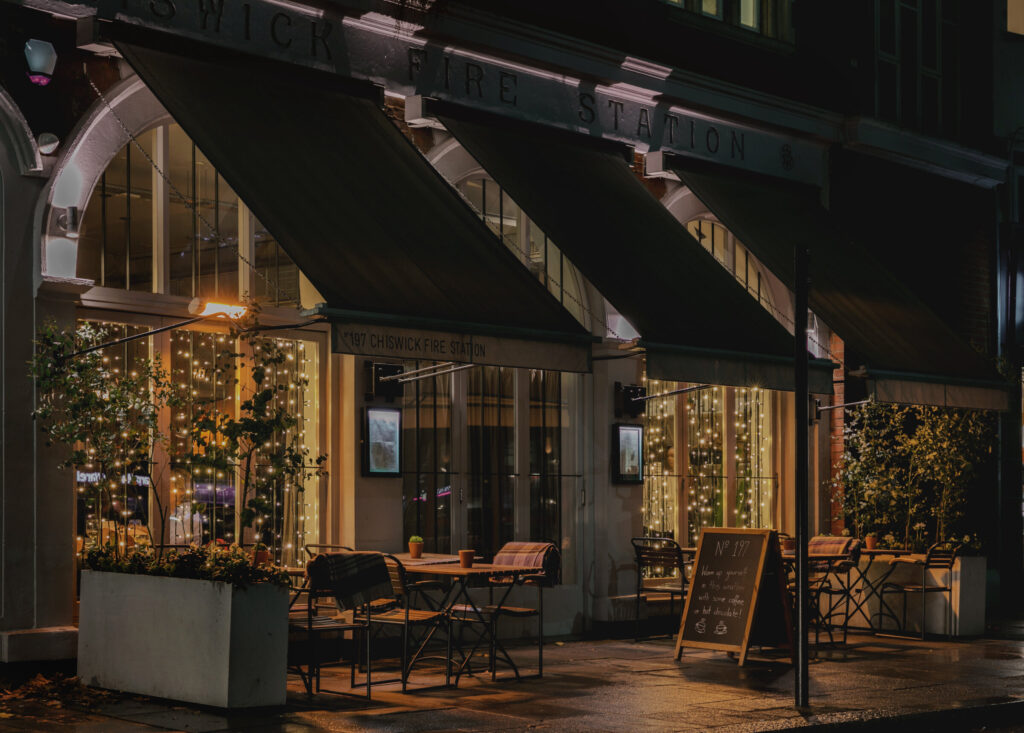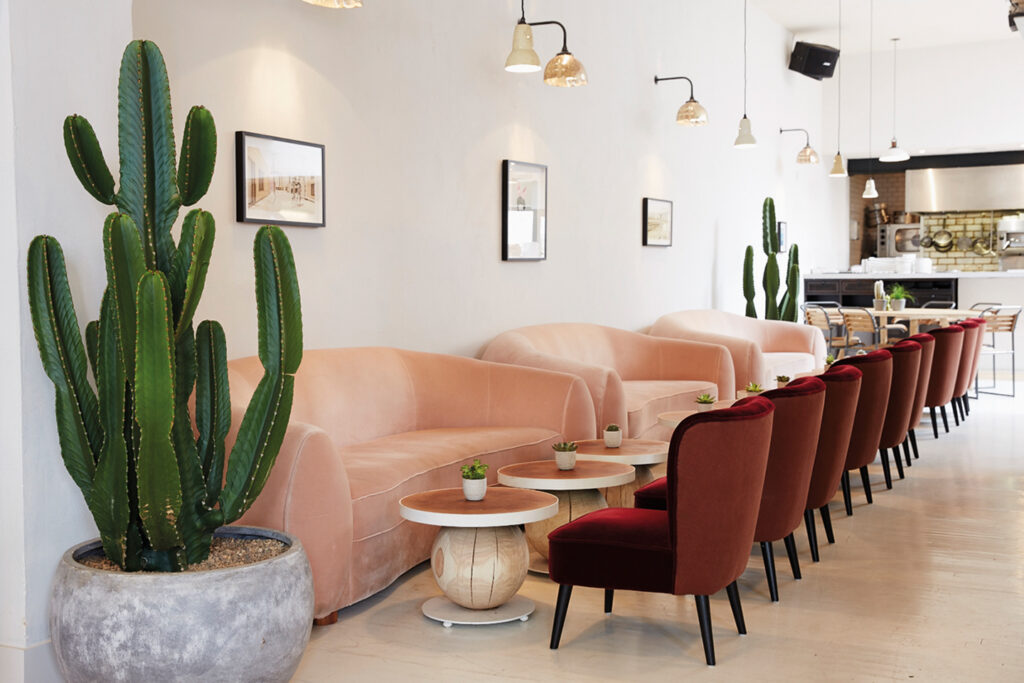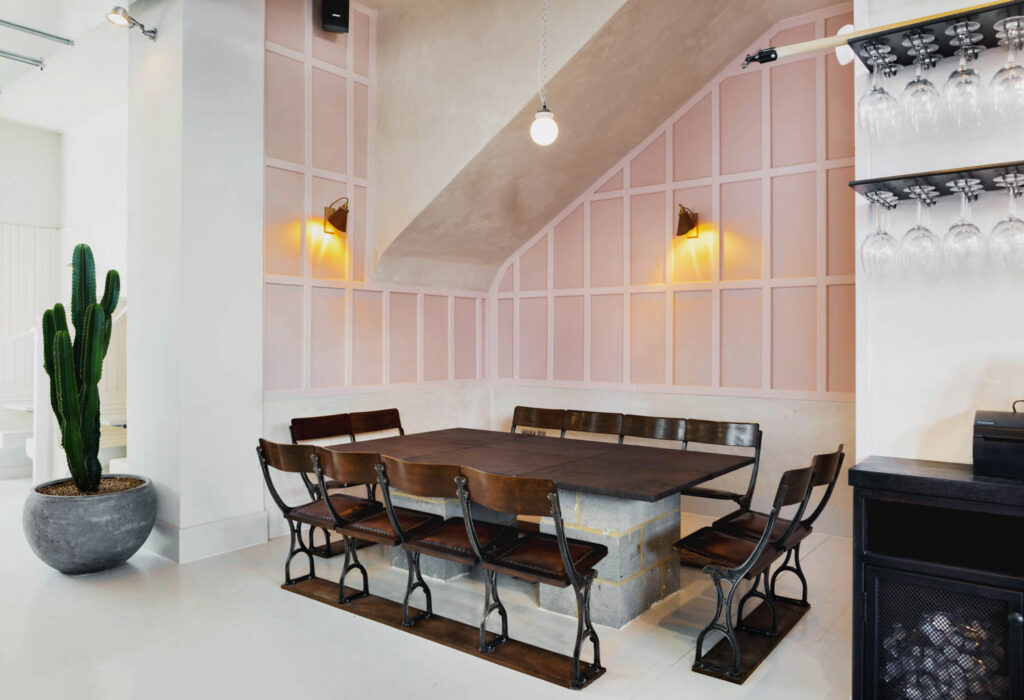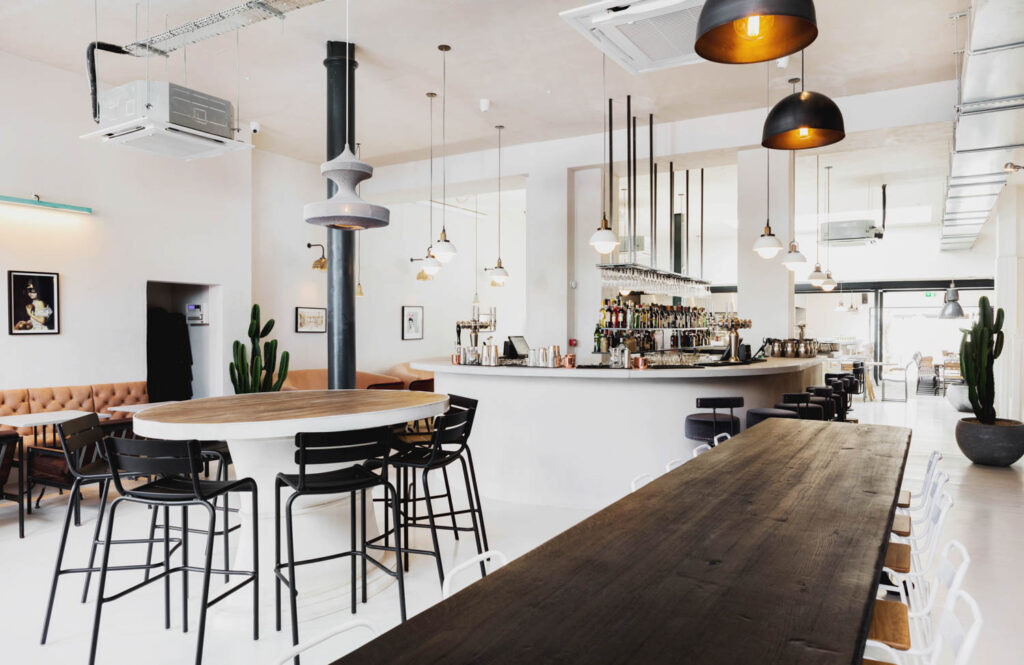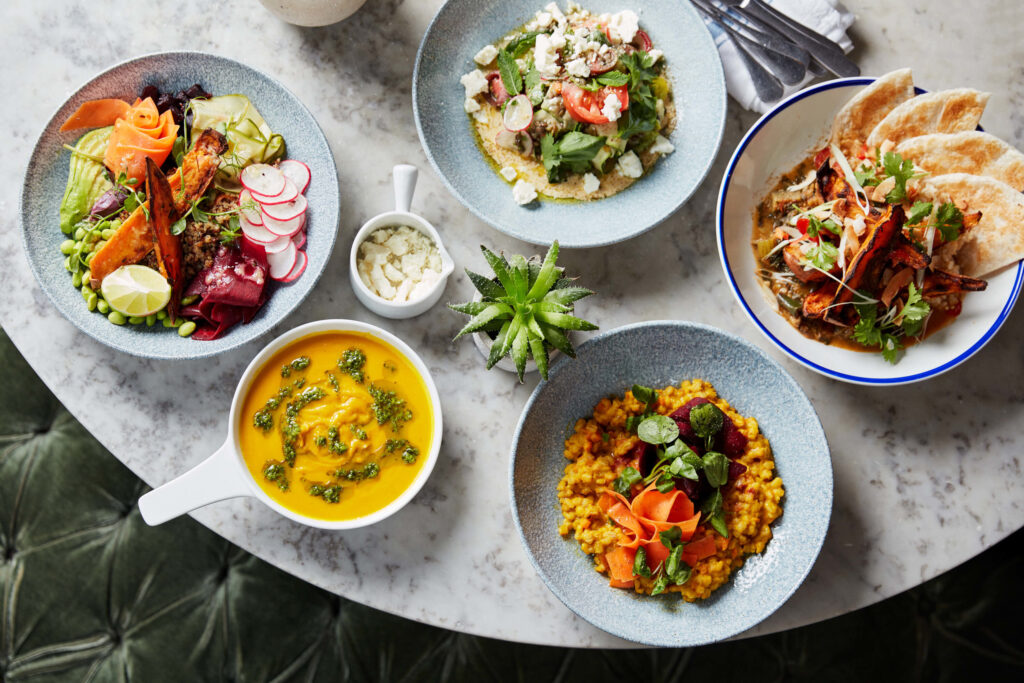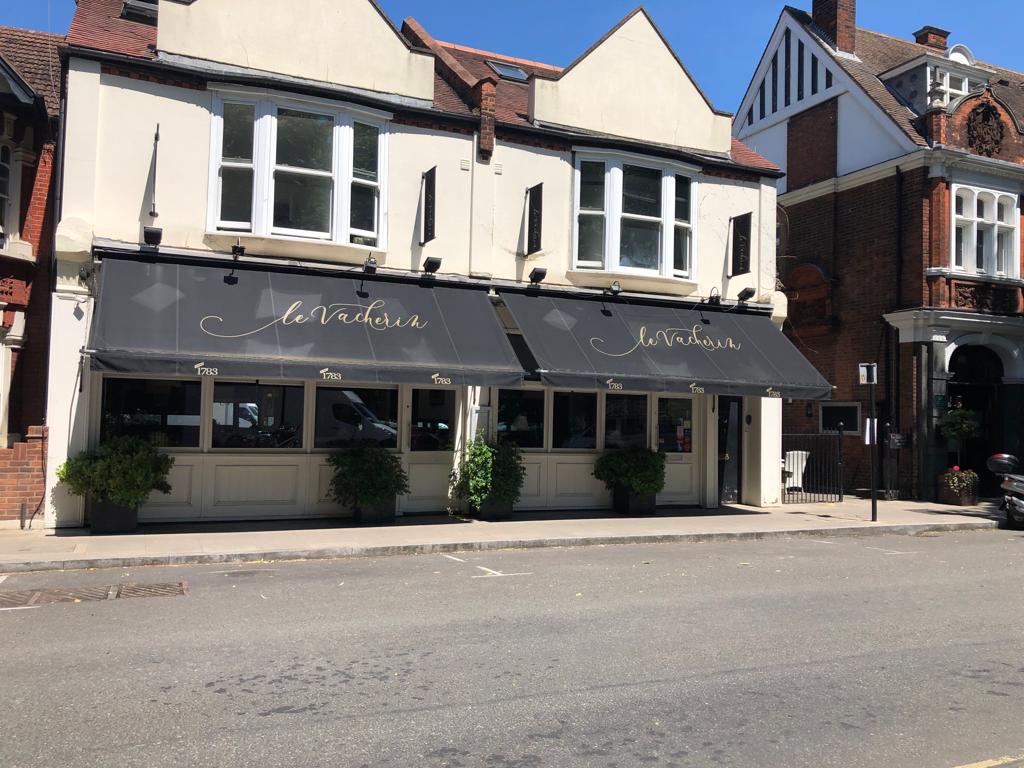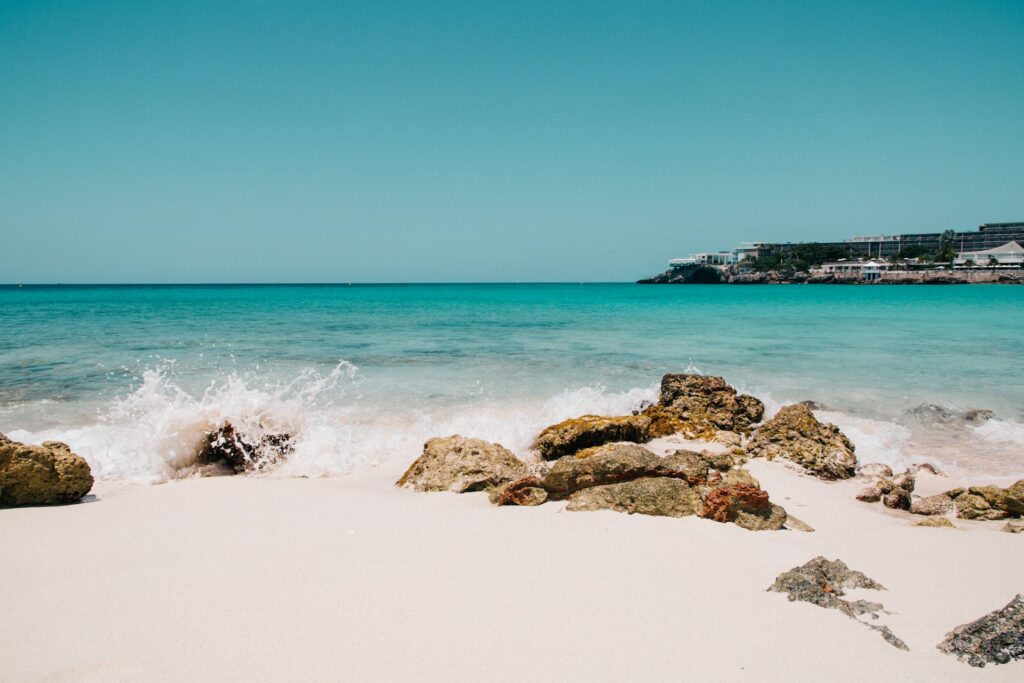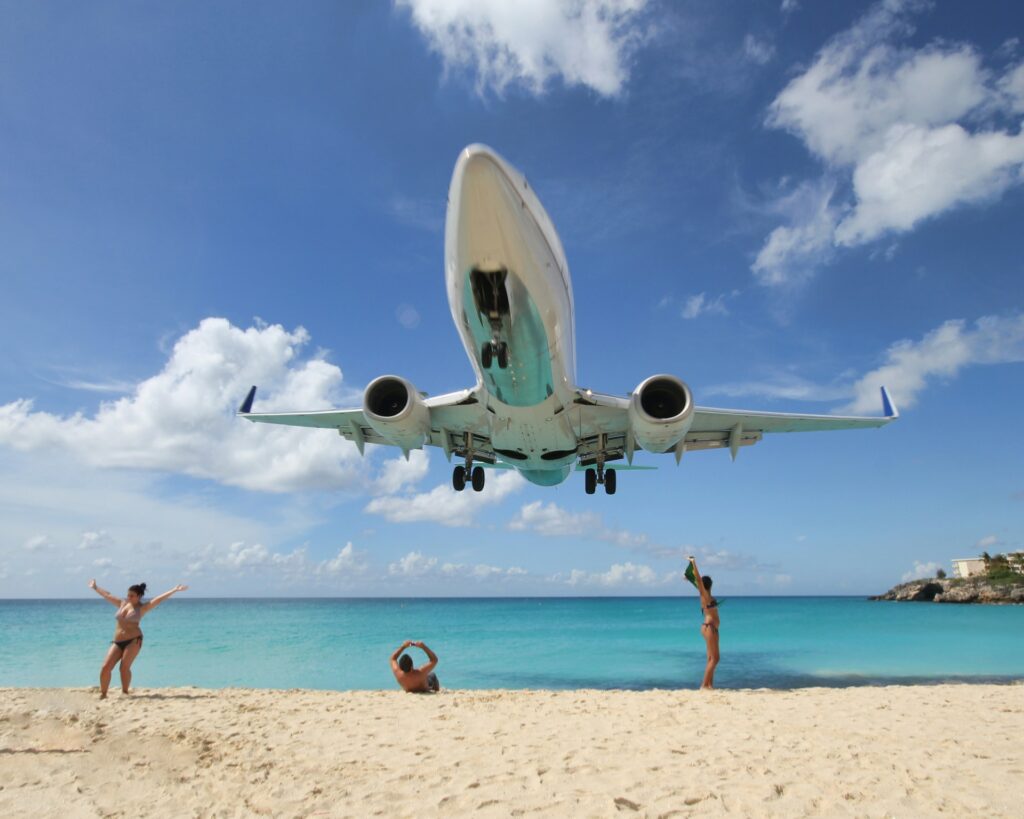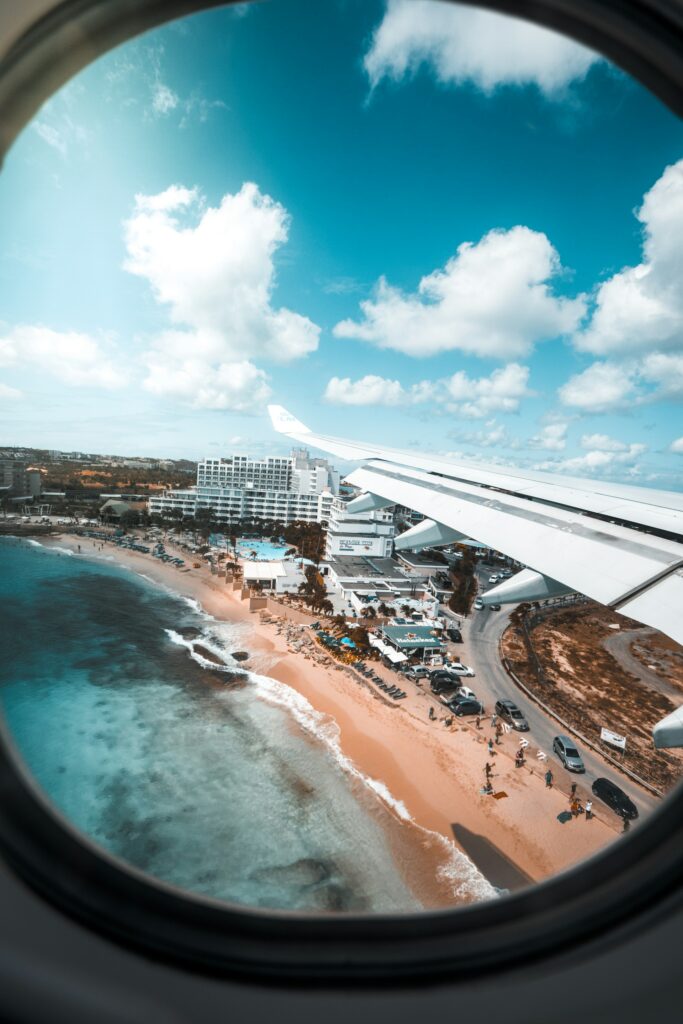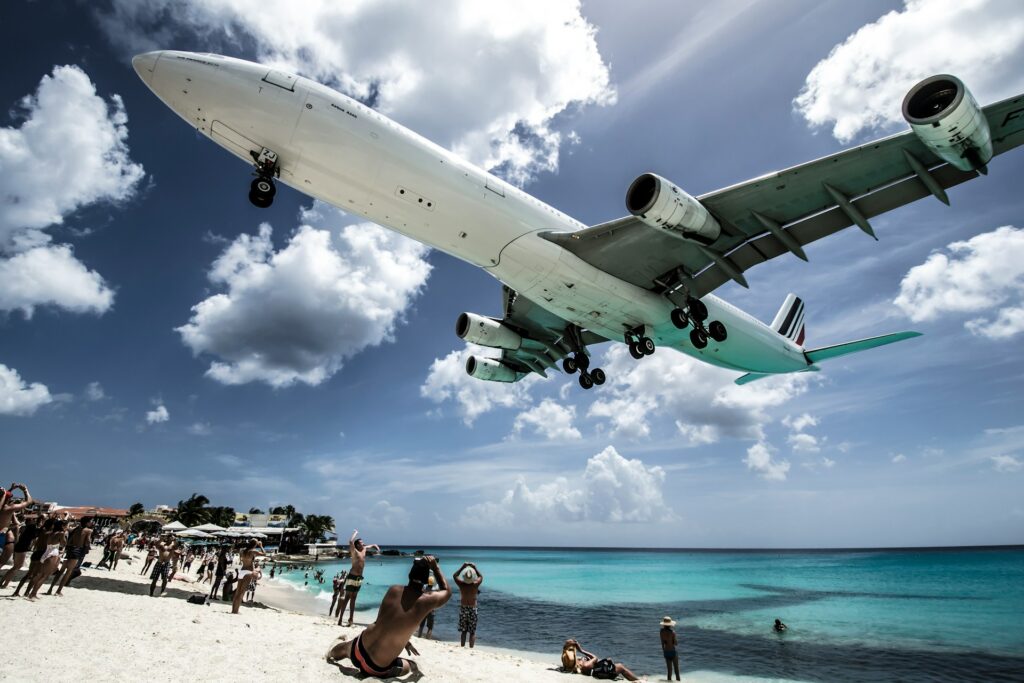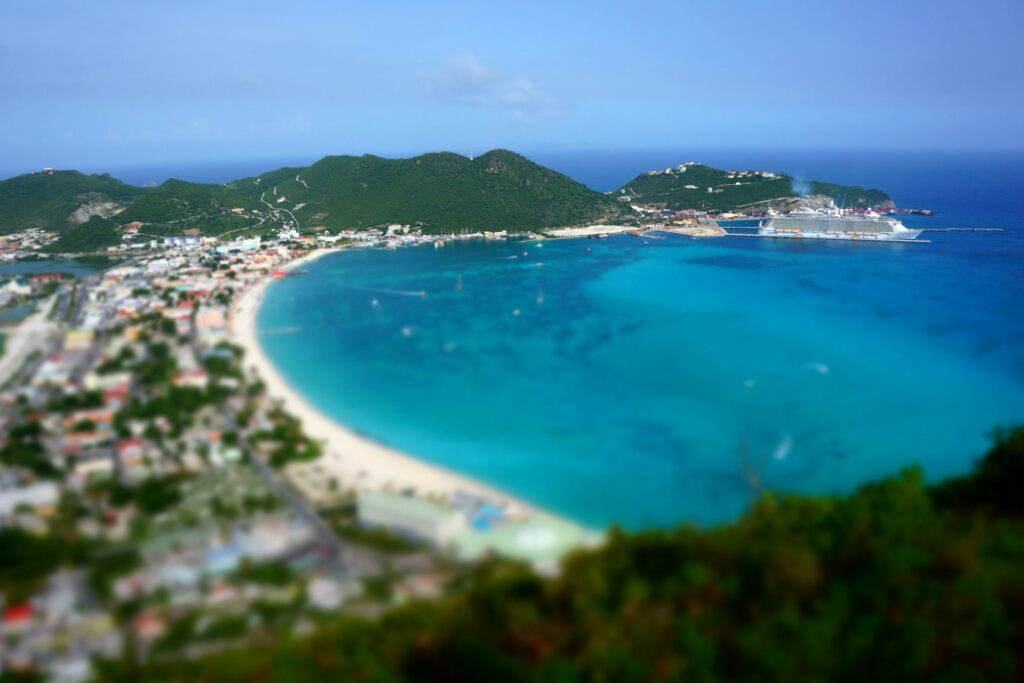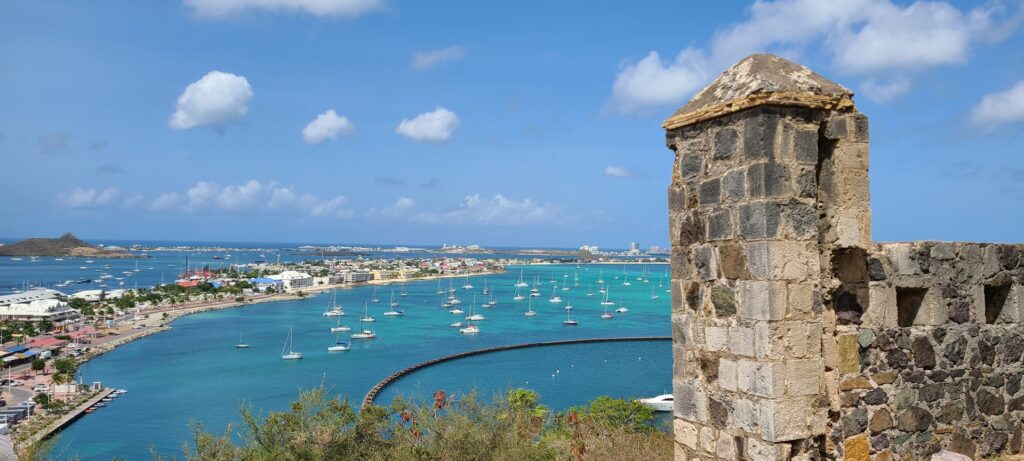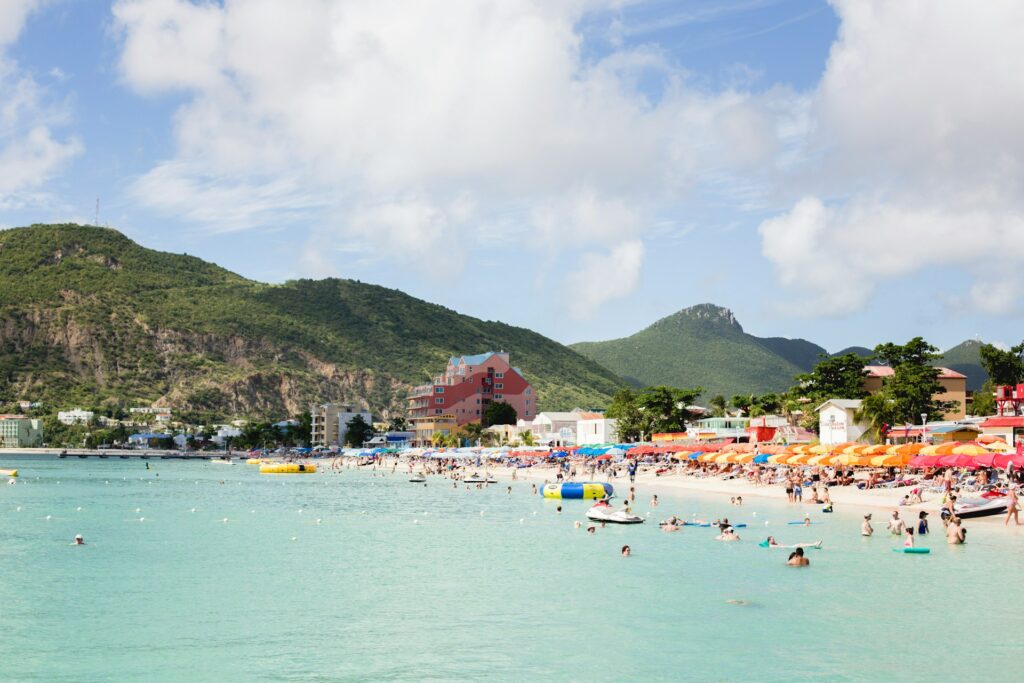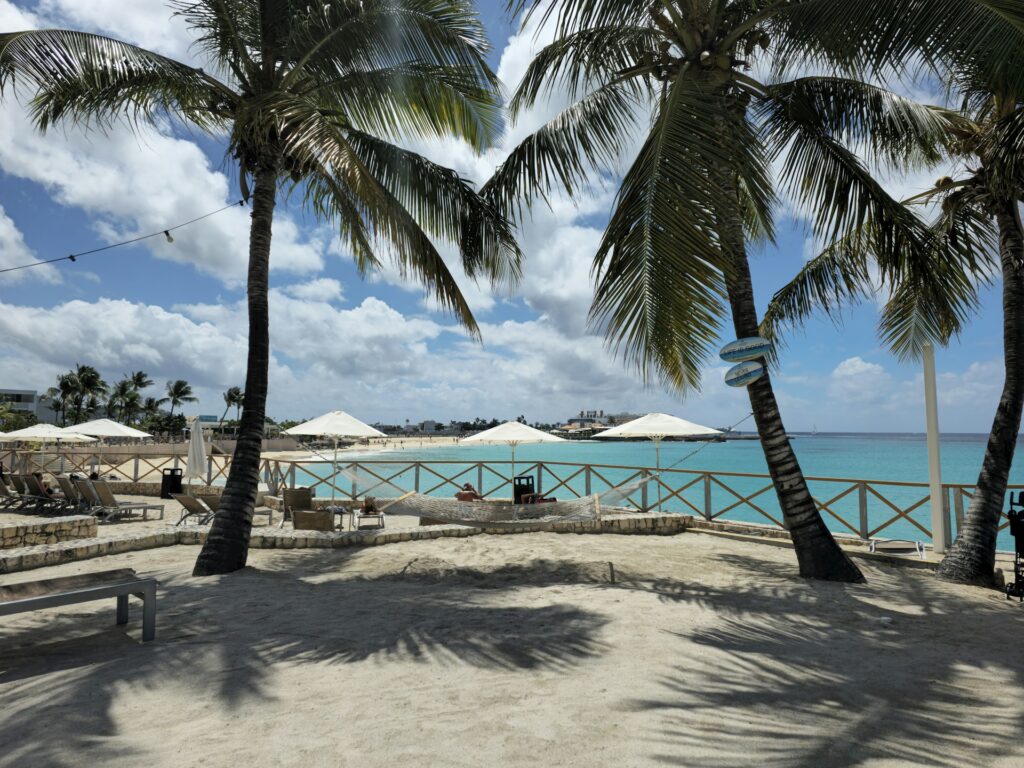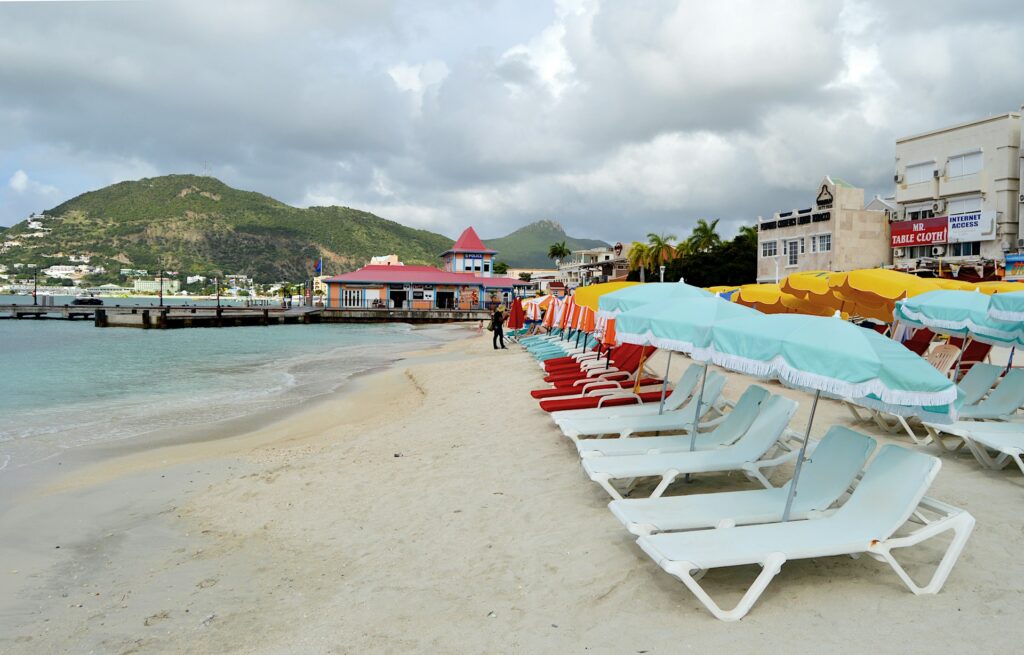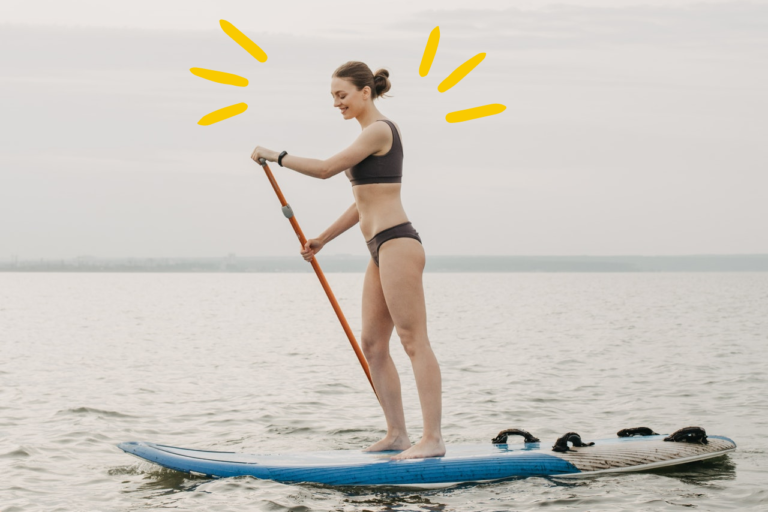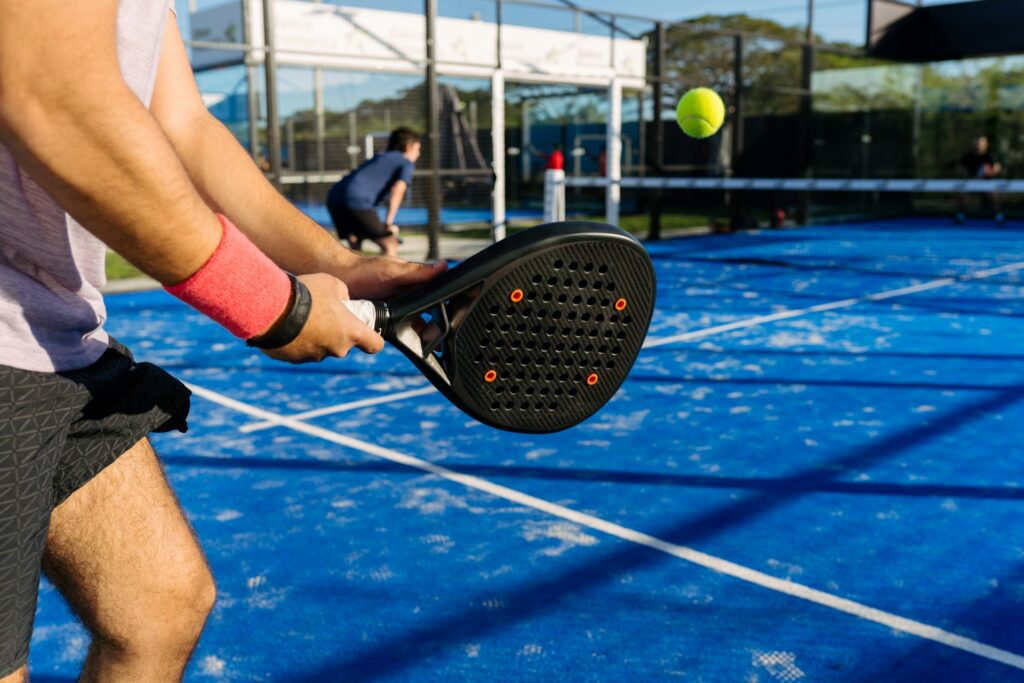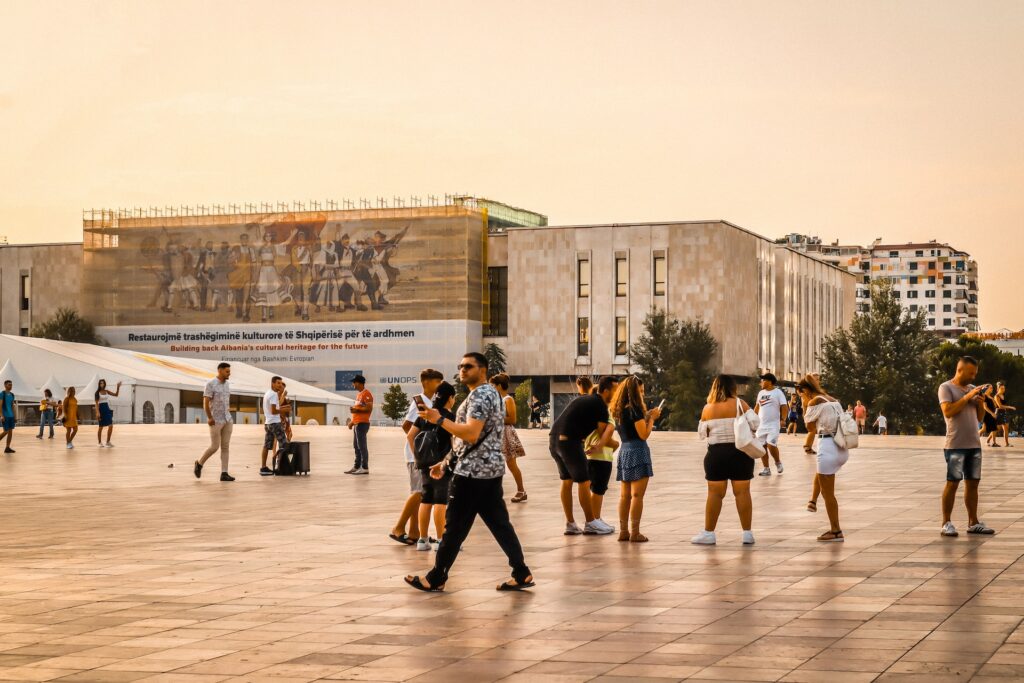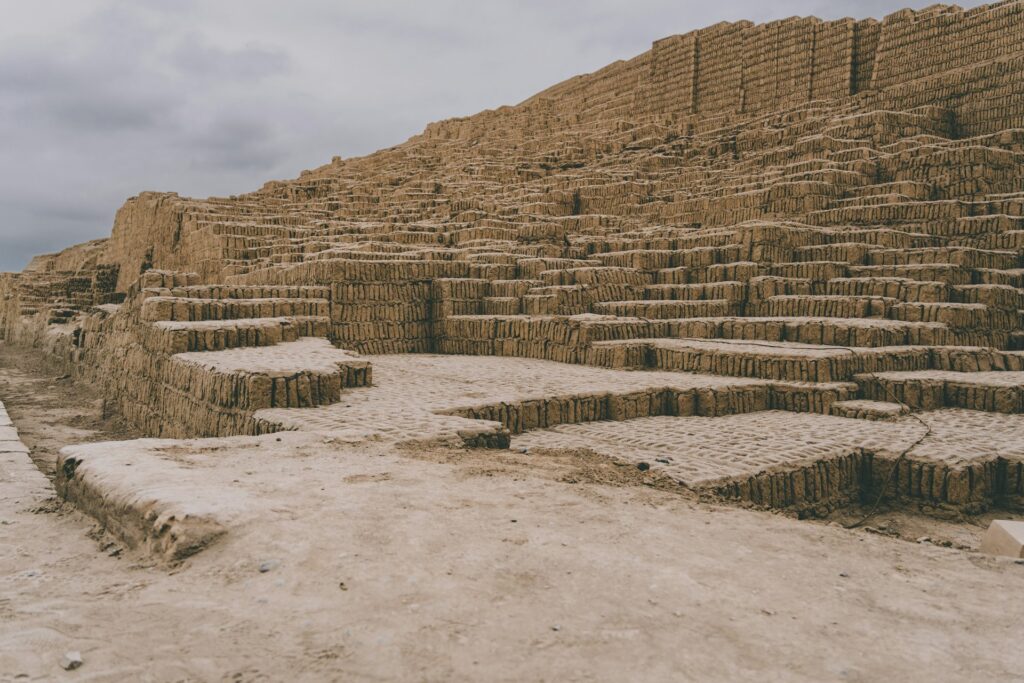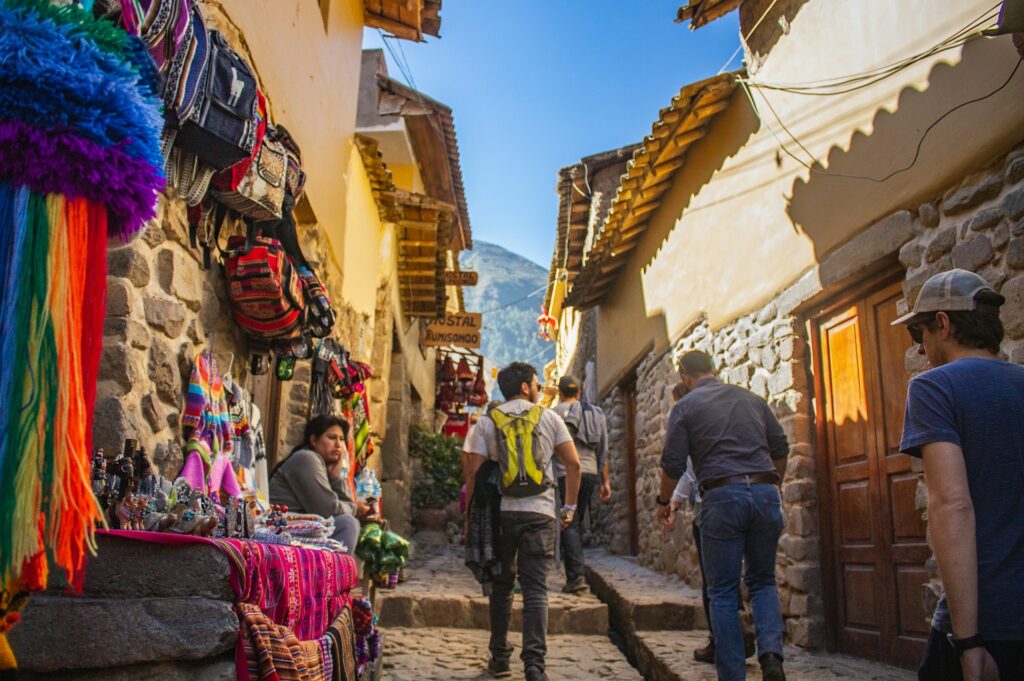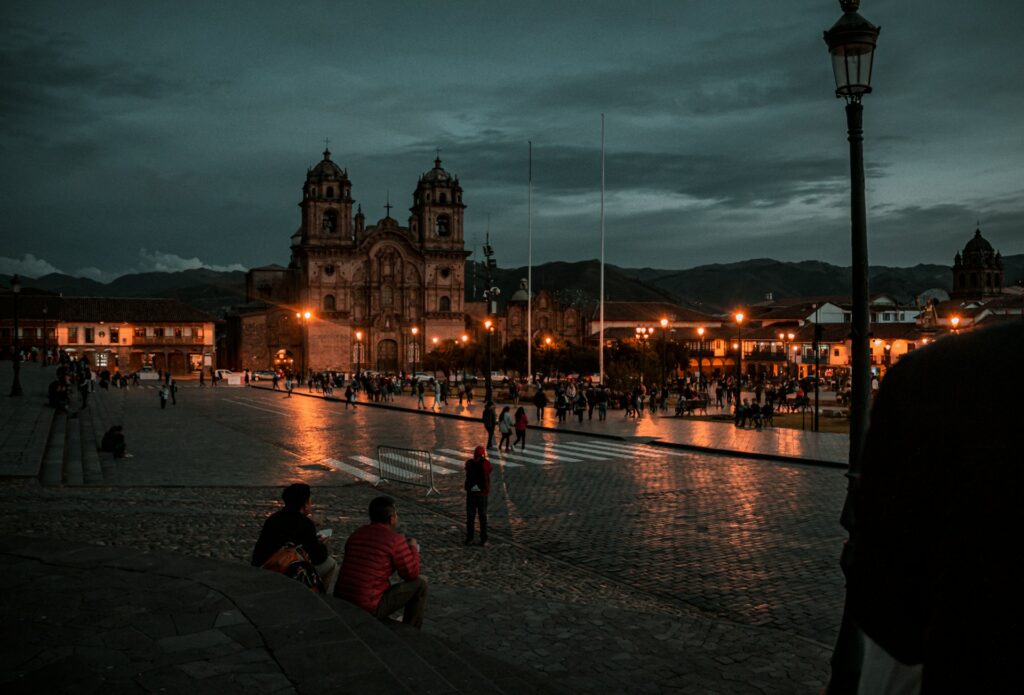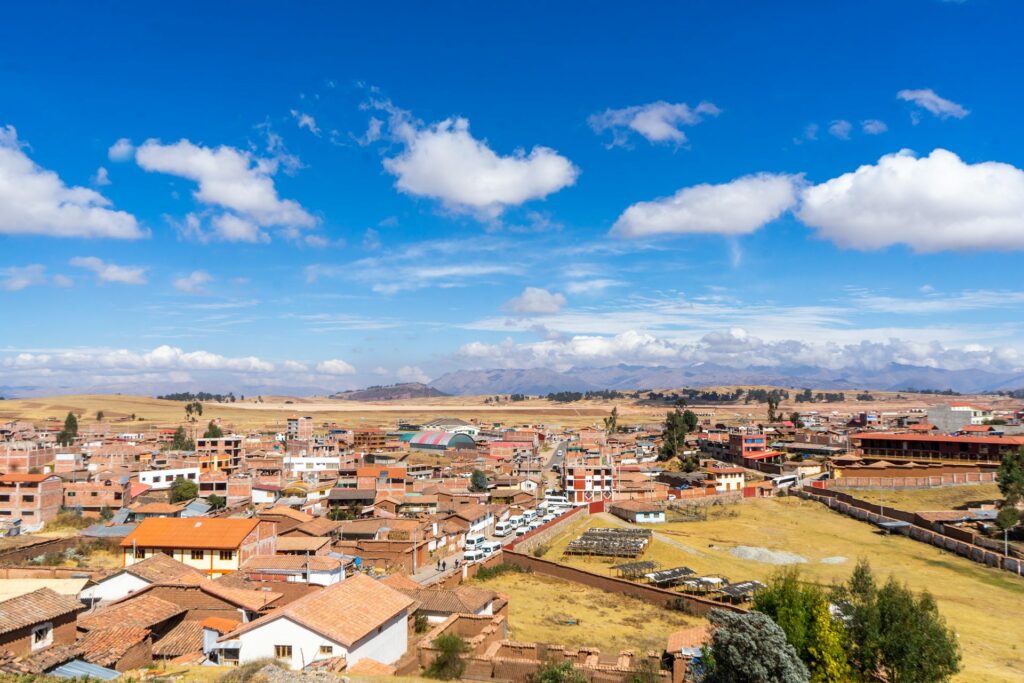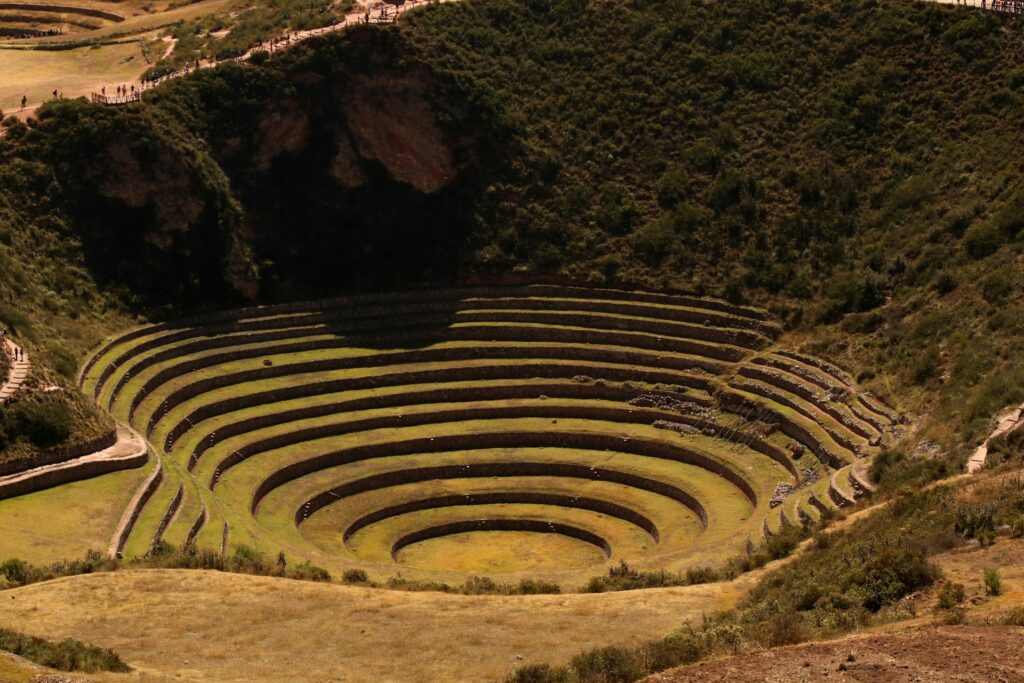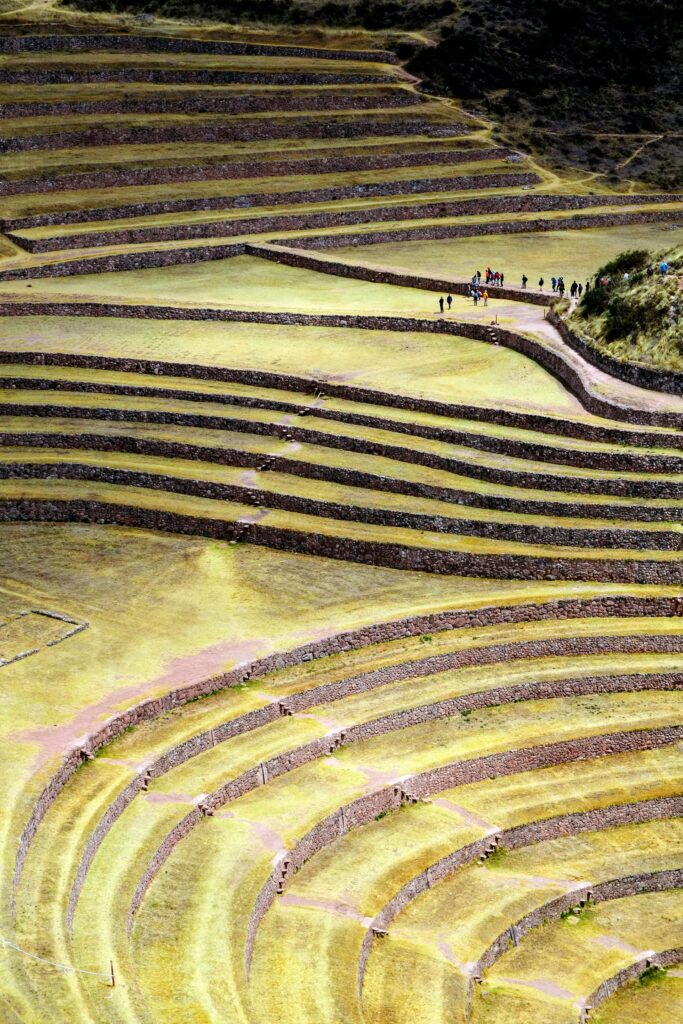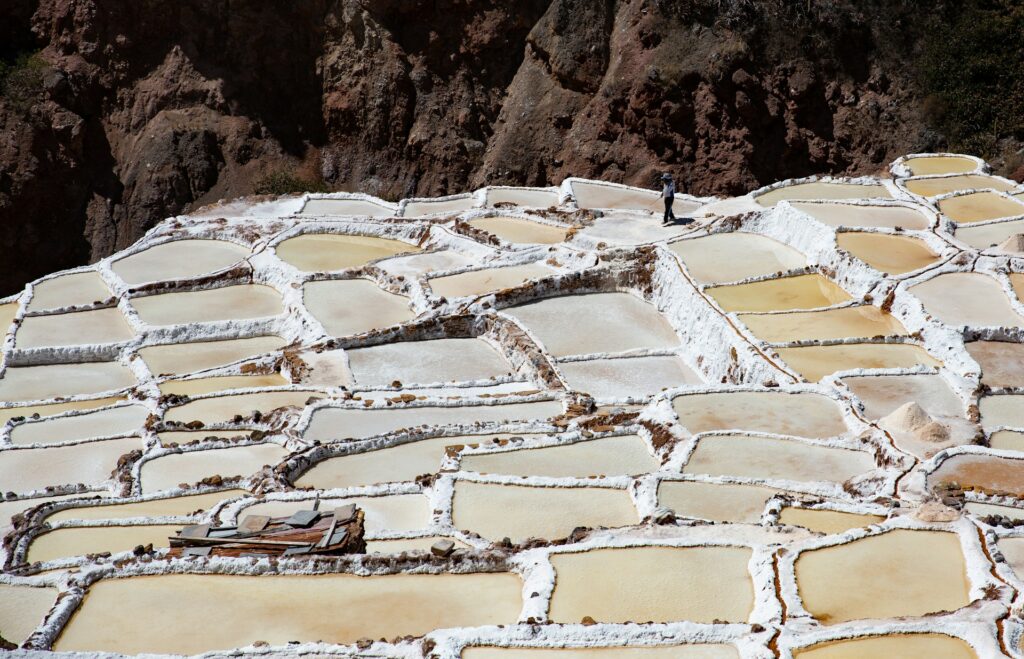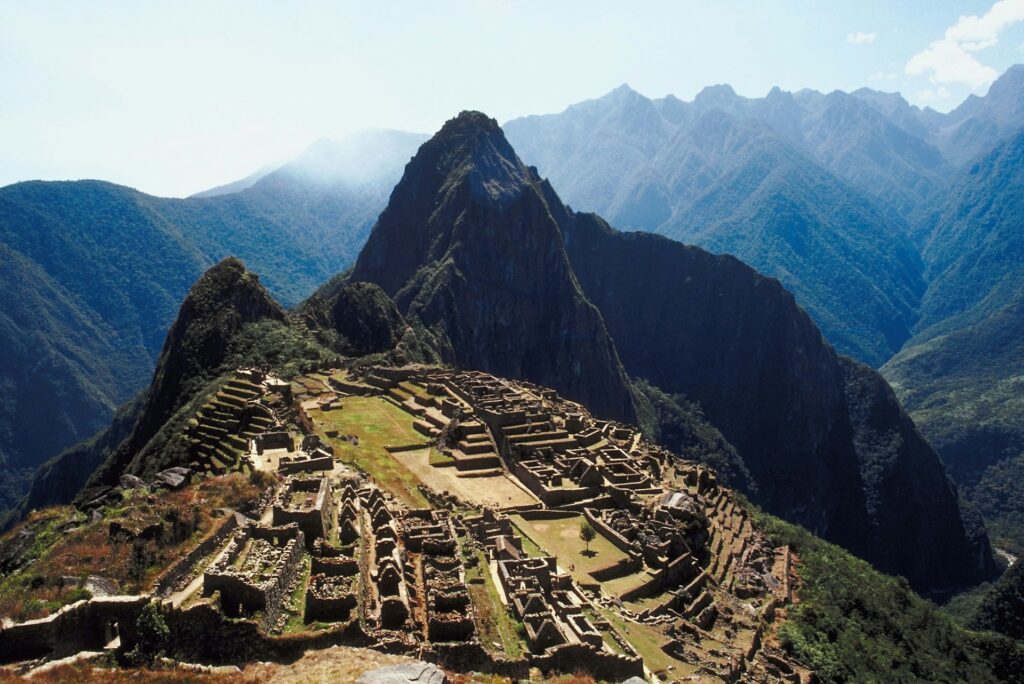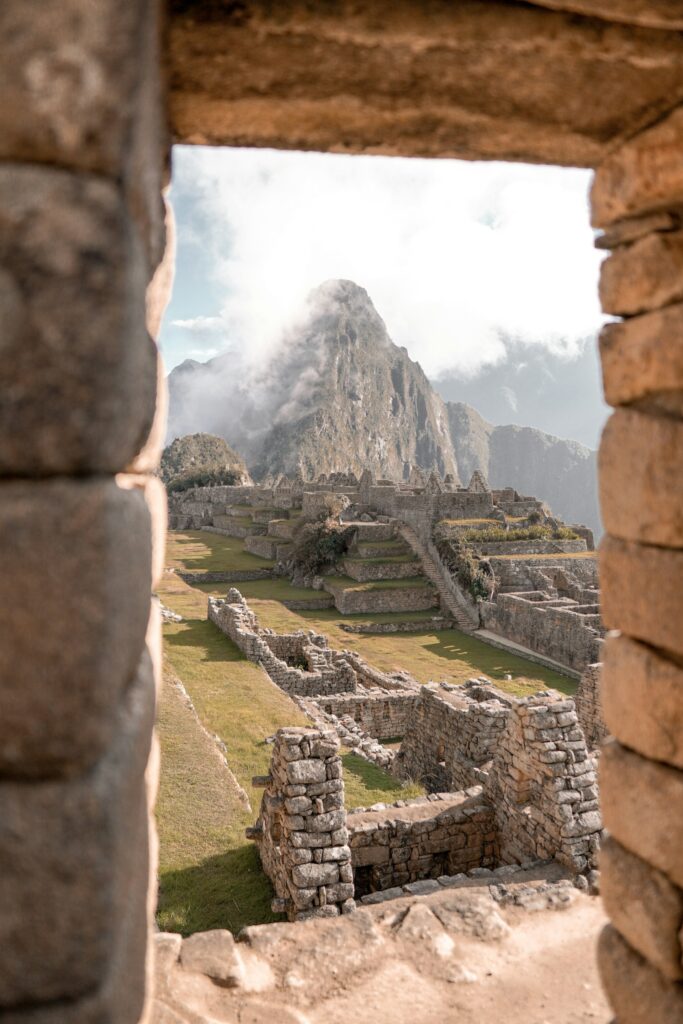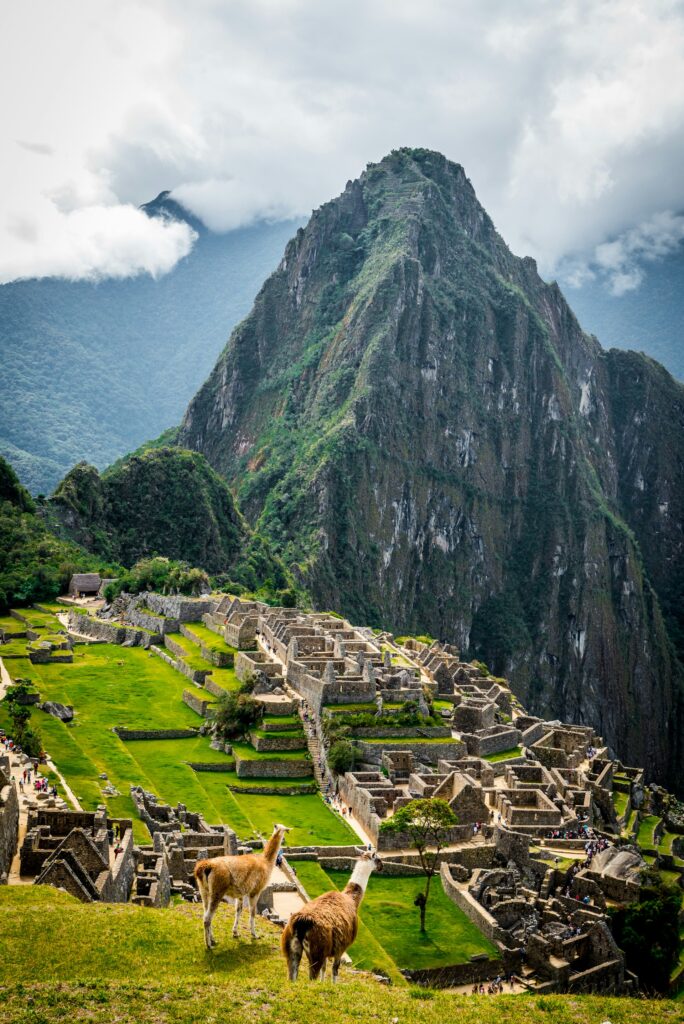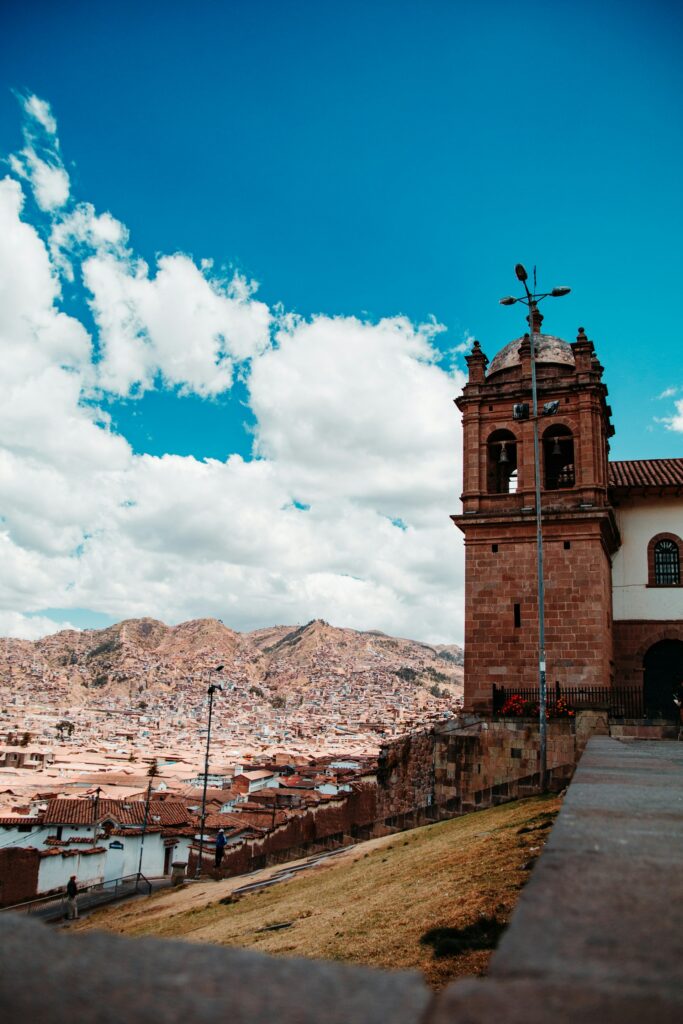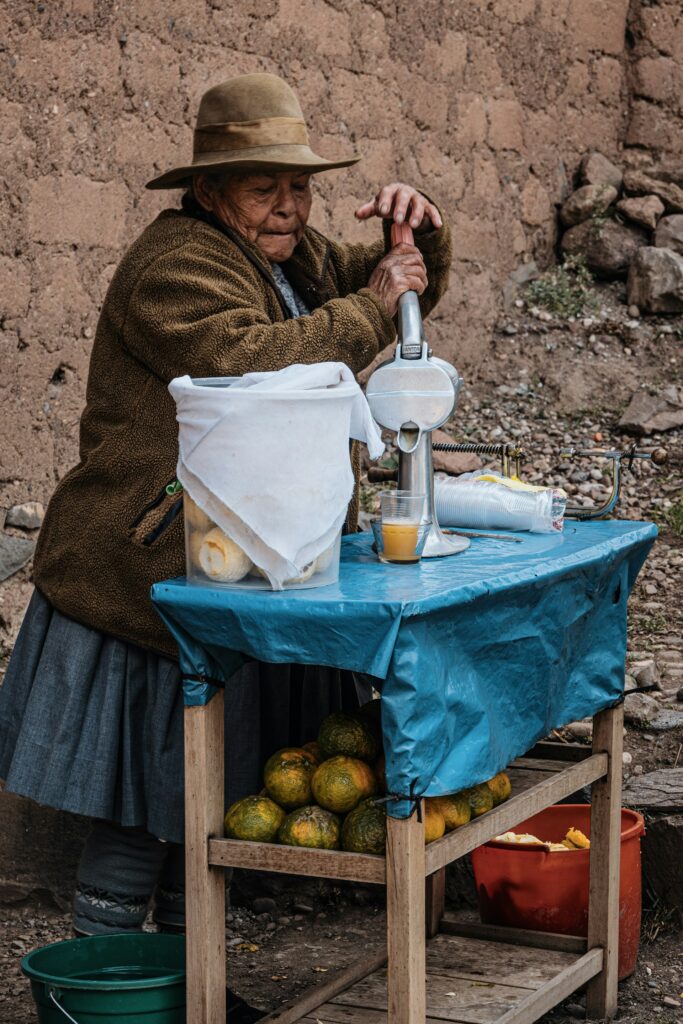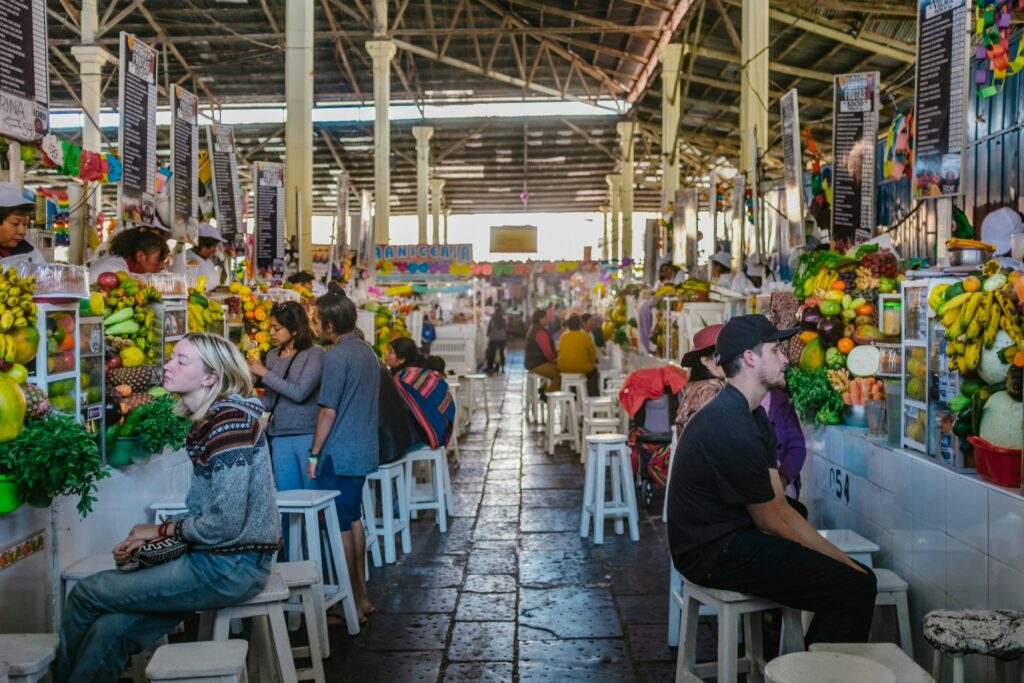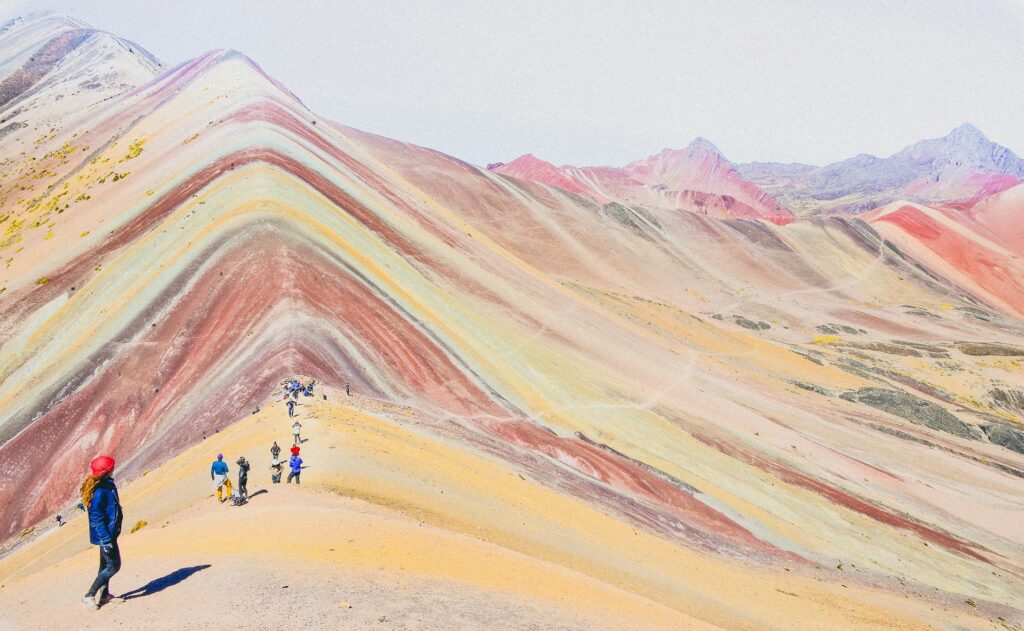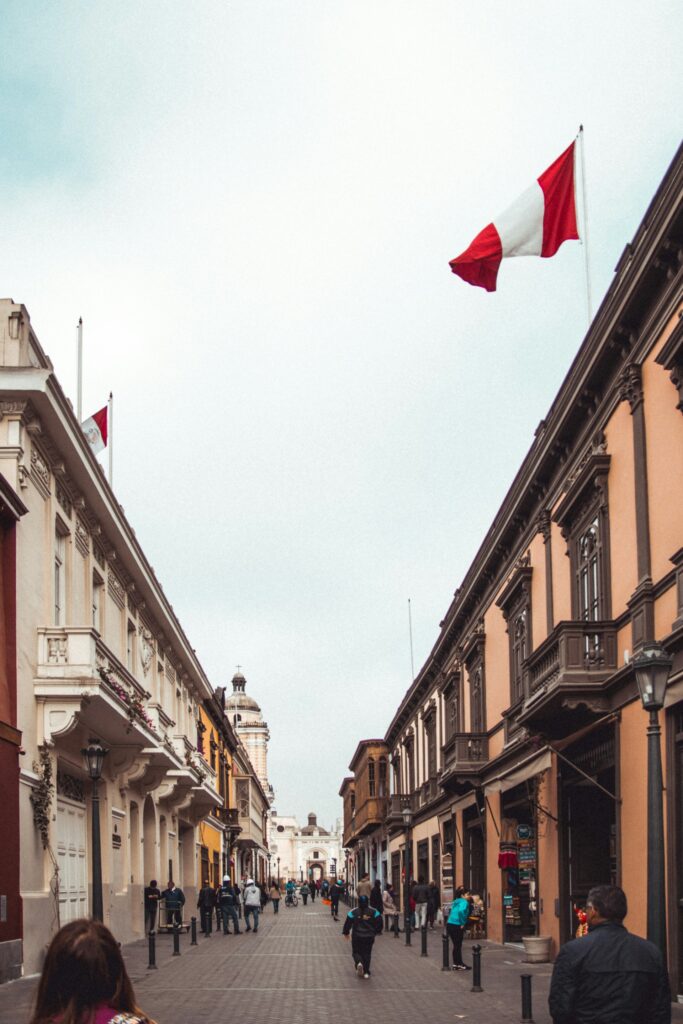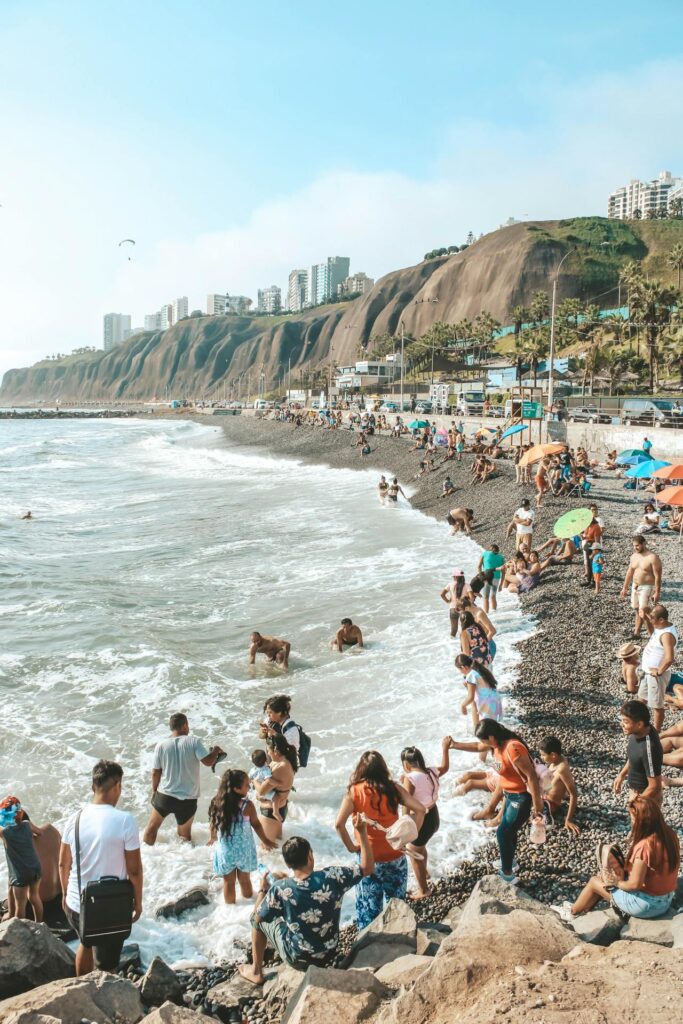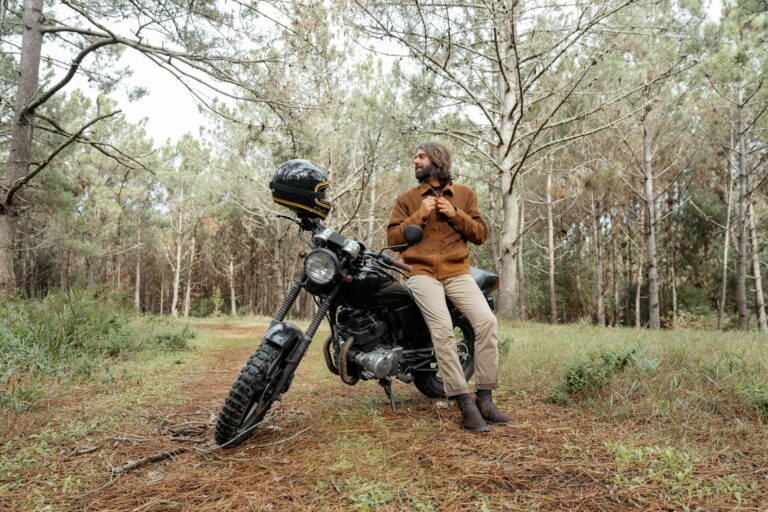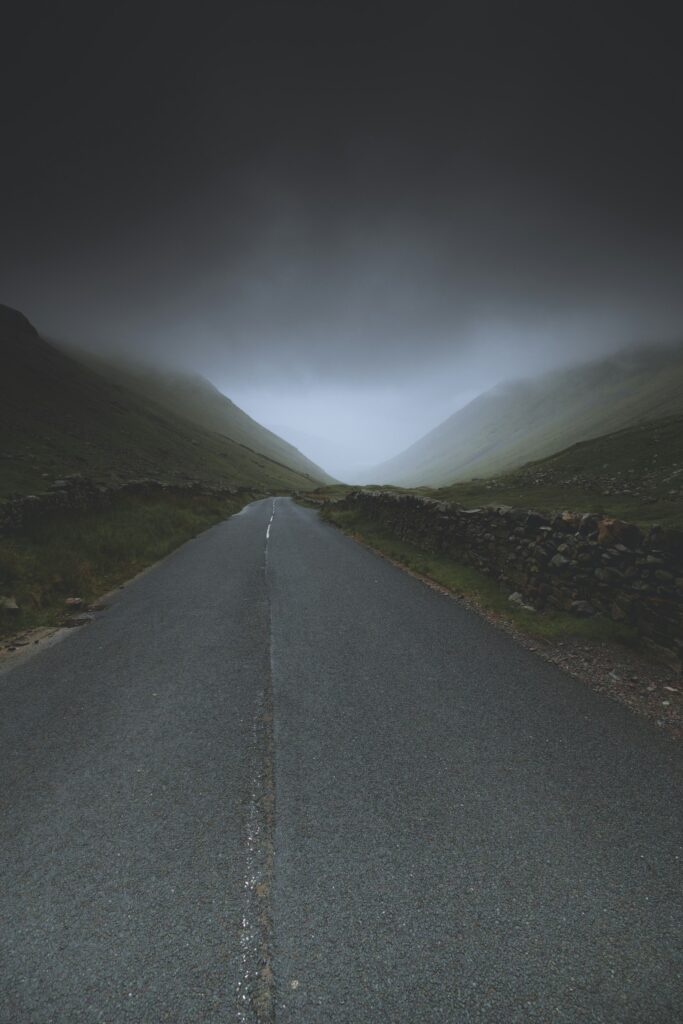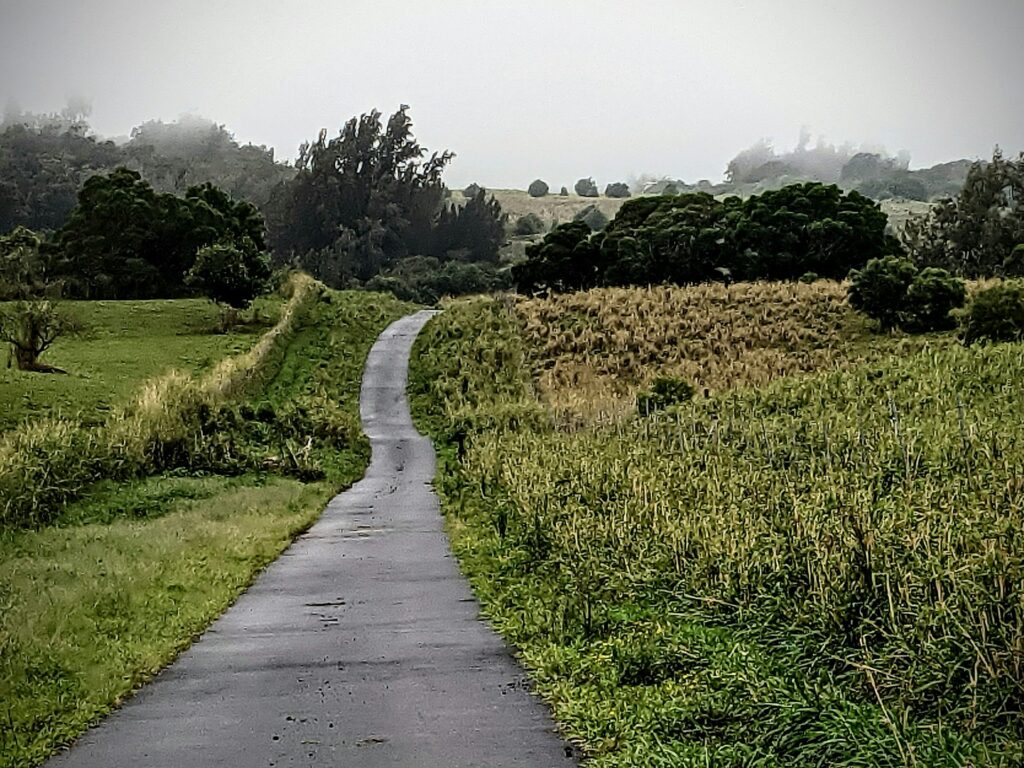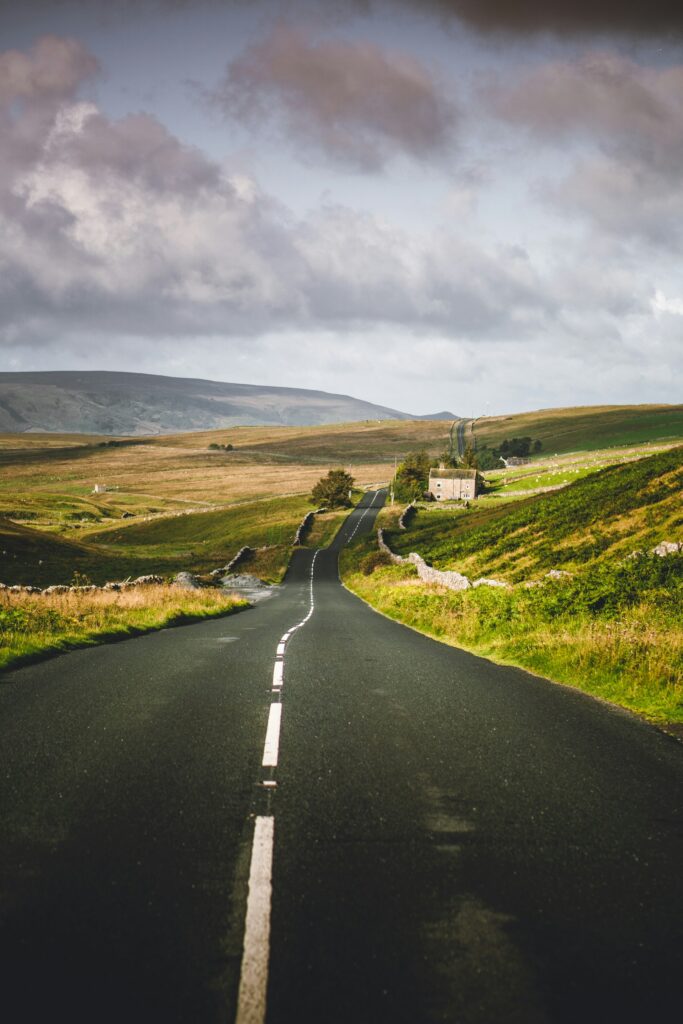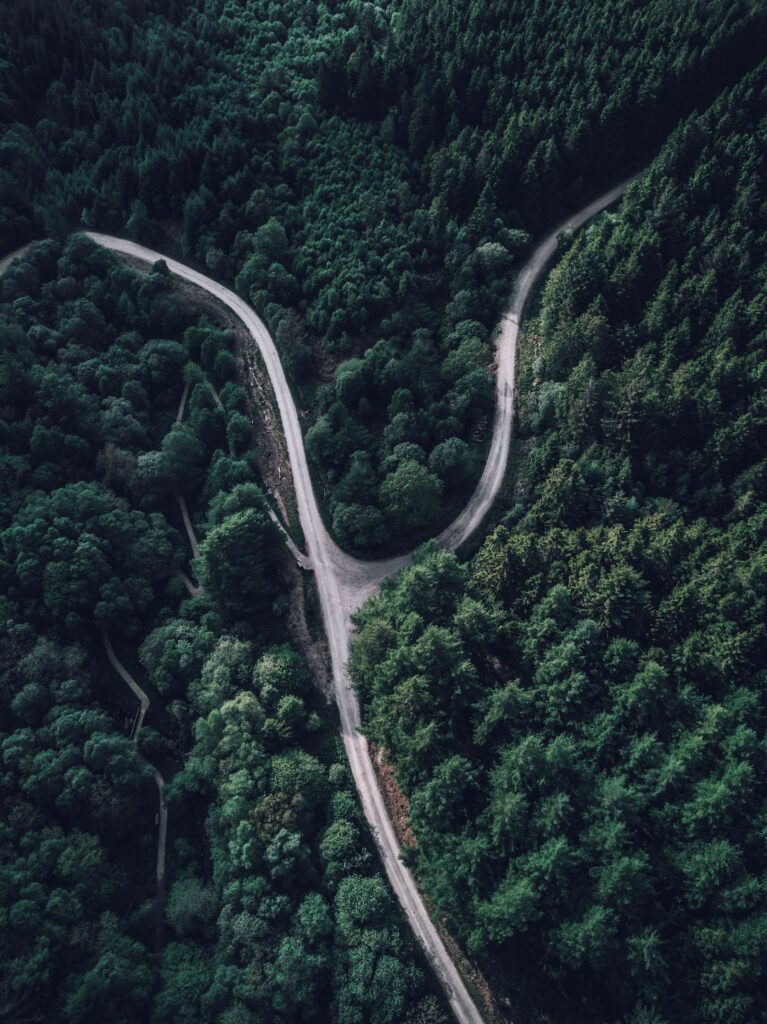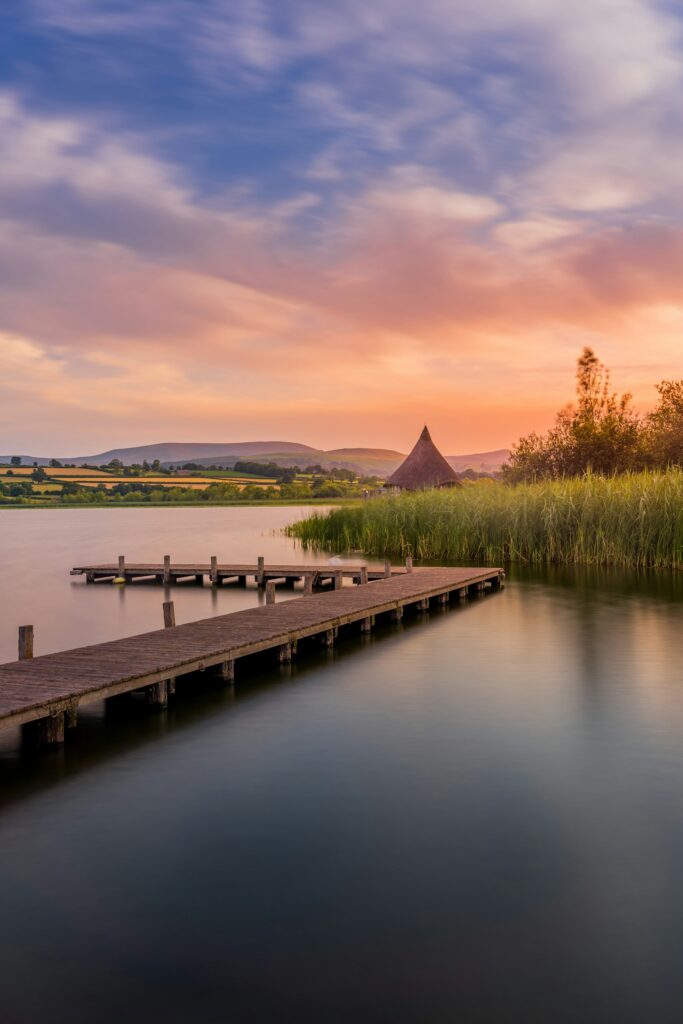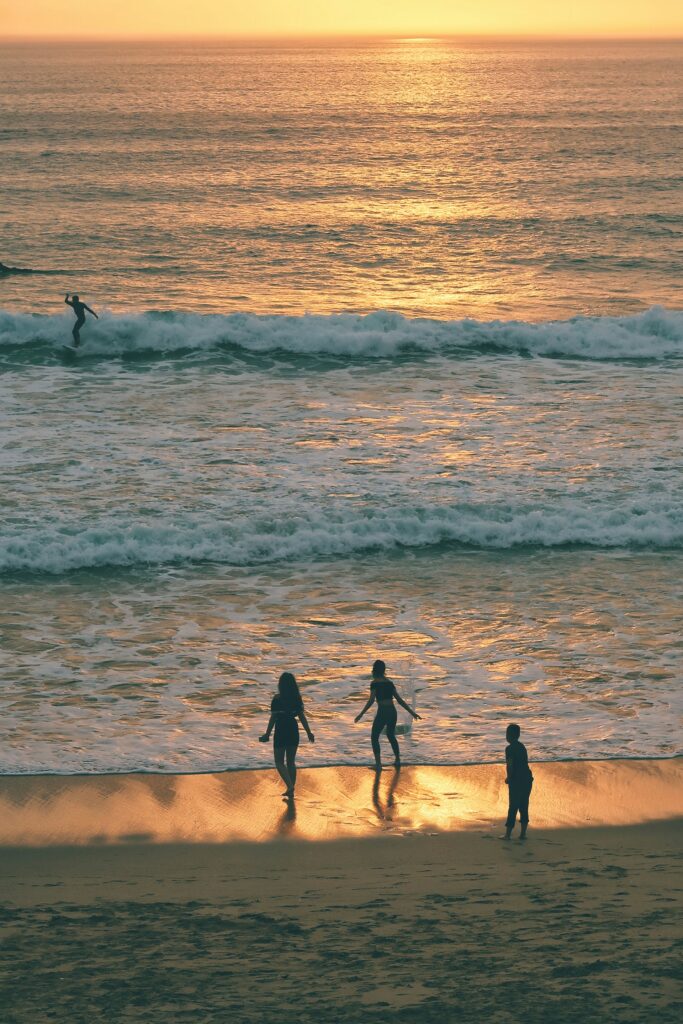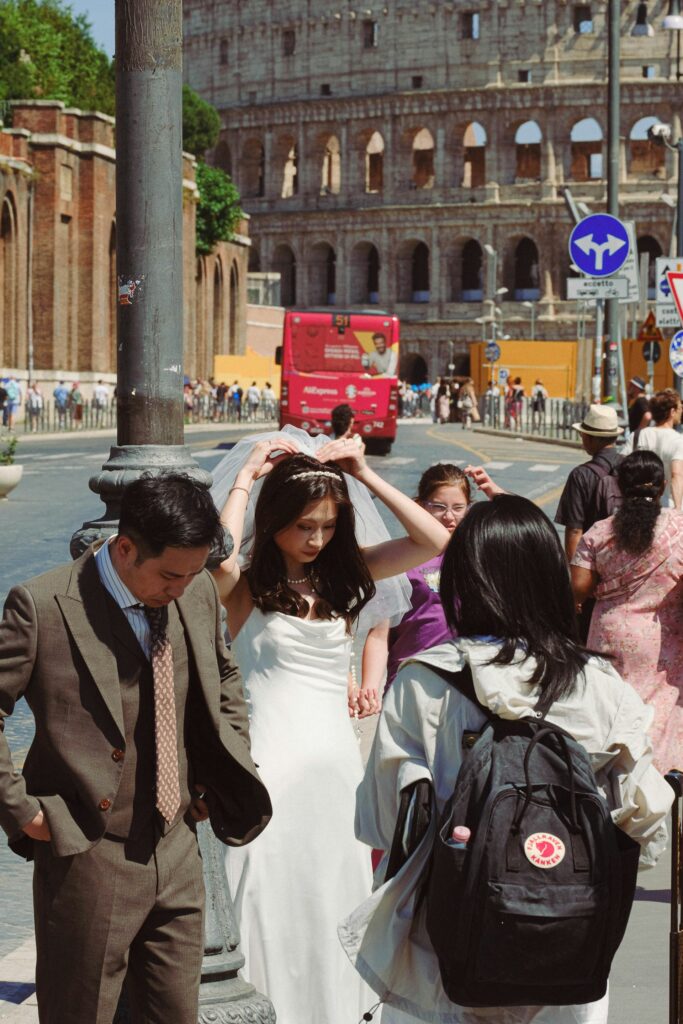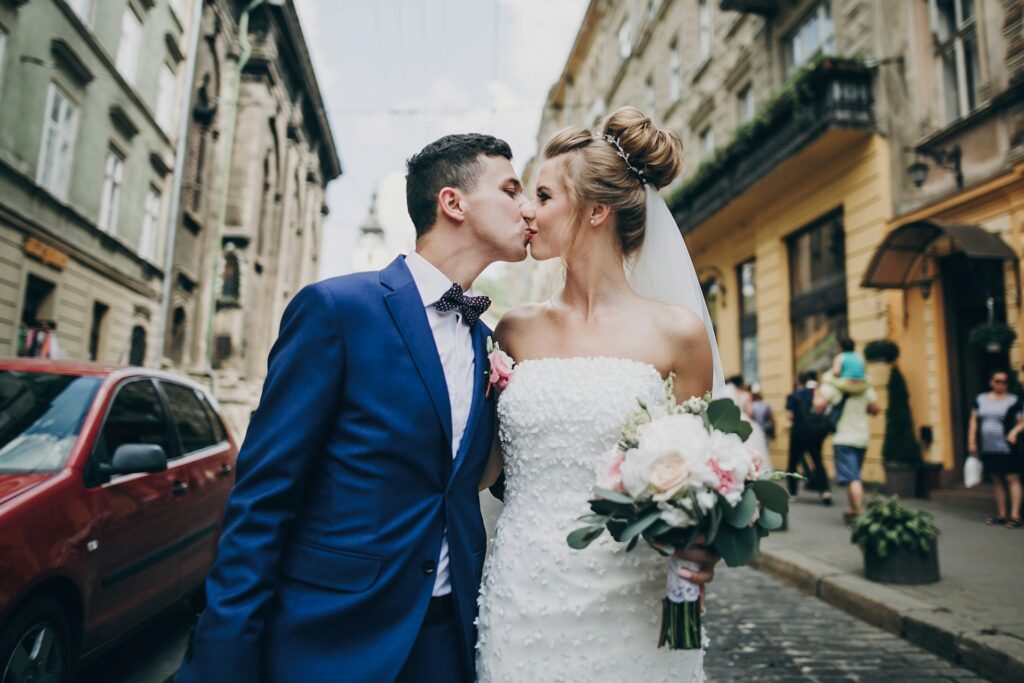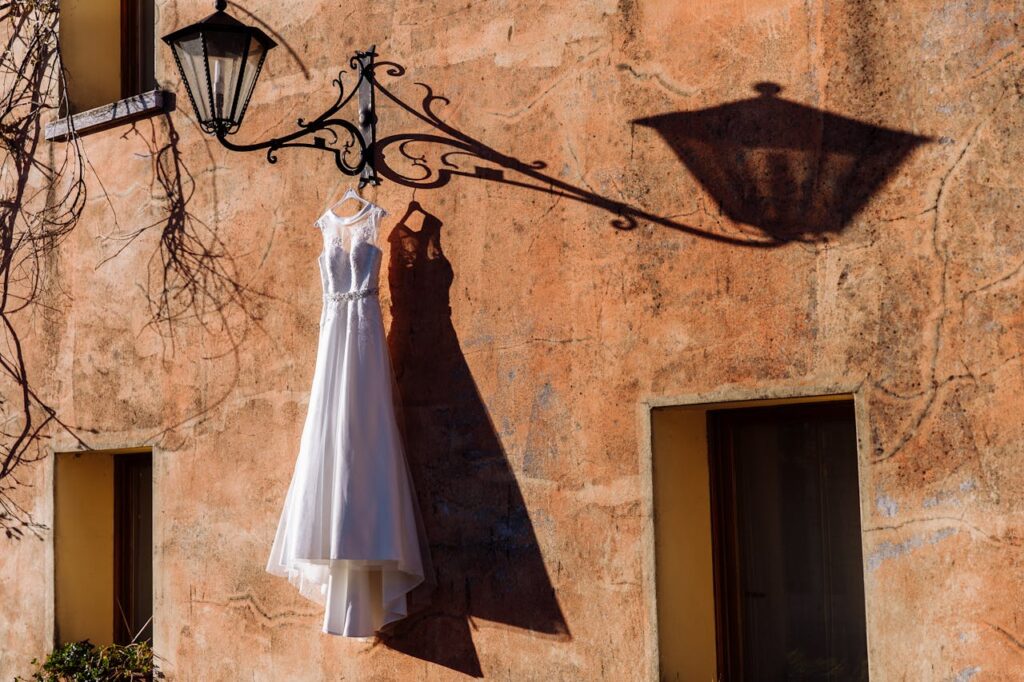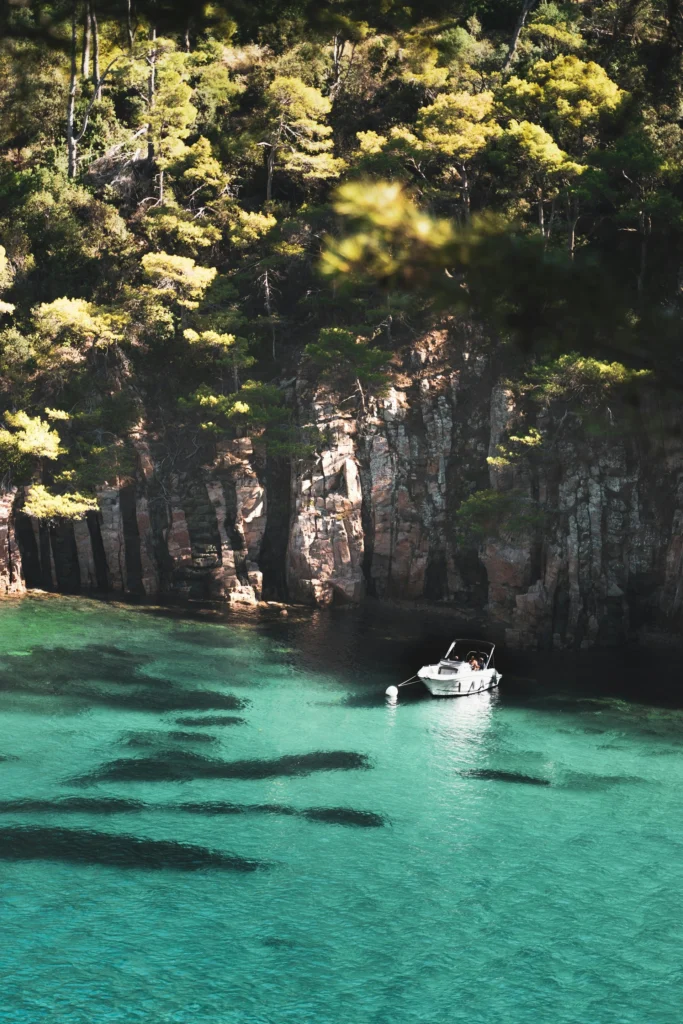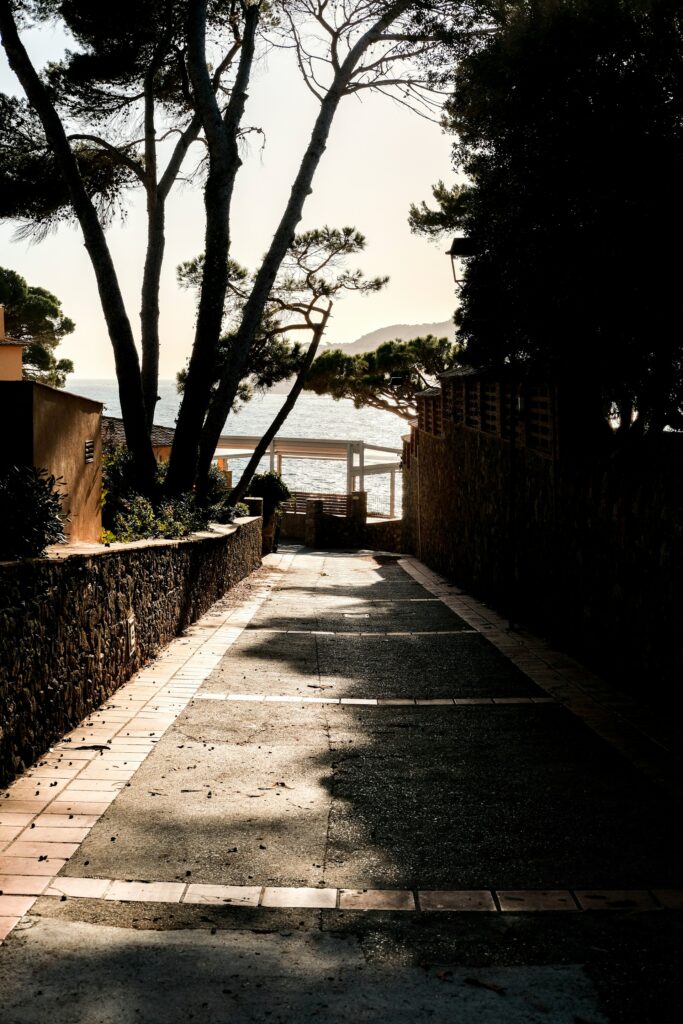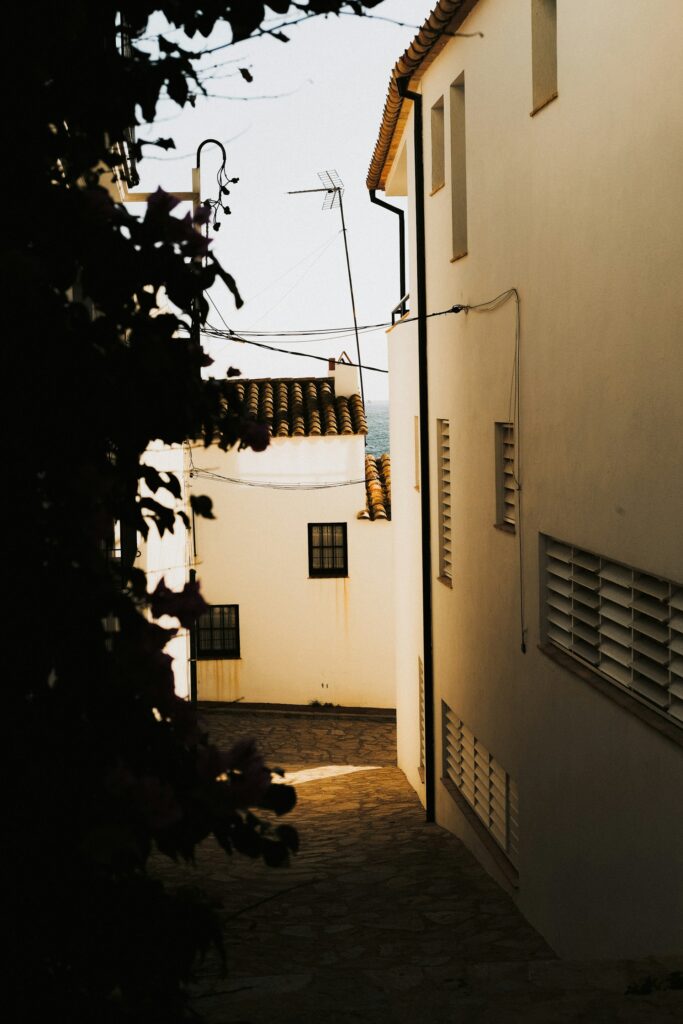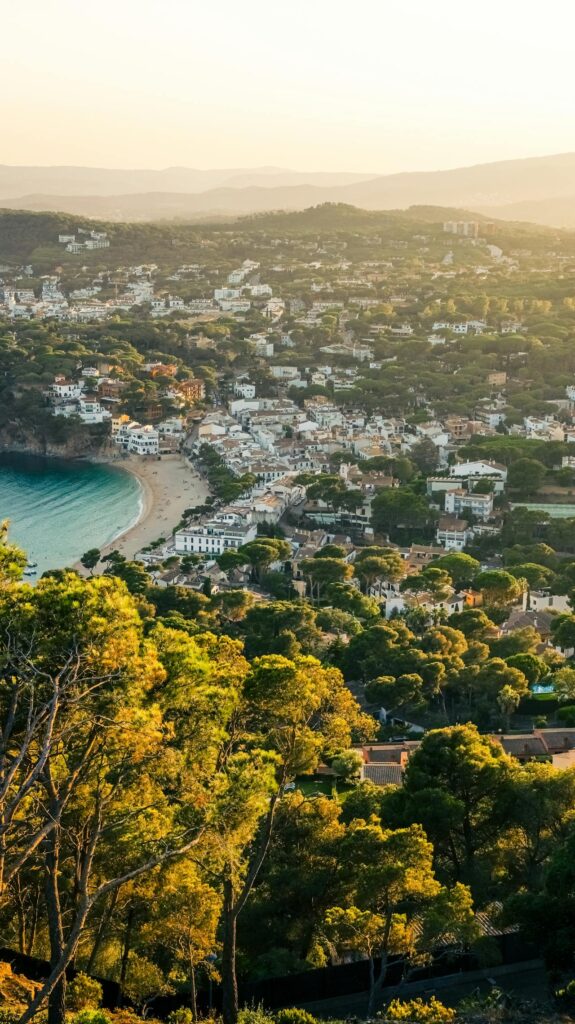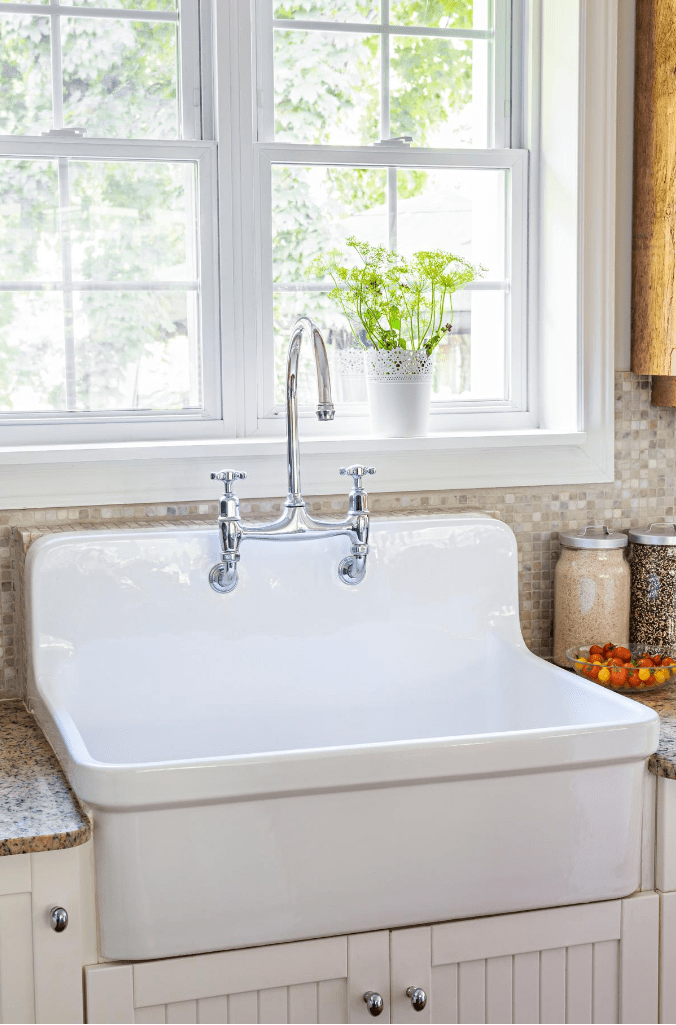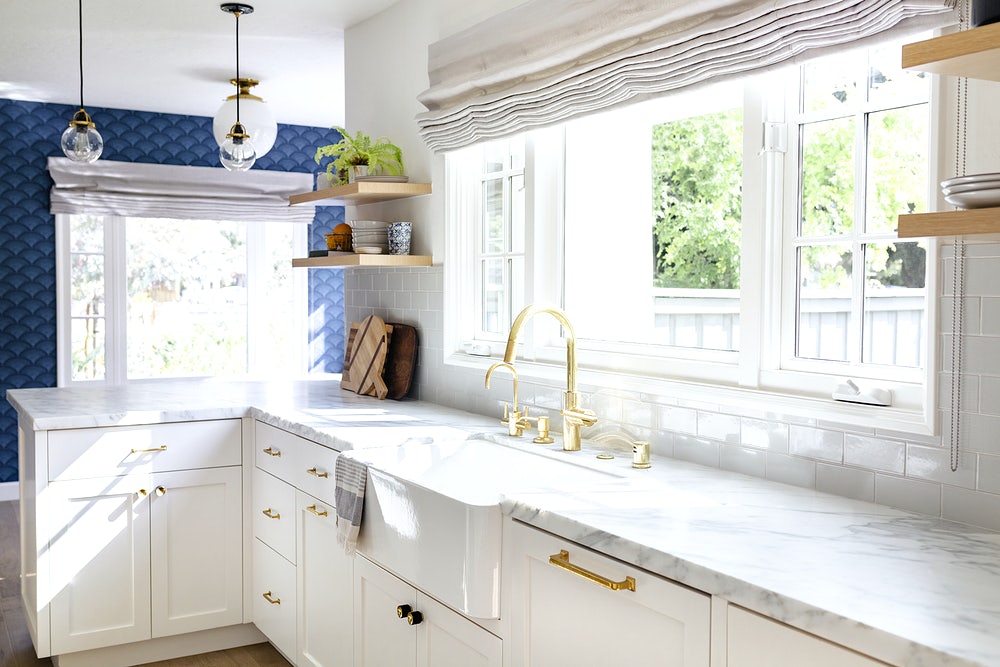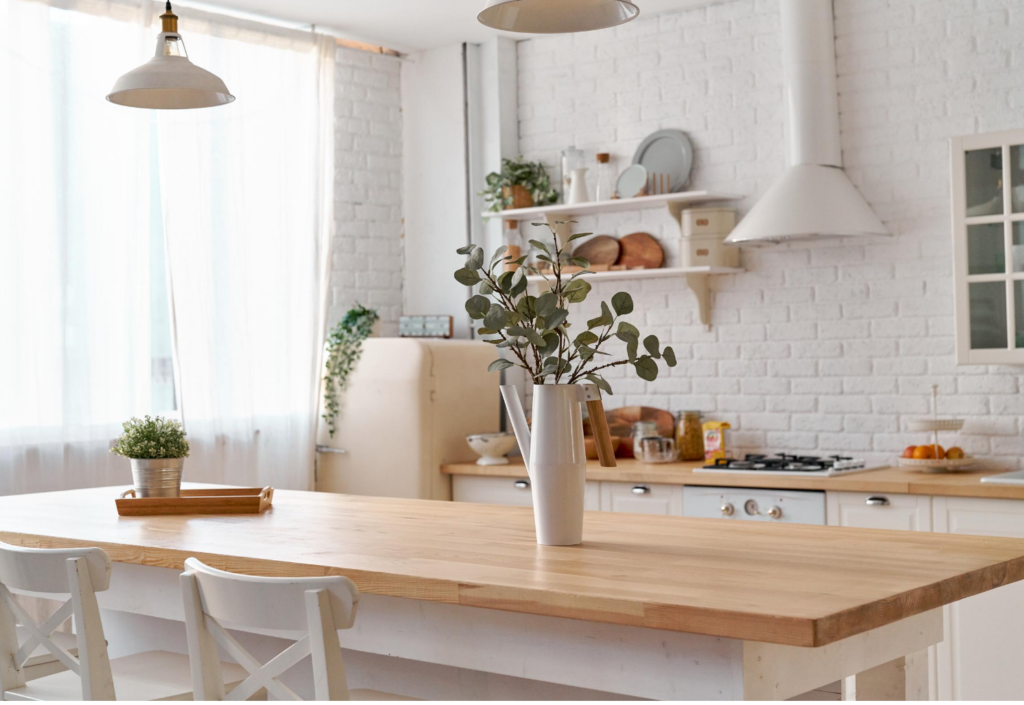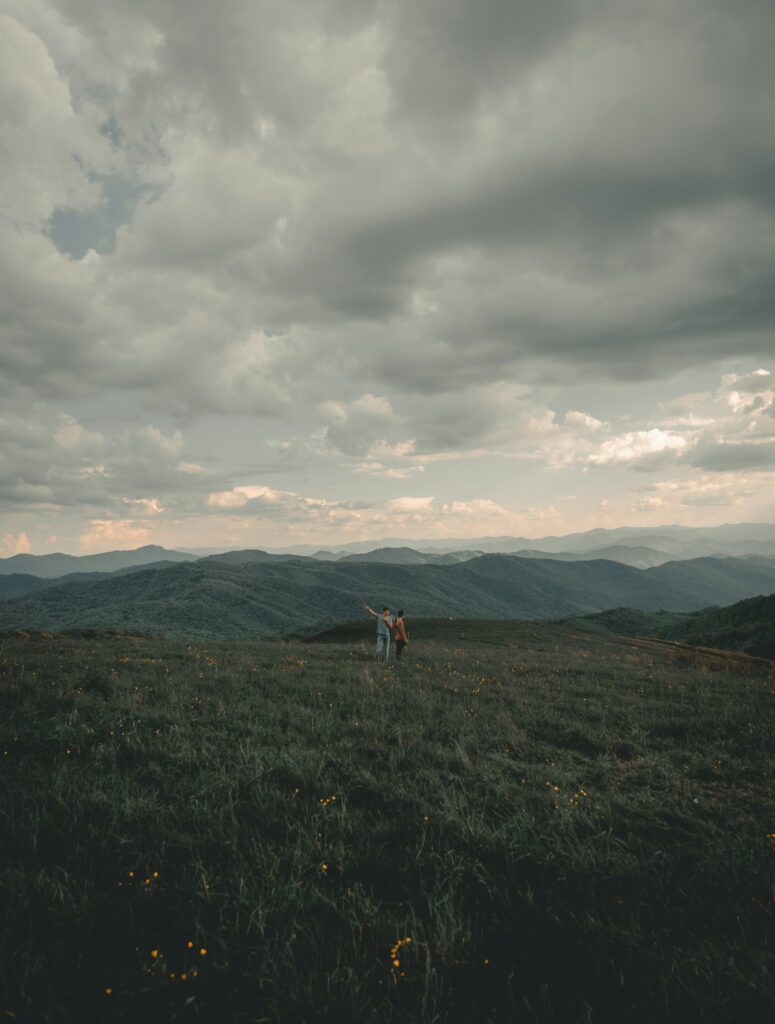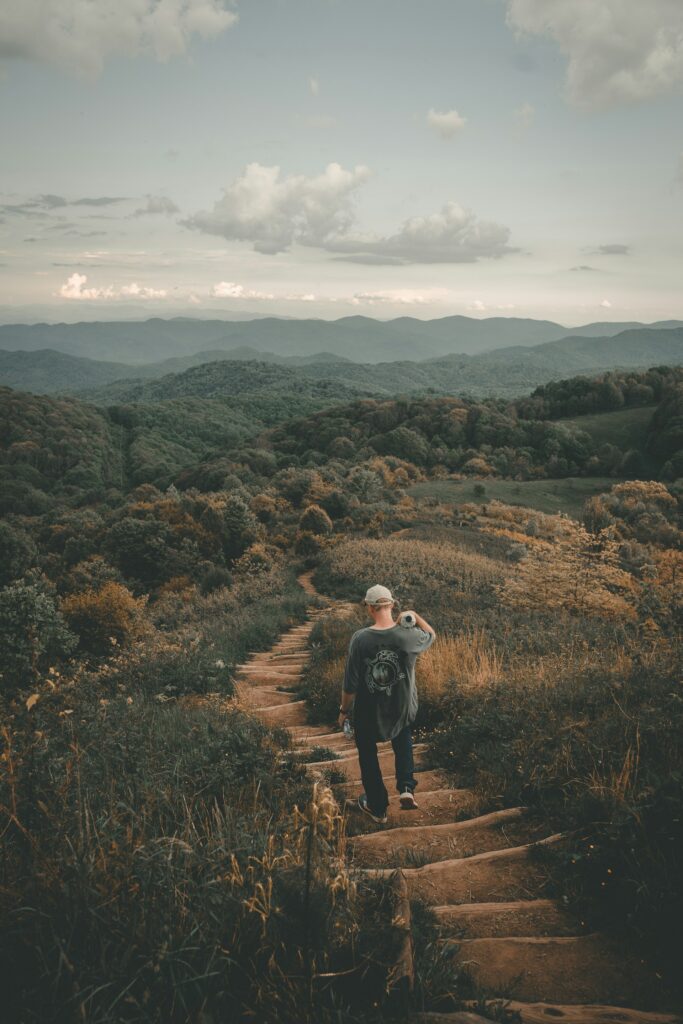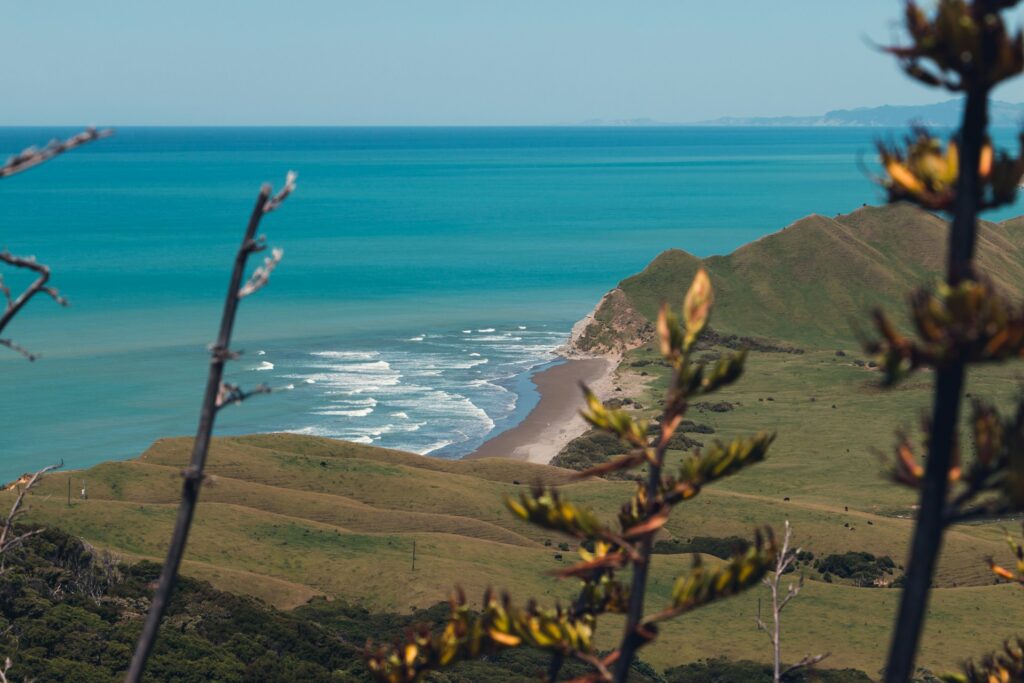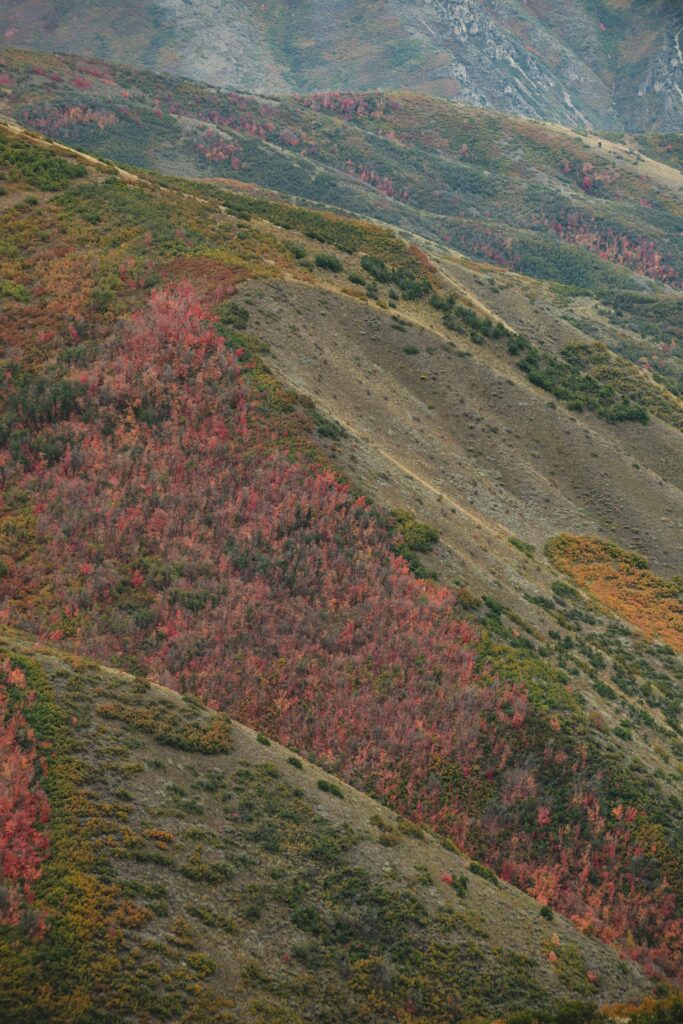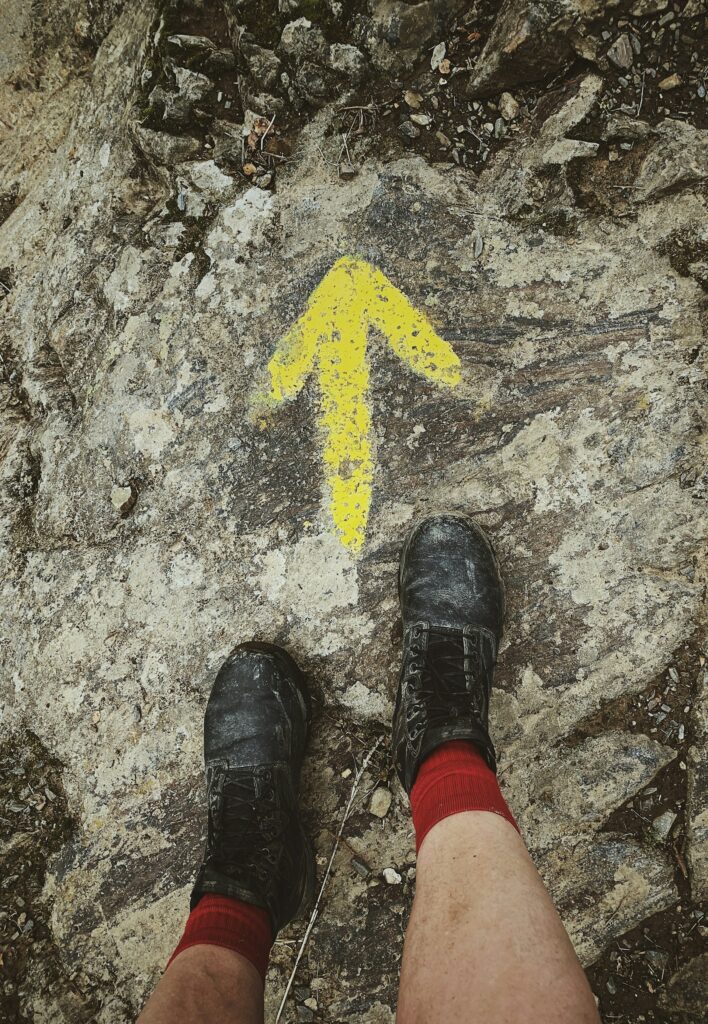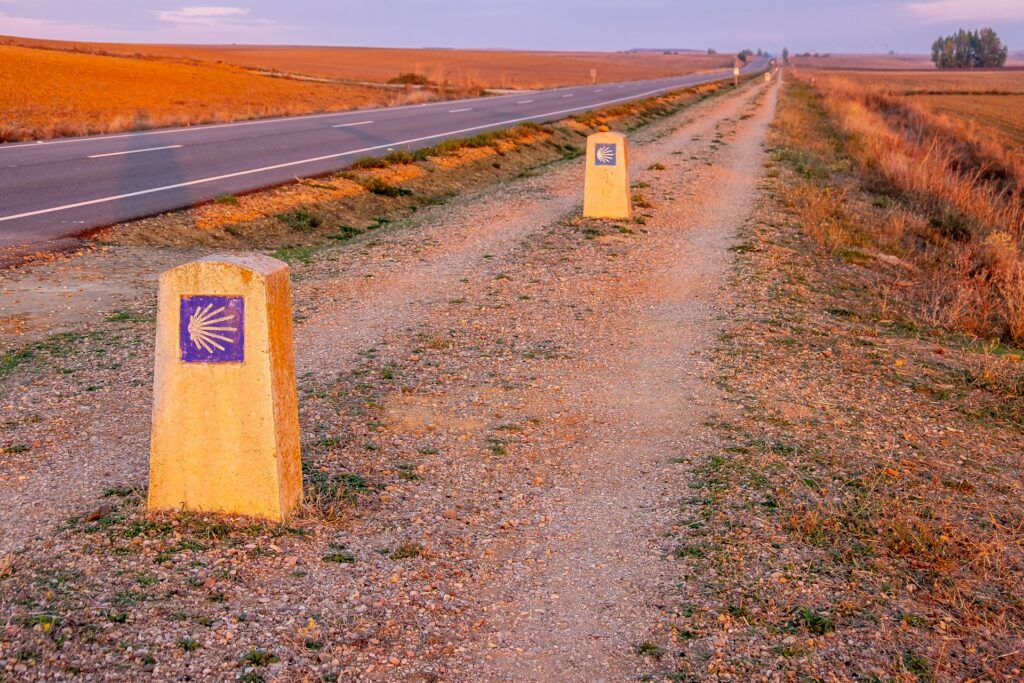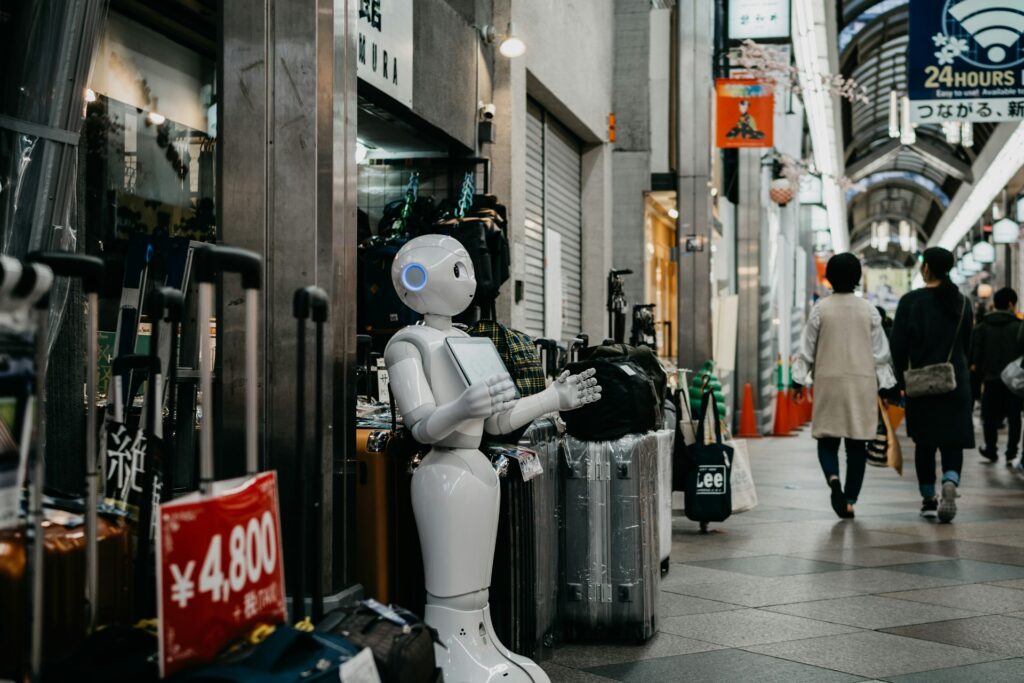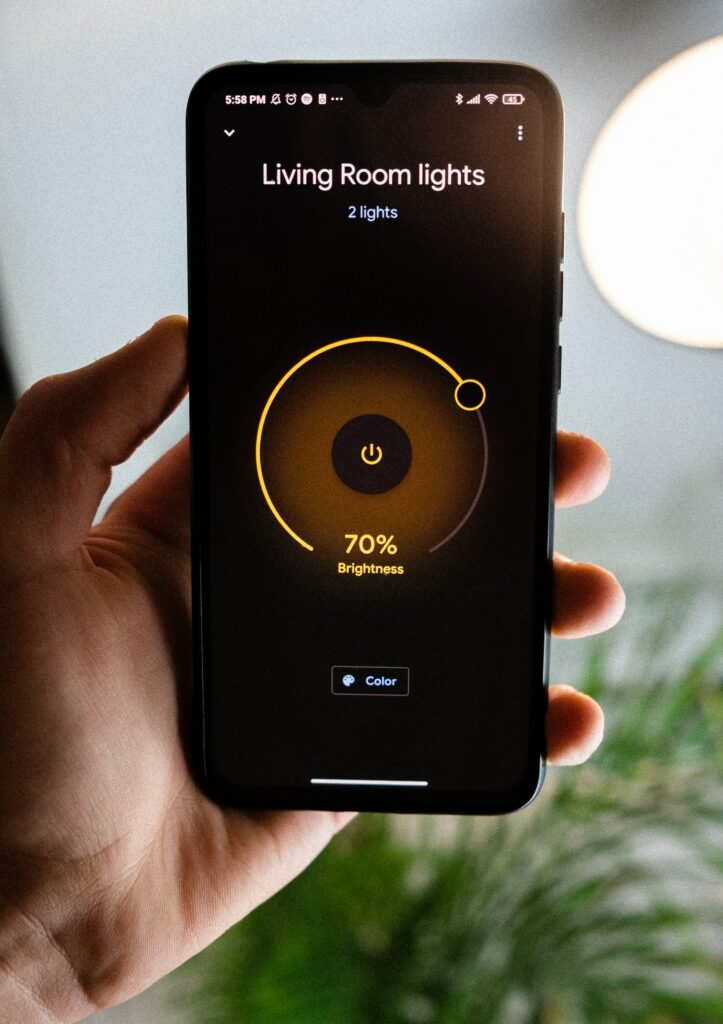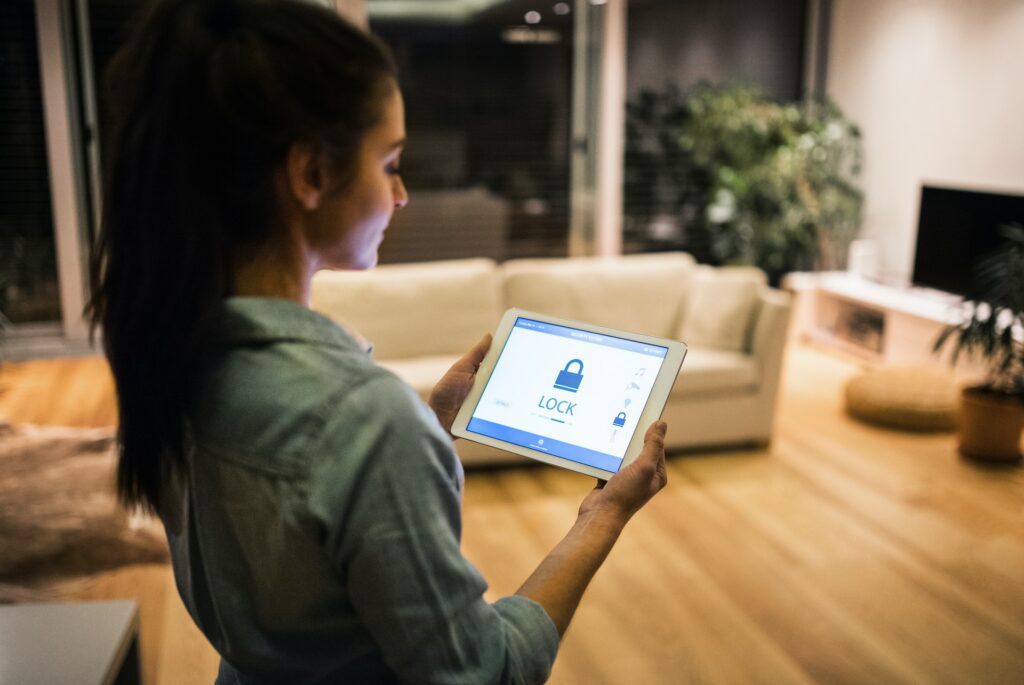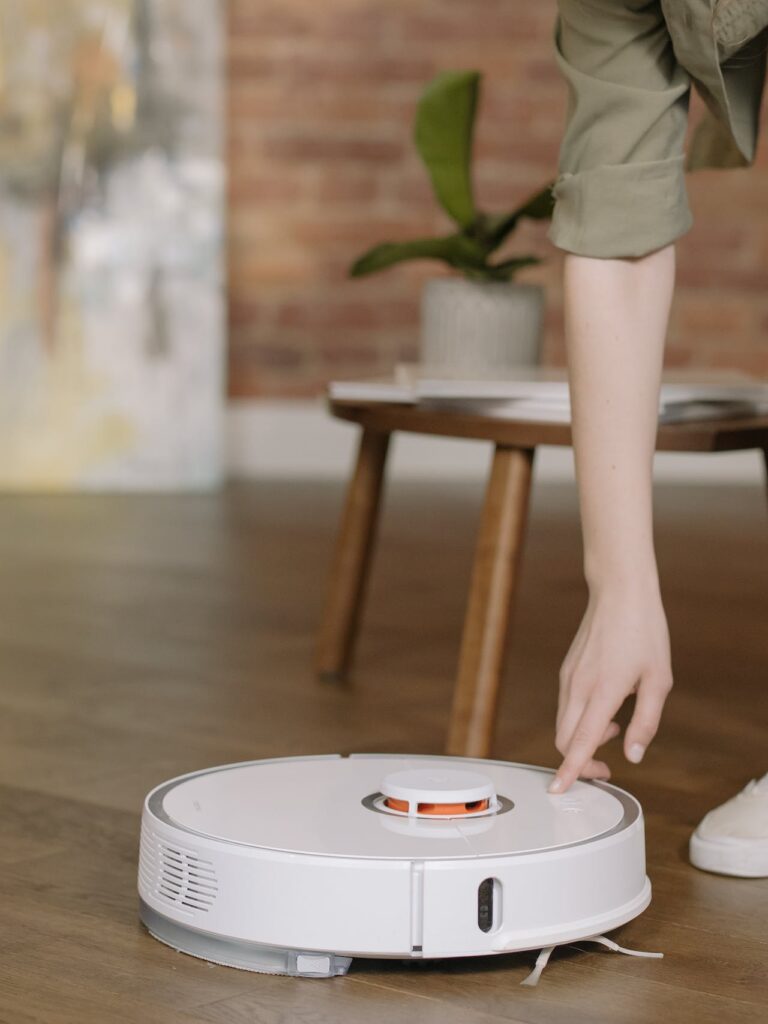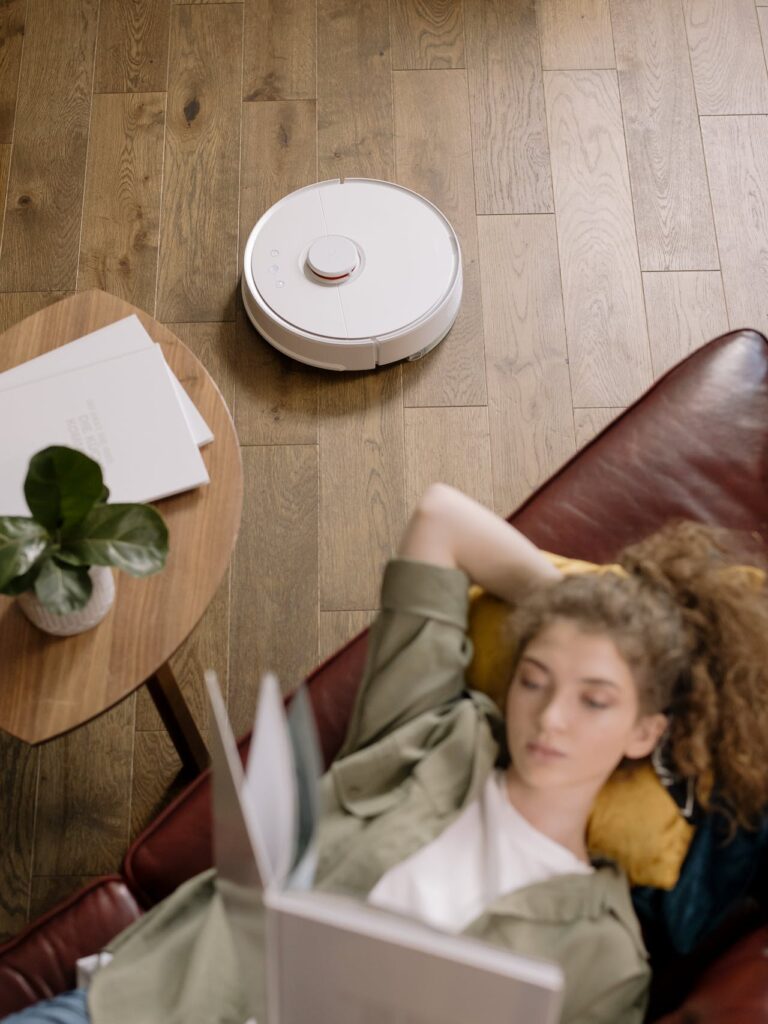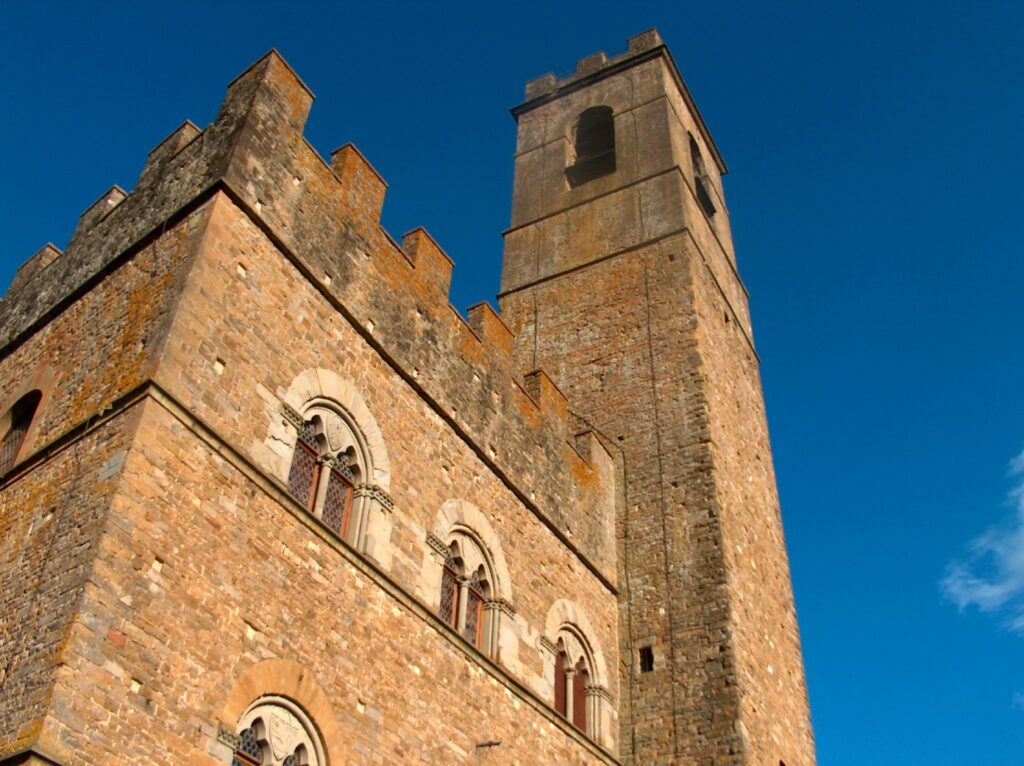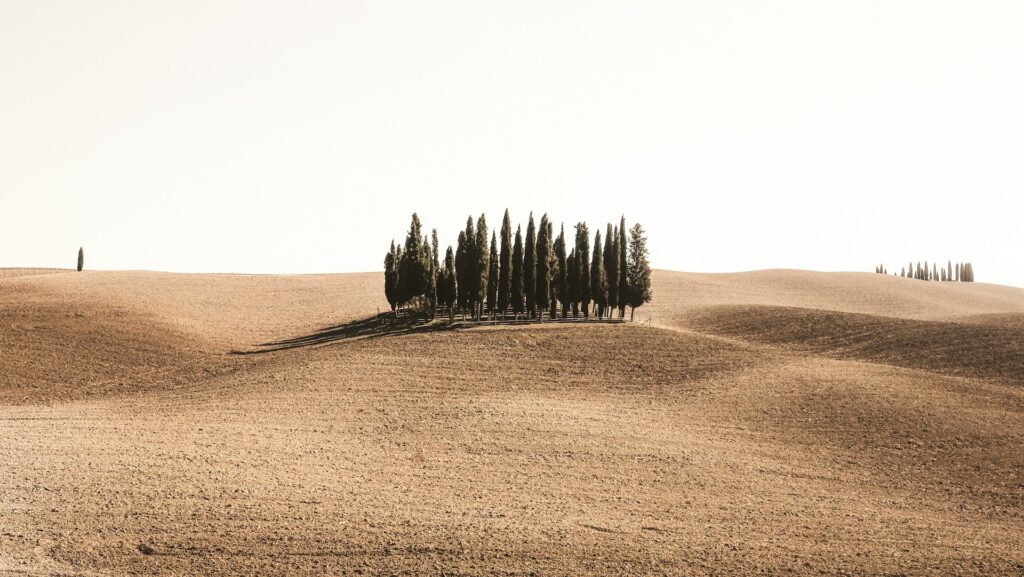Let’s park the Battersea/Clapham border debate once and for all, in favour of finding great food together and forgetting arbitrary quarrels about where one area starts and another begins. Instead, we’re here to break down barriers, borders and bread, all in the time it takes to wait for a train.
Whilst Clapham Junction might be the busiest train station in Europe, its restaurant scene is arguably a little less relentless, but you’ll still find plenty of great places to eat within walking distance of the station. So, without further ado, here are Battersea’s best restaurants and our picks on where to eat near Clapham Junction.
Taverna Trastevere, St John’s Hill
Ideal for authentic Roman cuisine and traditional, crowd pleasing pasta dishes…
A five-minute walk up St John’s Hill from Clapham Junction, Taverna Trastevere brings a genuine slice of Rome to South London. Opened in 2019 by life-long friends Nicolas Vaporidis and Alessandro Grappelli, this split-level restaurant has quickly established itself as one of the area’s most authentic Italian dining spots. The interior is exactly what you want from a Roman restaurant – all warm wooden beams, terracotta walls, and soft lighting that makes everyone look like they’re in a Fellini film.
The menu reads like a greatest hits of Roman cuisine, with particular attention paid to the holy trinity of pasta dishes that define the Eternal City – carbonara, cacio e pepe, and amatriciana (we’re sorry, alla Gricia), which all clock in at £18. While that might seem steep for pasta, the quality more than justifies it. Under the guidance of Roman chef Ivano Paolucci, these classics are executed with impressive precision – the carbonara, in particular, is increasingly spoken about in lofty, hyperbolic terms, with a growing crowd of pasta aficionados and Tory TikTokers making the pilgrimage to SW11 to try it.
The antipasti selection shines – don’t miss the suppli alla Romana (£8), those perfectly crafted rice balls with a molten mozzarella centre that are a street food staple in Rome. The fritto misto (£14) here, confusingly, isn’t lovely, fried tiny fish and tentacles, but rather, various suppli variations and cacio e pepe croquettes that’ll have you fighting over the last bite. And then, admittedly, regretting doing so as a wave of heaviness hits you.

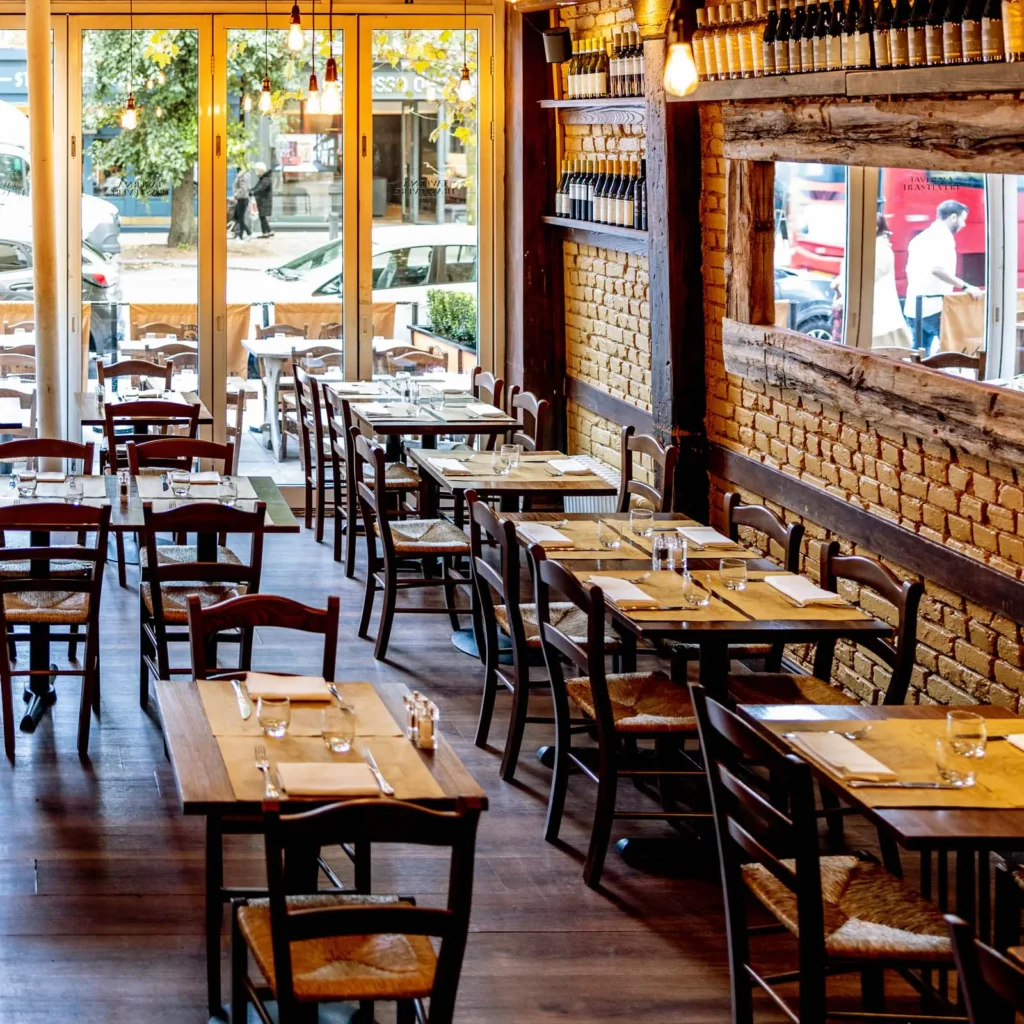
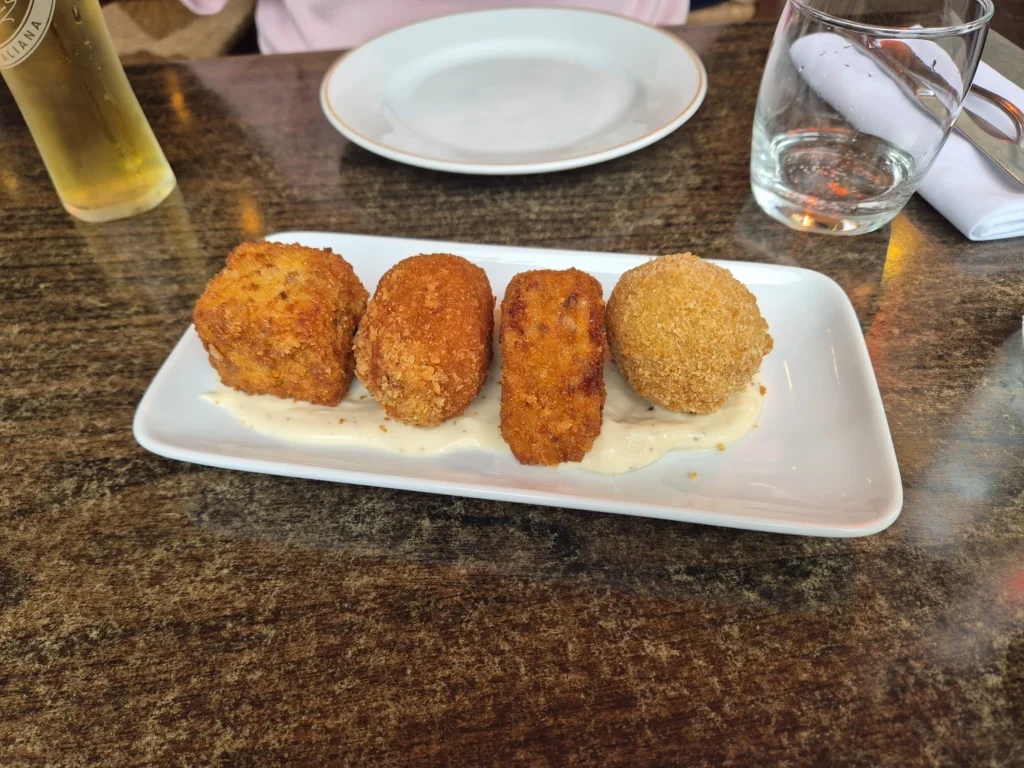
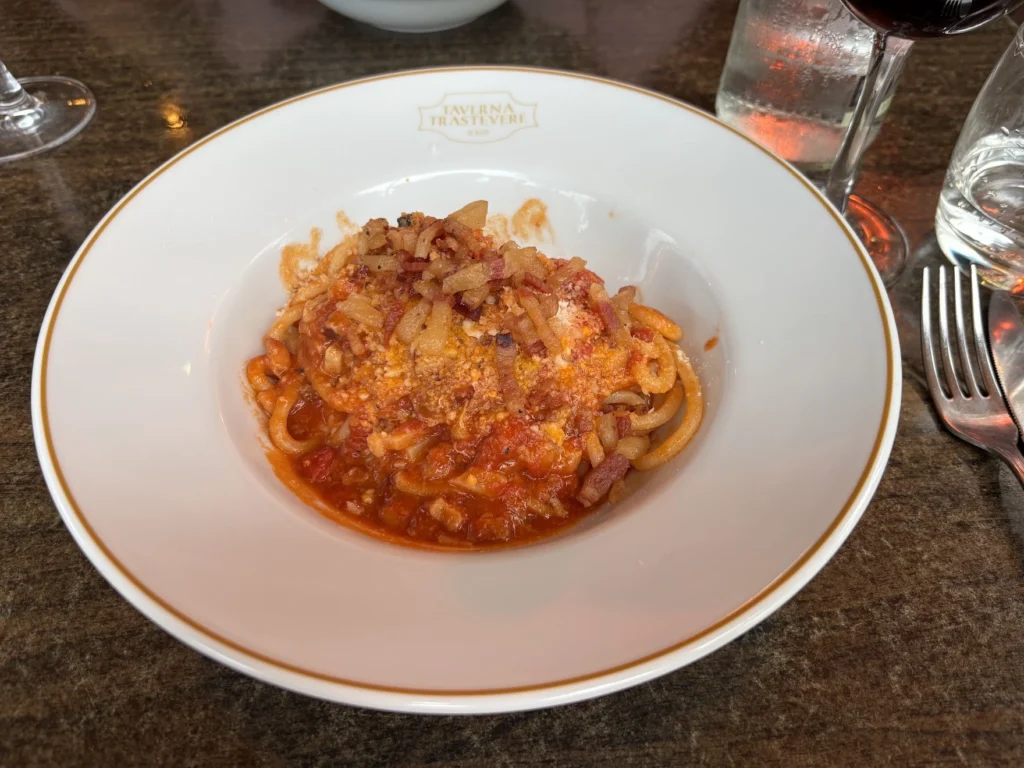

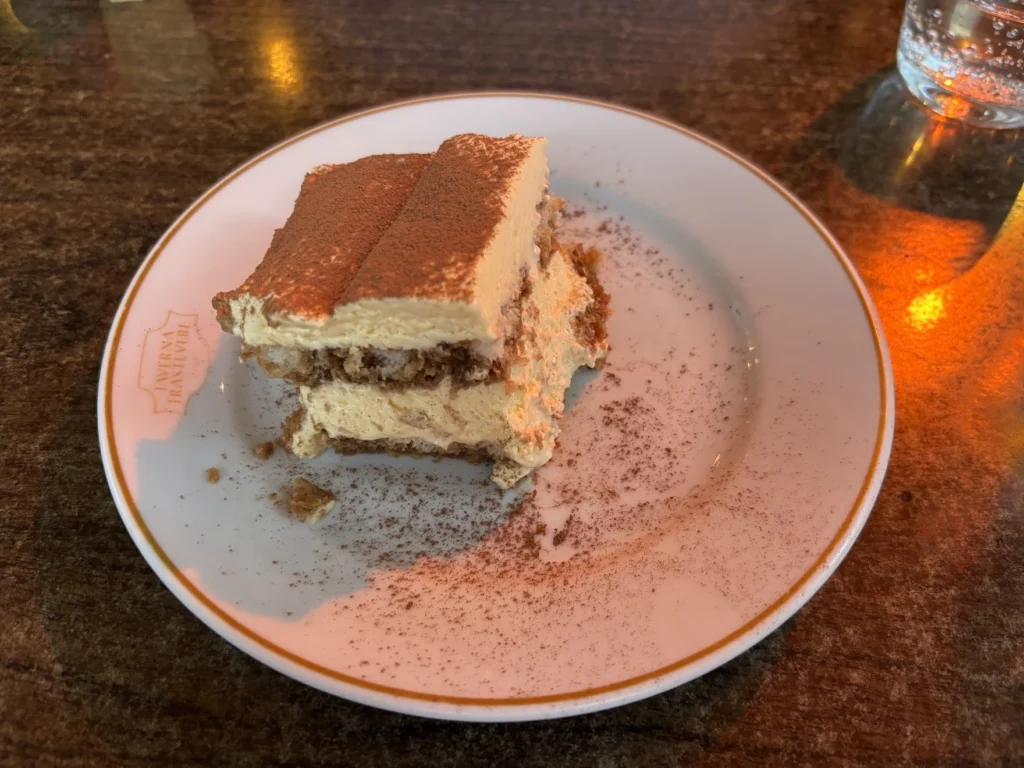
For mains, the saltimbocca (£24) is a standout, the veal escalope cooked sympathetically and properly perfumed with sage, while the pizza menu offers excellent Roman-style thin crust options. The wine list is thoughtfully Italian-focused – their house red, a fresh and juicy Trebbiano, and white, a crisp Montepulciano d’Abruzzo, both start at £6 per glass.
The restaurant oozes that warm, convivial atmosphere of a traditional Roman taverna, complete with outdoor seating perfect for summer dining. The service style matches this vibe – attentive but refreshingly unpretentious, with an all-Italian staff adding to the authentic experience.
Taverna Trastevere is open daily for lunch and dinner, making it equally suitable for a casual weekday pasta fix or a more elaborate weekend feast. While prices reflect the central London location and quality of ingredients (expect to pay around £40-50 per person for three courses with wine), the cooking’s unwavering commitment to Roman traditions makes it a worthy addition to the area’s dining scene.
Website: tavernatrastevere.com
Address: 112 St John’s Hill, London SW11 1SJ
Kaosarn, St John’s Hill
Ideal for homely Thai food and BYOB drinks…
Clapham Junction station and the surrounding area certainly isn’t short on supermarkets and cash machines, which feels like an odd way to start an article about the best restaurants in Battersea, but bear with us.
You’ll need both for Kaosarn, a Thai bring-your-own-booze, cash-only restaurant whose no-frills, no-frippery mentality extends to the food in the best possible way. Here, the flavours are bold and upfront, with a country-spanning menu of the classics sure to perk up even the weariest of train-traveller.
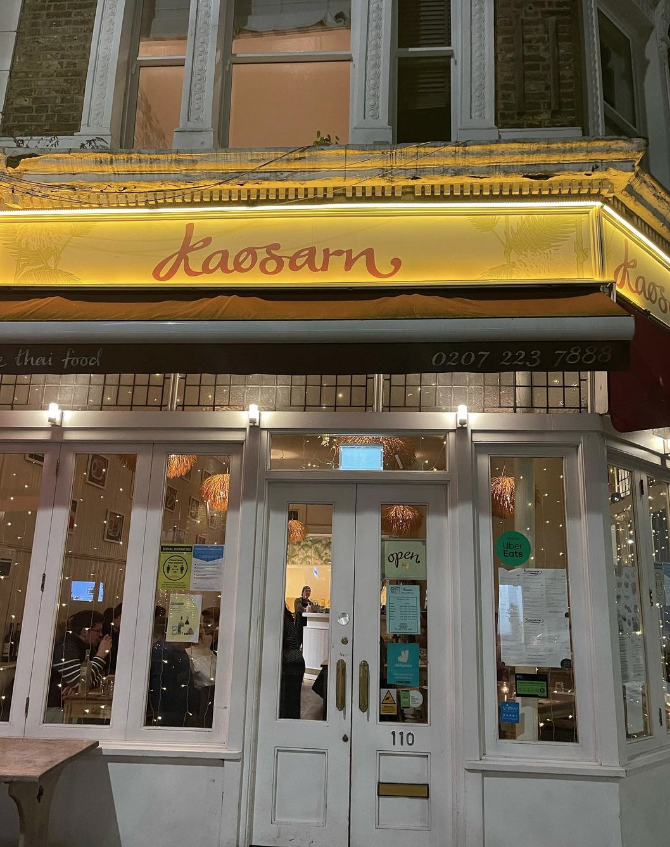

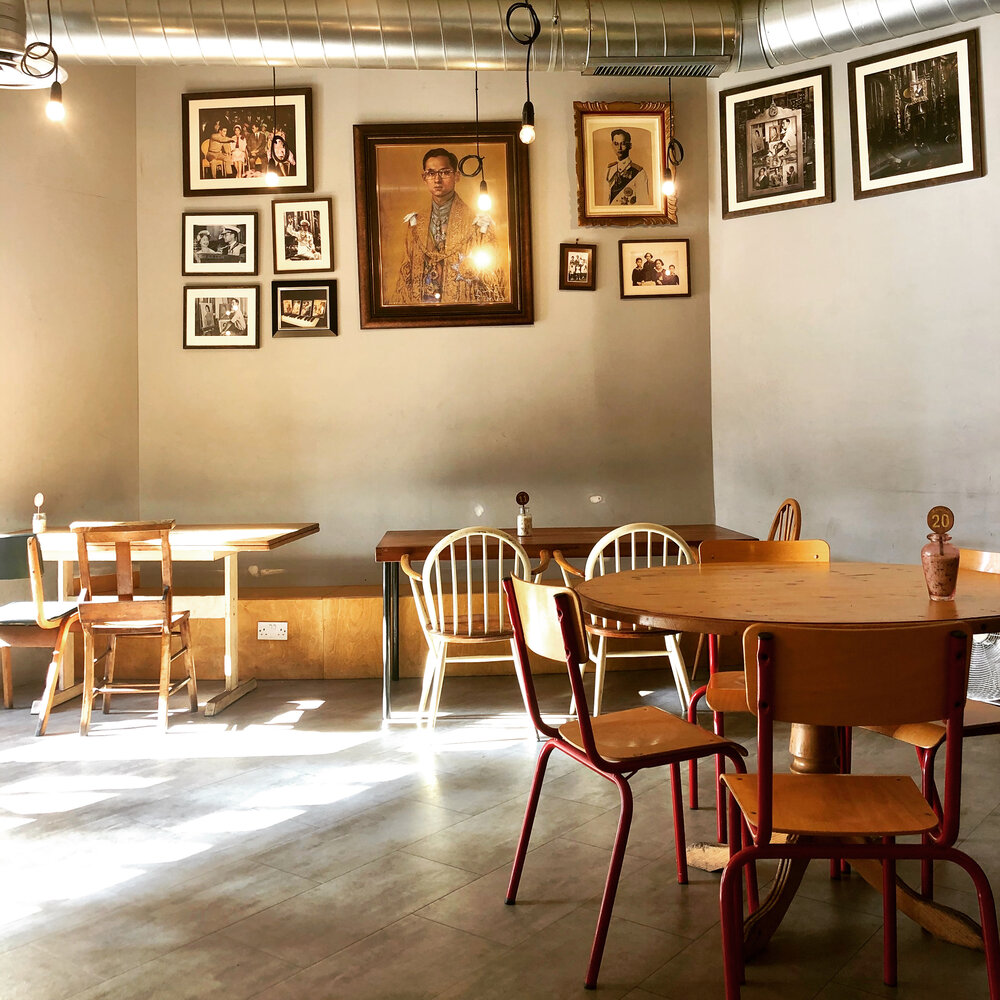
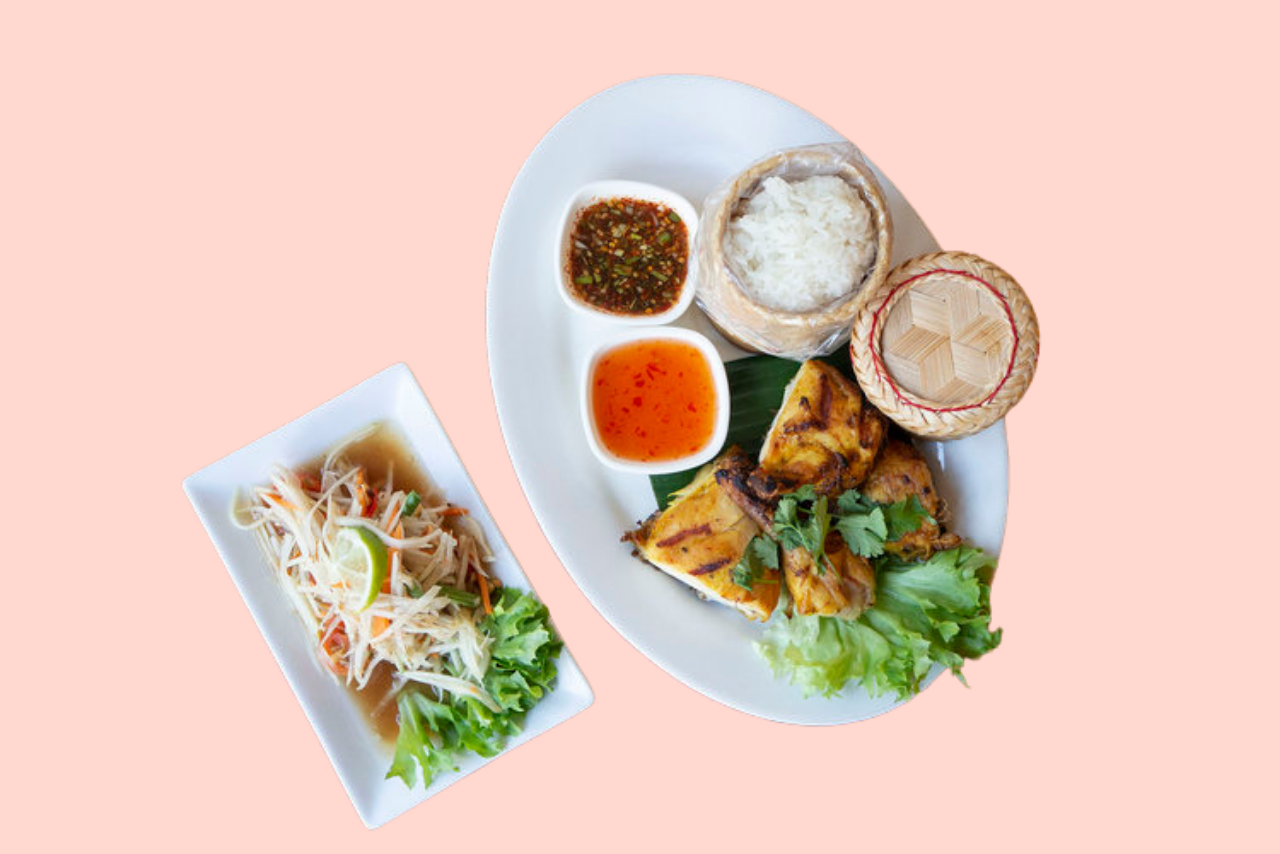
The restaurant’s Bangkok-style som tam was once named as one of Time Out’s best 100 dishes in London, and it certainly does the job. Order it alongside some grilled chicken (gai yang) and a basket of sticky rice (khao niao) and you’ve got an enlivening, uplifting Thai meal for less than £20.
Website: kaosarnlondon.co.uk
Address:110 St John’s Hill, London SW11 1SJ
Pizzeria Pellone, Lavender Hill
Ideal for some of South London’s best Neapolitan pizza…
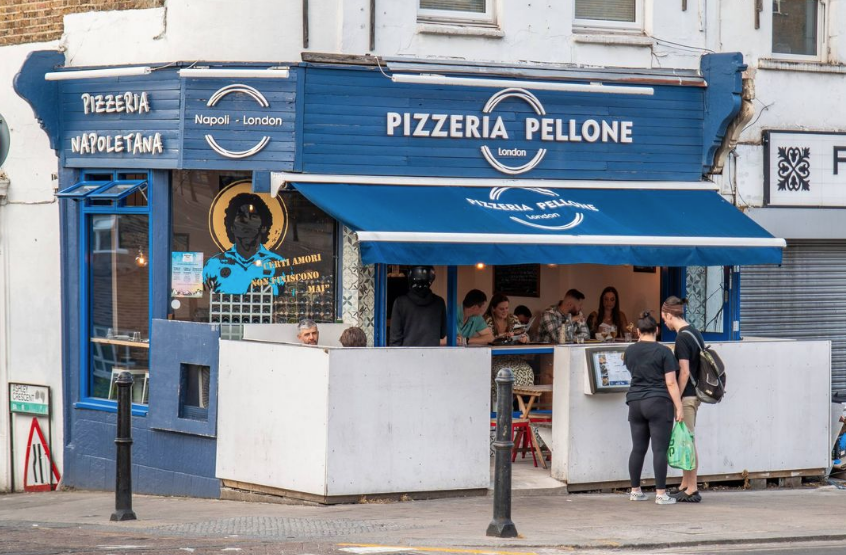
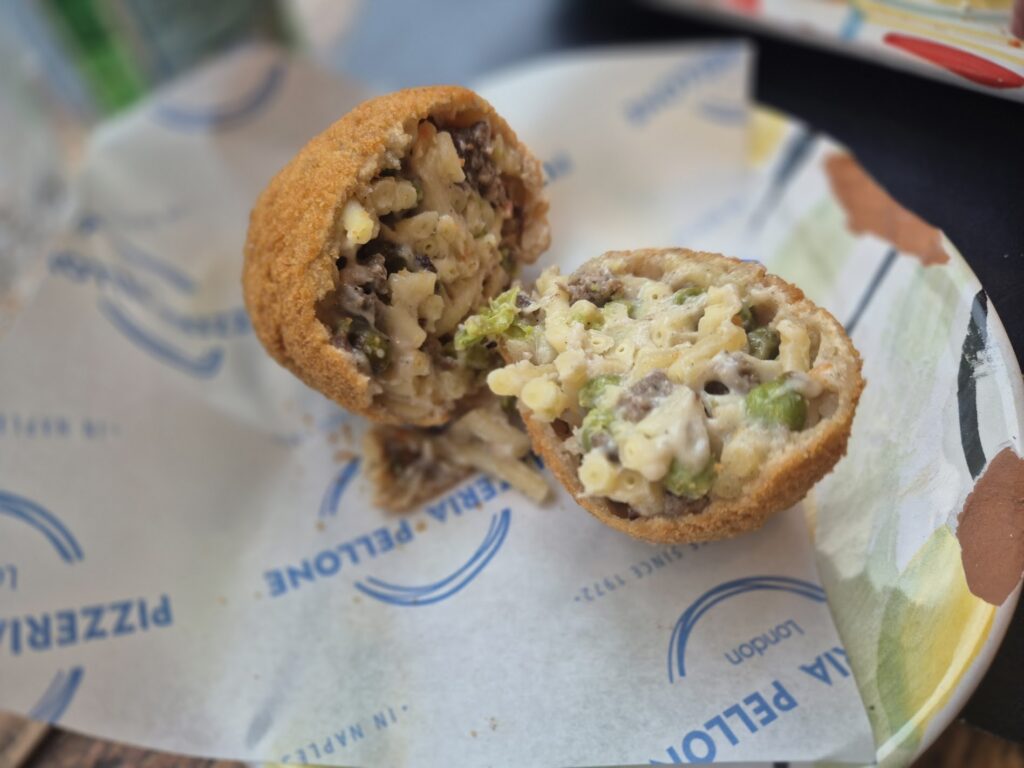


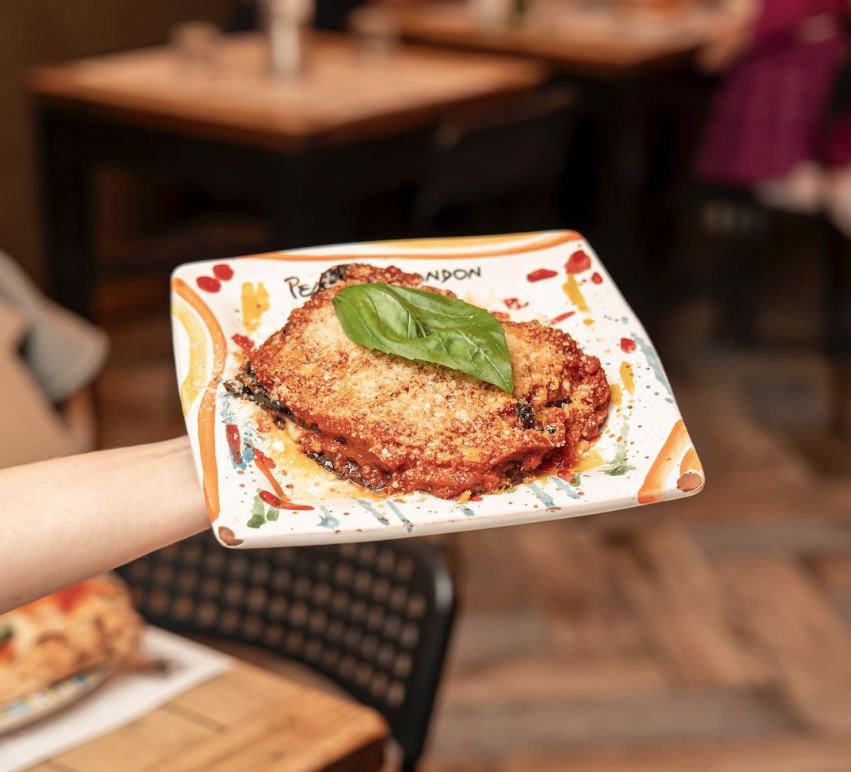
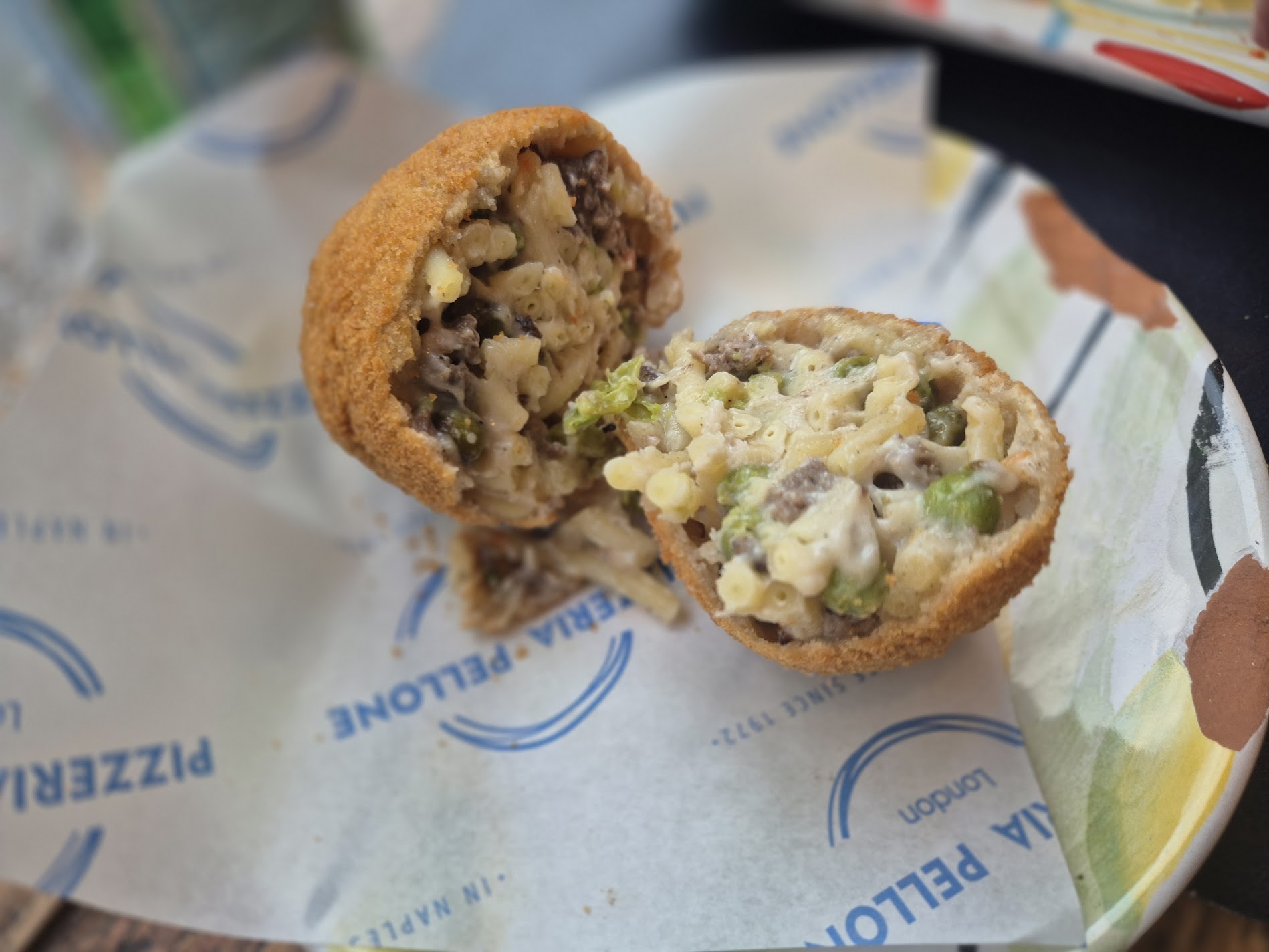
Enough of the football analogies; this is superb pizza, make no mistake, with authentic Neapolitan recipes here using Caputo flour, Gustarosso tomato sauce and Buffalo Mozzarella straight from Campania. That comes as no surprise; the family owns five Pizzeria Pellones in Naples, and their restaurants in the Motherland regularly receive plaudits.
That said, it’s in the Pizze Le Pizze Gourmet section of the menu where the real excitement lies; the white pizzas here are superb and the Calzone Fritto, heavy on the black pepper and punchy with housemade salami, is a cult classic.
Perhaps precede all of this with a trio of montanare classiche, that absurdly satisfying Naples streetfood snack of golden but greaseless dough (how do they do that?) topped with marinara sauce and parmesan. It’s such a good version here.
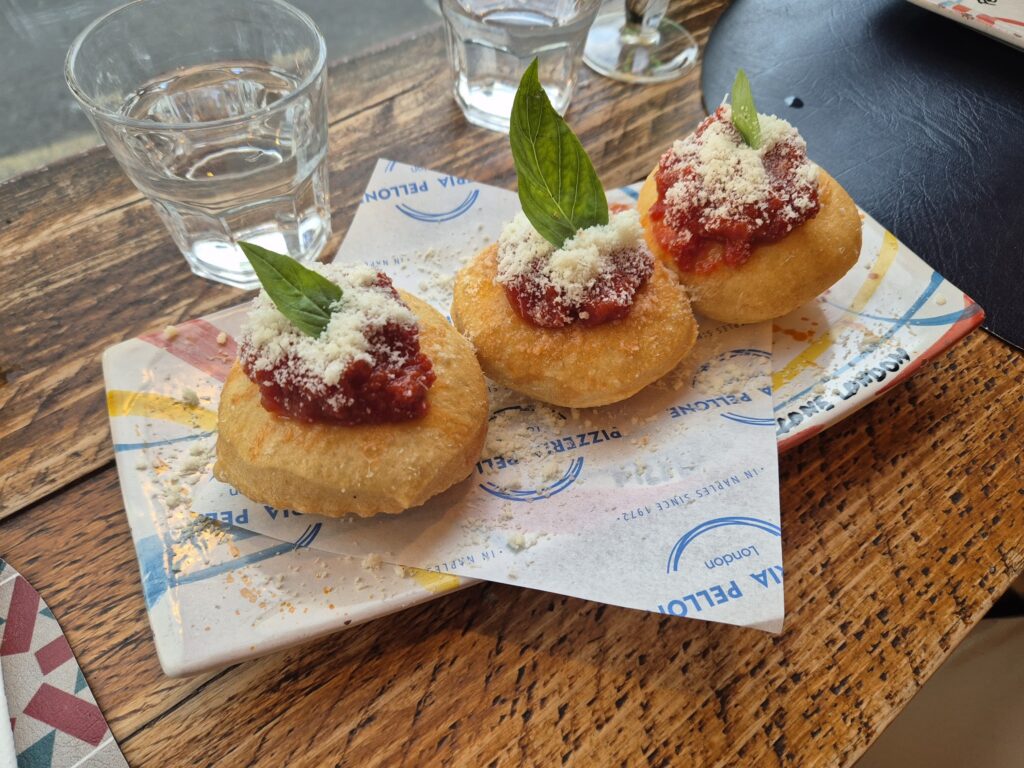

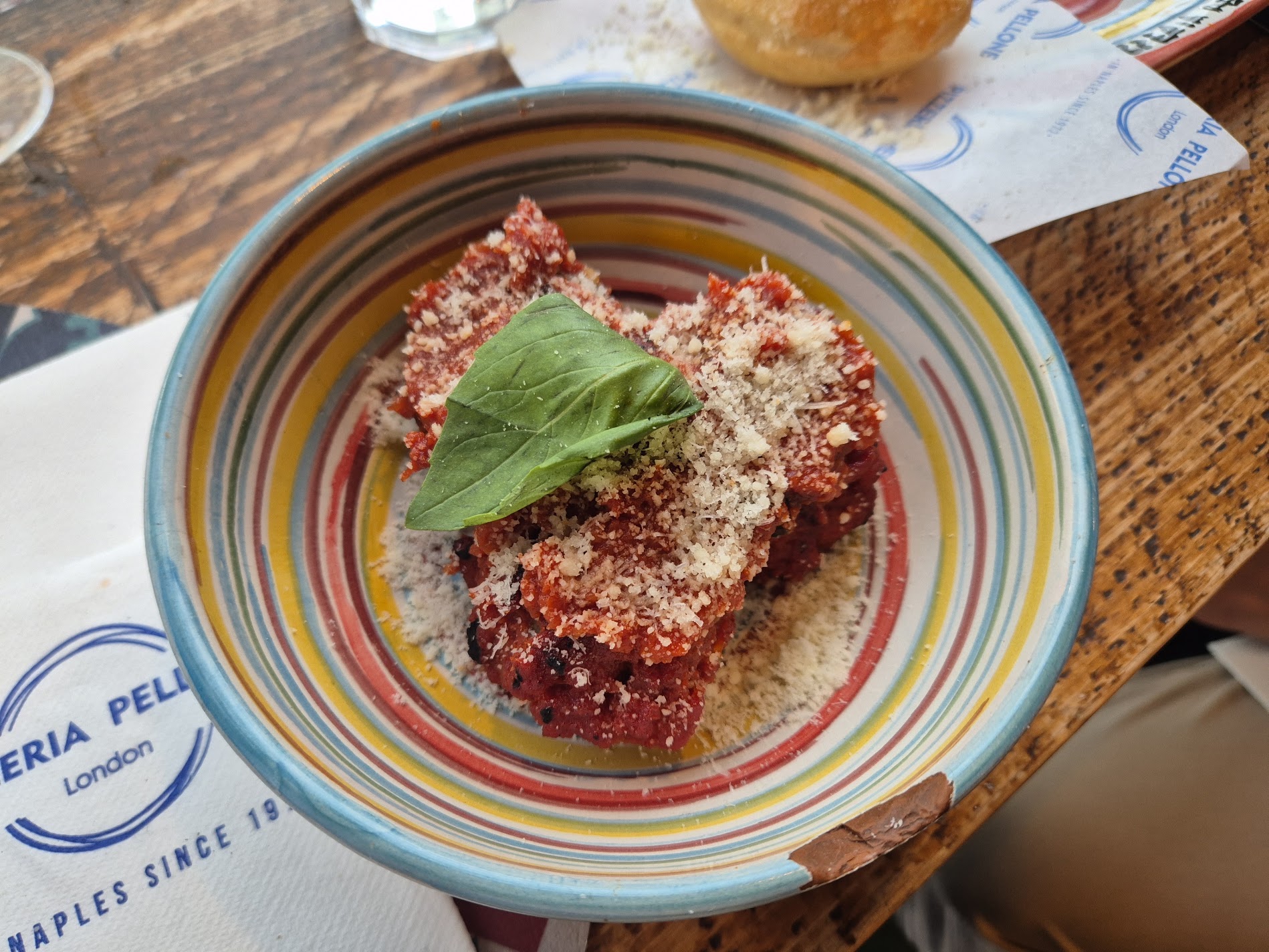
With Pizza Pellone currently available on Deliveroo and Uber Eats, this could very well be the best takeaway Neapolitan pizza in South London, too.
Considering the restaurant is just a fifteen-minute walk from Clapham Junction station and the pizzas take just a minute to cook in Pellone’s roaring hot wood-fired oven, if your train is delayed and you’re looking for a quick, delicious feed in the meantime, then this is the place to head. Or, they’ll deliver to the station; back of the net!
Website: pizzeriapellonelondon.co.uk
Address: 42 Lavender Hill, London SW11 5RL
Viet Caphe, St John’s Hill
Ideal for an exemplary banh mi, one of the best we’ve had outside of Vietnam…
Looking for an even faster, equally as satisfying meal close to Clapham Junction, that can be assembled to-go within just a few minutes? Keen to pair that with one of the most silky and luxurious liquid pick-me-ups on the planet? If you answered in the affirmative, then it’s to Viet Caphe you should head.
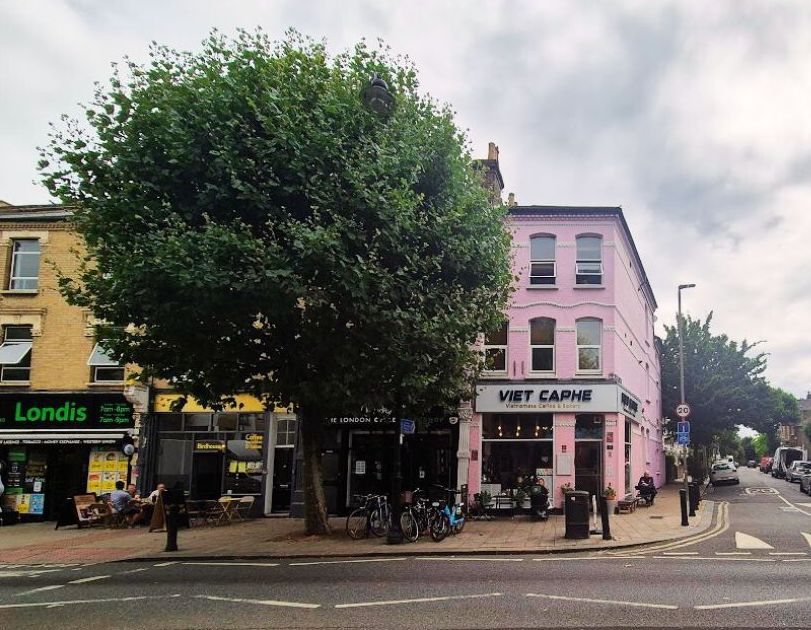
Open for less than a year and seemingly still in their soft launch stage, these guys are already knocking out some of the best banh mi in the city alongside a small selection of other light Vietnamese lunchtime staples like bun cha and summer rolls.
Anyway, back to that banh mi, which comes in a rundown of around nine (and growing) versions, most of which revolve around pork. We enjoyed the crispy pork version, which was generously filled with fatty pork belly and crackling, coriander and pickles, with all the rich mouthfeel and piquant cut through that entails. A glorious, exemplary banh mi, and one of the best we’ve had outside of Vietnam. We can’t wait to go back and get stuck into their menu more comprehensively.
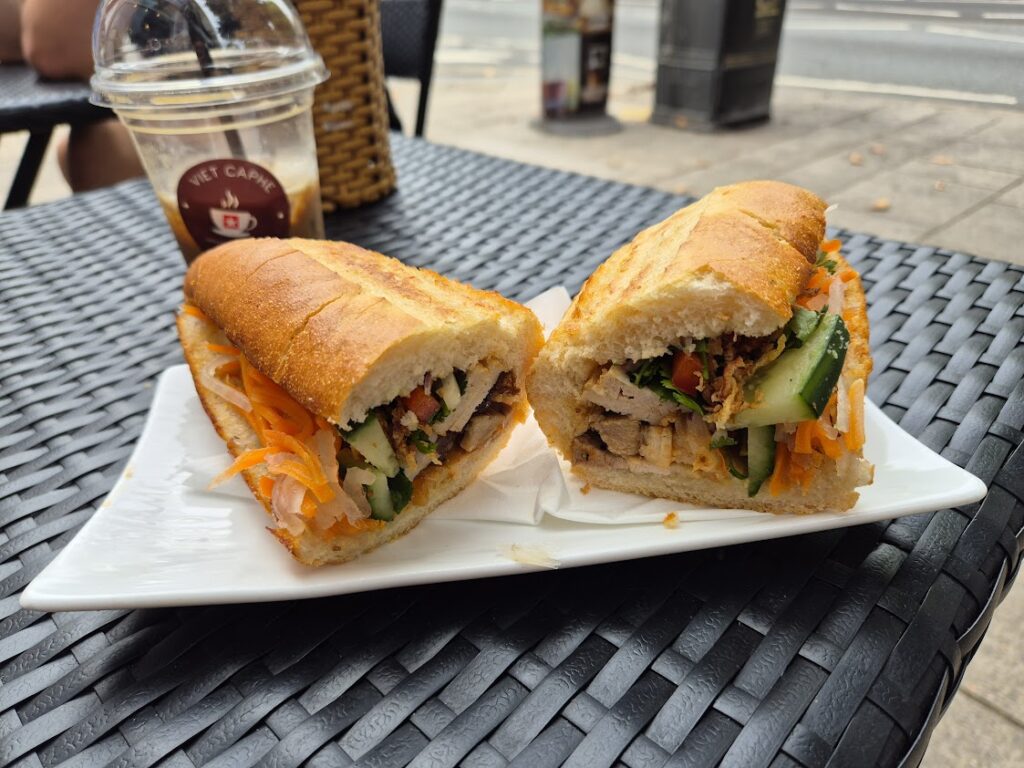
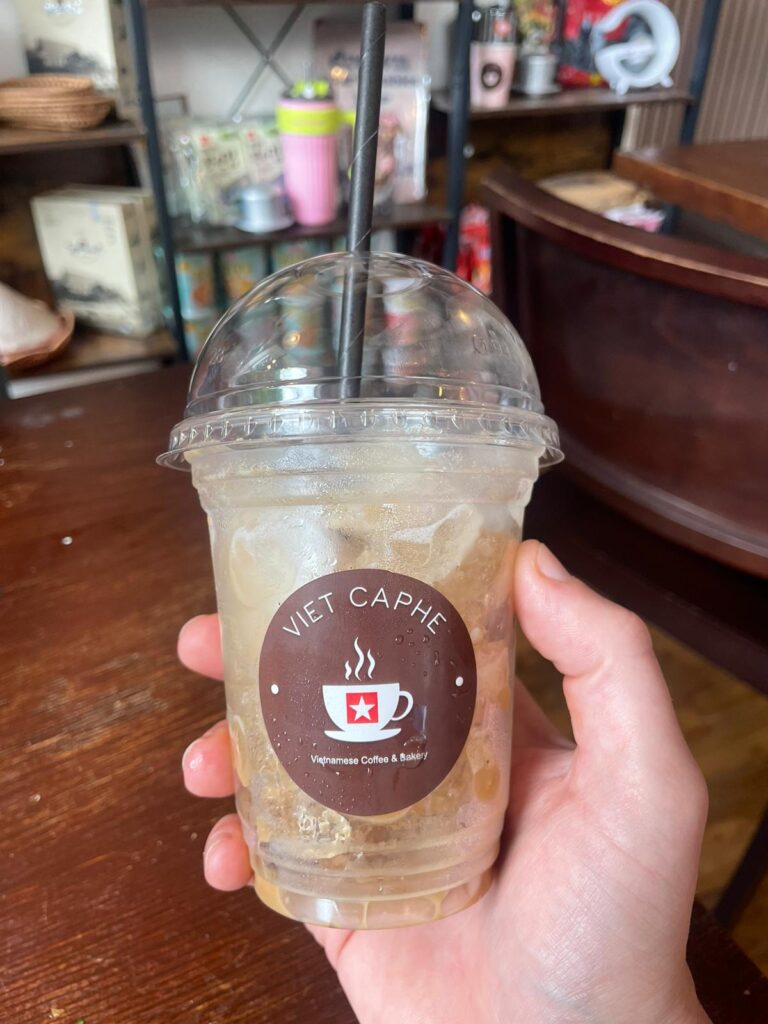

Right now, the restaurant is unlicensed, but they also do a fine Vietnamese iced coffee – strong, sweet and indulgent – that can also be taken away. Now that’s a train picnic your fellow passengers will be casting covetous glances at.
Just leave Clapham Junction at the St John Hill’s exit and head up that hill for five minutes. Look for the pastel pink building and block, italics capitals of VIET CAPHE, and know you’re in business.
Address: 127 St John’s Hill, London SW11 1SZ
Hana, Battersea Rise
Ideal for when you fancy Korean comfort food but can’t be arsed to trek to New Malden…
Hana, seven minutes up from Clapham Junction (turn left out of the station, not right), is a family-run Korean spot has been pleasing SW11 palates with faithfully rendered Korean comfort cooking since 2012. The 20-seat space might be small, but when the stone bowl bibimbap arrives hissing like an angry cat and its aroma beckons you in like a waving one, you’re know you’re among as many friends as you could possibly need.
The restaurant once had Michelin recognition (genuinely not sure why they don’t anymore; it’s as good as ever), though you wouldn’t know it from the prices. The family who run it named the place after their daughter Hannah (Hana means ‘one’ in Korean), and there’s something rather lovely about how they’ve stuck to traditional Korean cooking while making Battersea locals feel at home. Inside, it’s all dark wood furnishings, pretty hanging lamps, and service that knows when to chat and when to leave you to your soju. If you truly don’t feel like chatting, you can bury yourself deep in the bowels of the place, behind a translucent byeongpung, and, erm, bury yourself deep in a bowl from the place. That’s a sentence that really doesn’t work, but we’re leaving it in anyway…
The bossam (£16.50) arrives as slow-cooked pork belly with lettuce wraps. No fancy garnishes here; just meat that is tender and fat that is wobbly, ready to be wrapped up with their ferocious house kimchi. Their bulgogi gets its sweetness from fruit marinades, while the homemade Hana mandu are plump dumplings (hey, how about we start calling these guys ‘plumplings’? guys? GUYS?) that put Itsu’s efforts to shame.
But it’s the dolsot bibimbap that really shows what they’re about. That stone bowl comes out nuclear-hot, raw beef cooking as you mix everything together with house gochujang. At under fifteen quid, it’s the kind of dish that ruins you for the watered-down versions you’ll increasingly find on the high street. There’s a round of complimentary banchan too, just as it should be.
Most dishes hover around £10-15, portions are generous enough that you’ll waddle back to the station, and after 13 years in the same spot, they’ve clearly worked out what the neighbourhood wants. Closed on Mondays.
Address: 60 Battersea Rise, SW11 1EG
Instagram: @hana_korean
Tamila, Northcote Road
Ideal for soul-stirring South Indian food that will ruin your local brunch spot forever…
South Indian cooking has landed on Northcote Road with Tamila, the latest venture from the team behind north London favourites The Tamil Prince and The Tamil Crown. Since opening in October of last year, it’s quickly made an impact, not for its curries so much, but more for its brunch. Quickly, it’s become the kind of place that makes you question why you ever waited 45 minutes for mediocre eggs Benedict on a particularly ropey Sunday morning. That Gail’s a minute down the road? It’s not longer getting a look in…
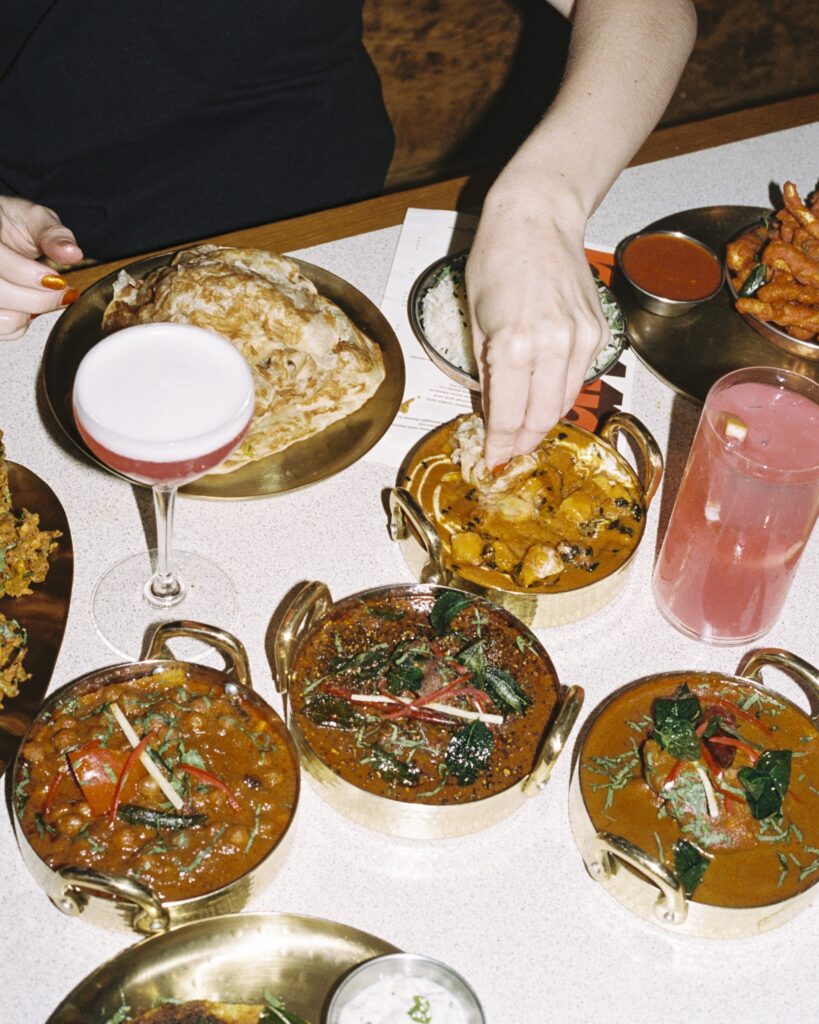
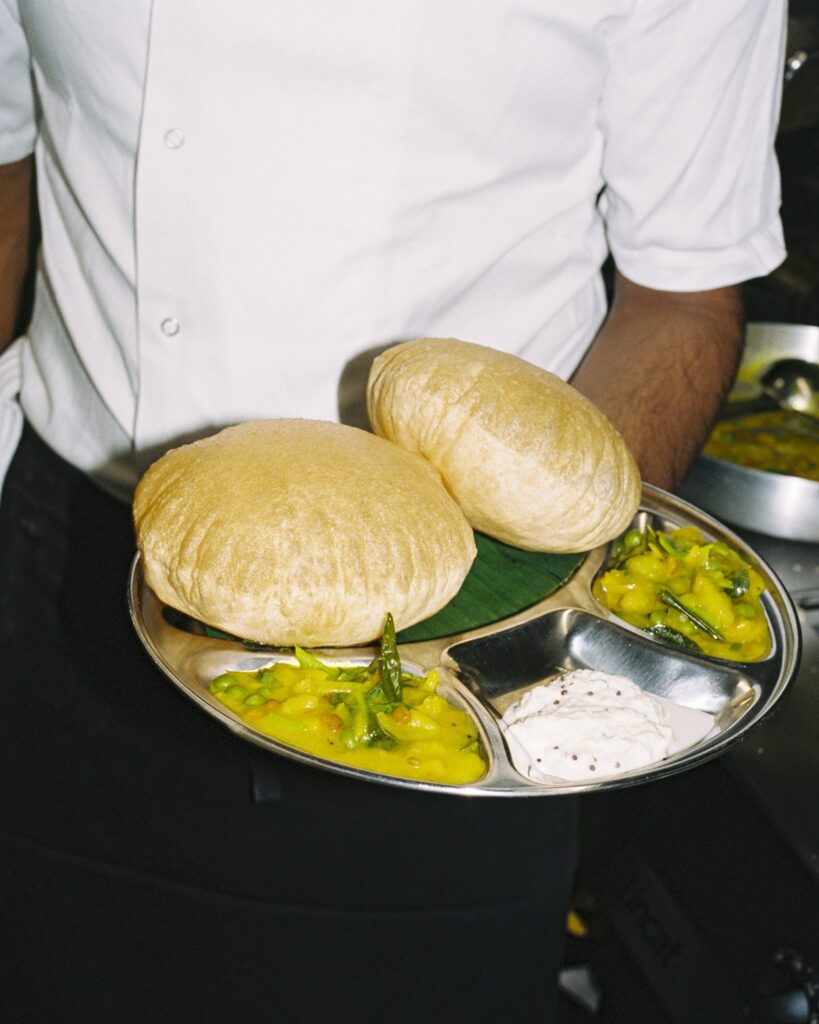
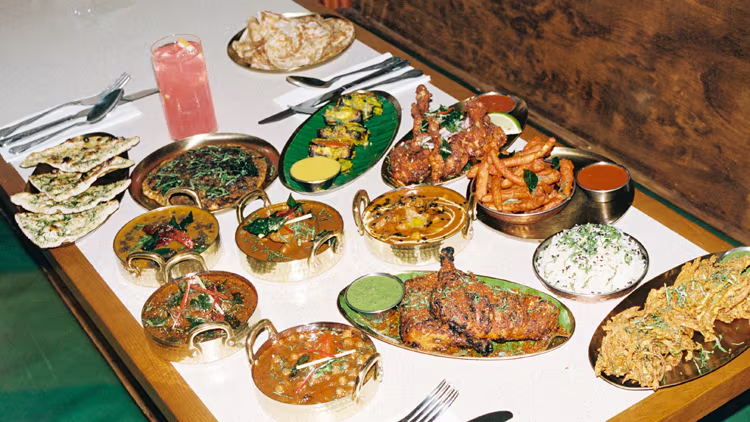
Unlike its pub-dwelling siblings up north, Tamila takes a more casual approach. The space is simple – whitewashed walls, wooden tables, booth seating – but the aroma of spices blooming that drifts from the open kitchen brings all the ambience you need here. That, and the steady stream of dosas floating past your table that will have you flagging down the waiter before you’ve even taken your coat off. That sounds like we’re planning to wear those dosas. Come to think of it, they’d make good sleeves…
…Speaking of those dosas – they’re the real deal. The masala version comes as a golden-brown crisp scroll hiding spiced potato masala within, served alongside coconut chutney and sambar that you’ll want to ask for extra of. At £9, it’s also one of the best value breakfasts in the area. The medhu vadai, those savoury lentil doughnuts that could teach their sweet cousins a thing or two about depth of flavour, are another morning winner.
As day turns to evening, the kitchen becomes a different thing, but it’s still satisfying, generous grub that serves up enough intrigue to represent a decent alternative to the area’s more old school curry houses. The Thanjavur chicken curry brings complex, layered spicing and the Chettinad lamb curry carries enough punch to wake up even the weariest commuter. Their dhal is treated with the respect it deserves here – creamy, deeply flavoured, and perfect with their exemplary rotis.
The Gunpowder Margarita has been proving particularly popular with the always-thirsty Northcote Road crowd. If that’s a little bracing, there’s a house Tamila lager that does exactly what you want it to, and a concise wine list that won’t frighten the accountants, who you’ll be dining next to, most likely.
Such has been the success (this place boasts a healthy bottom line, we’d wager) of this south London outpost that a second Tamila is already on the way, set to open in King’s Cross this month. But there’s something special about this original – Tamila feels like it’s been here forever, even though it’s only just getting started.
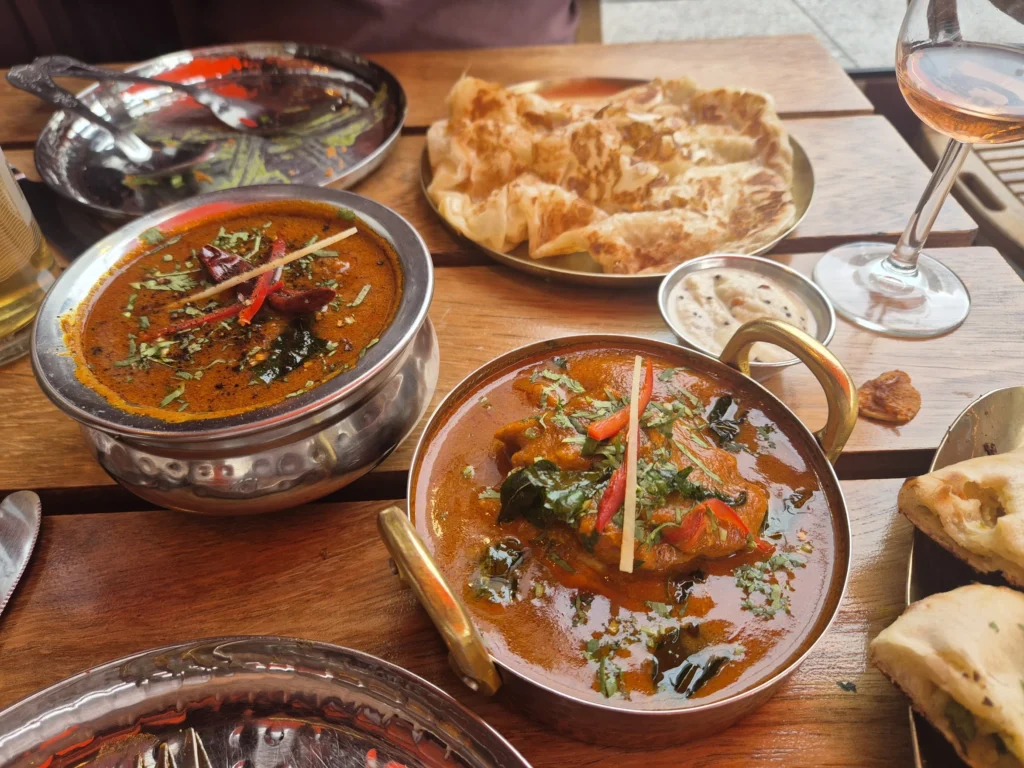
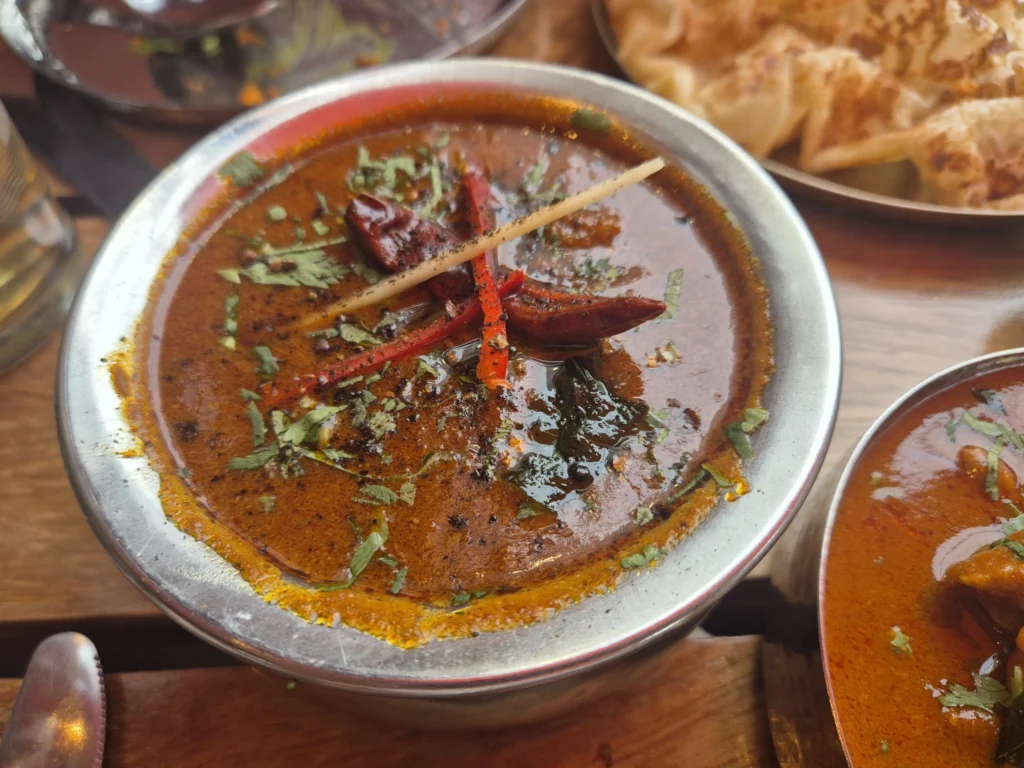
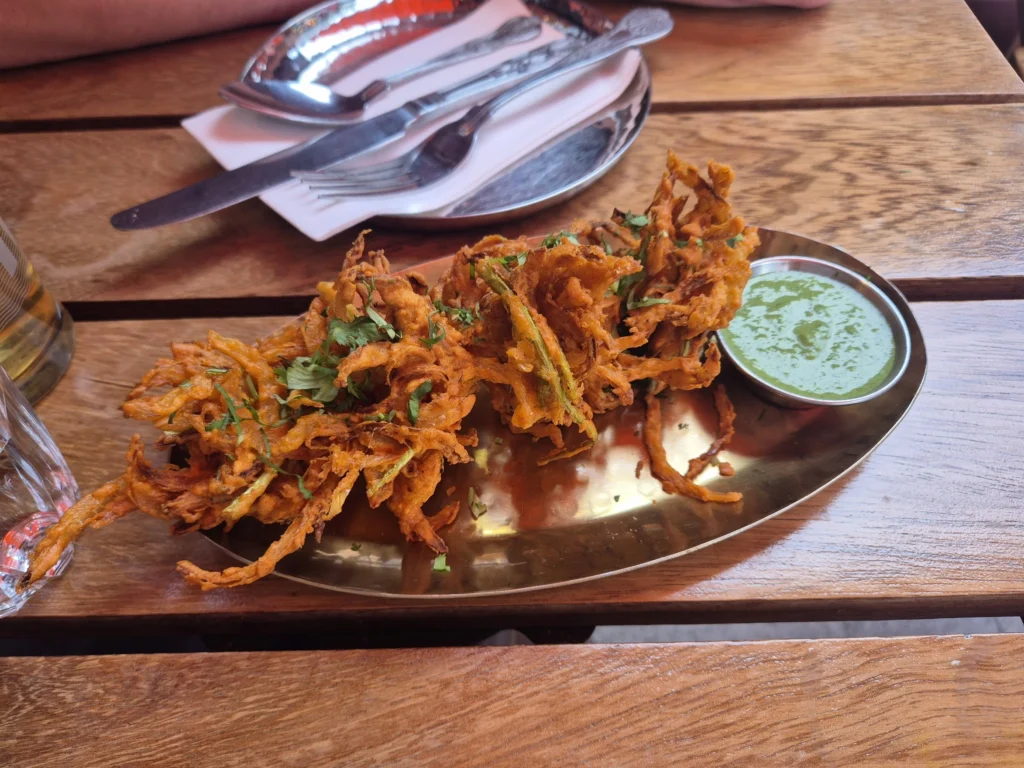
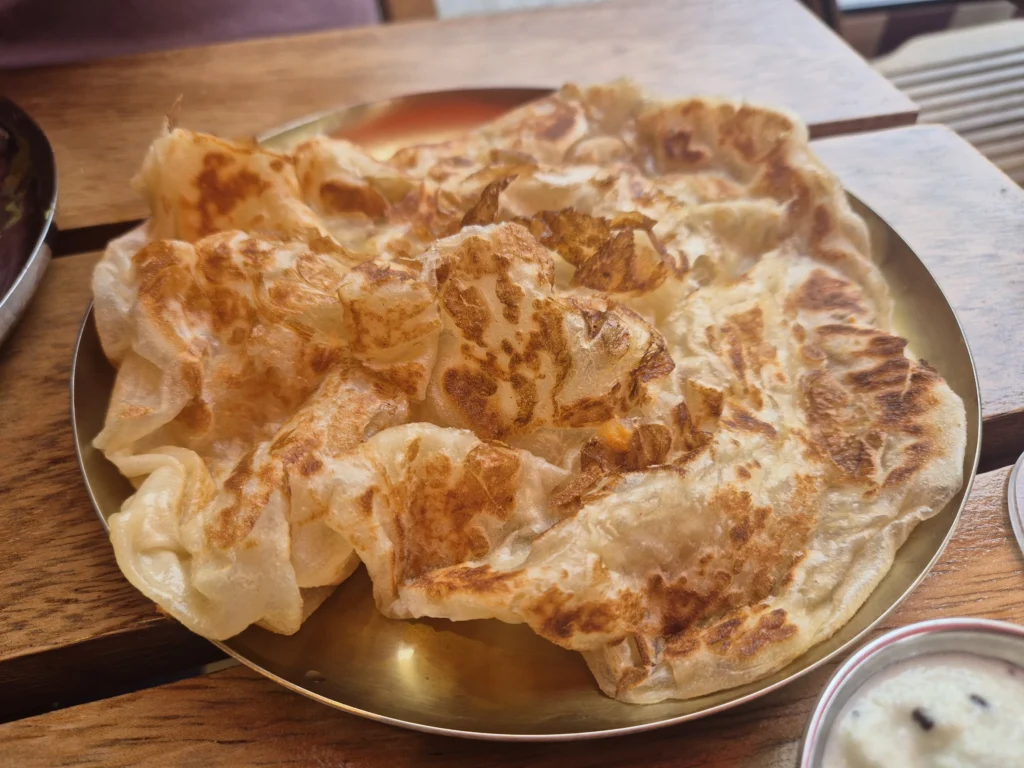
Website: tamila.uk
Address: 39 Northcote Rd, London SW11 1NJ
Franco Manca, Northcote Road
Ideal for one of the best-priced pizzas pizzas you’ll find in the capital…
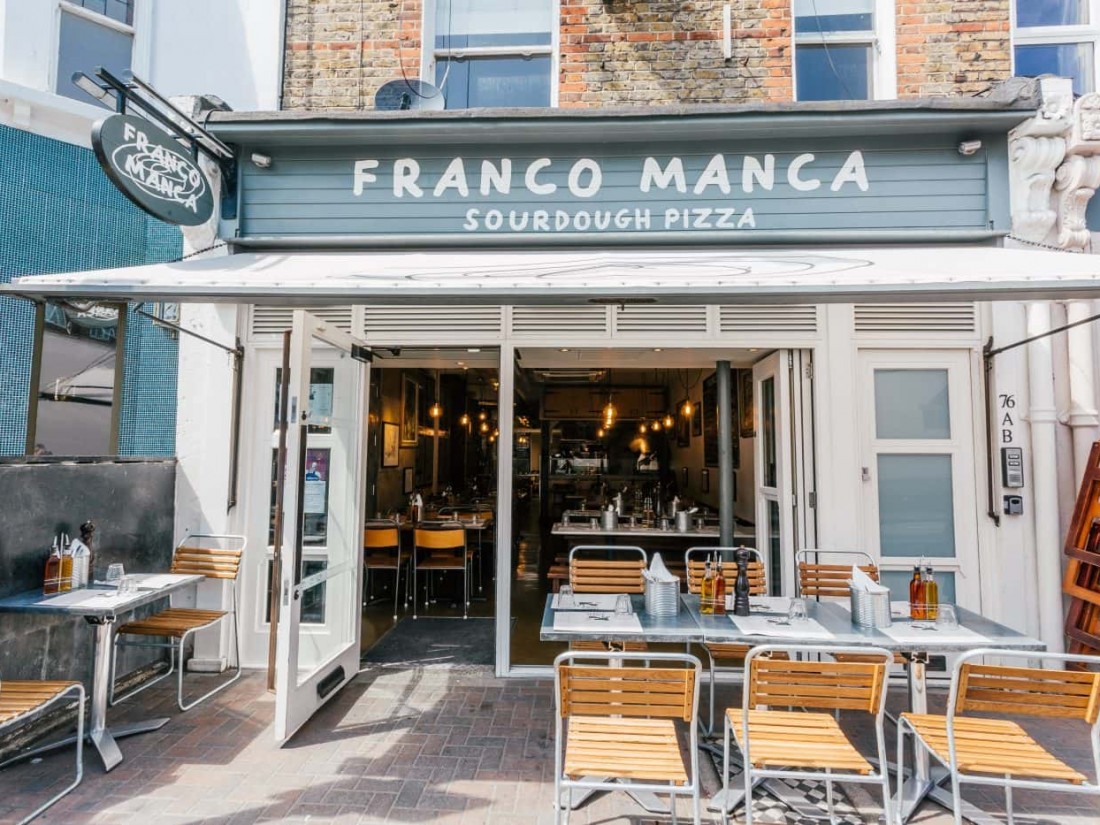
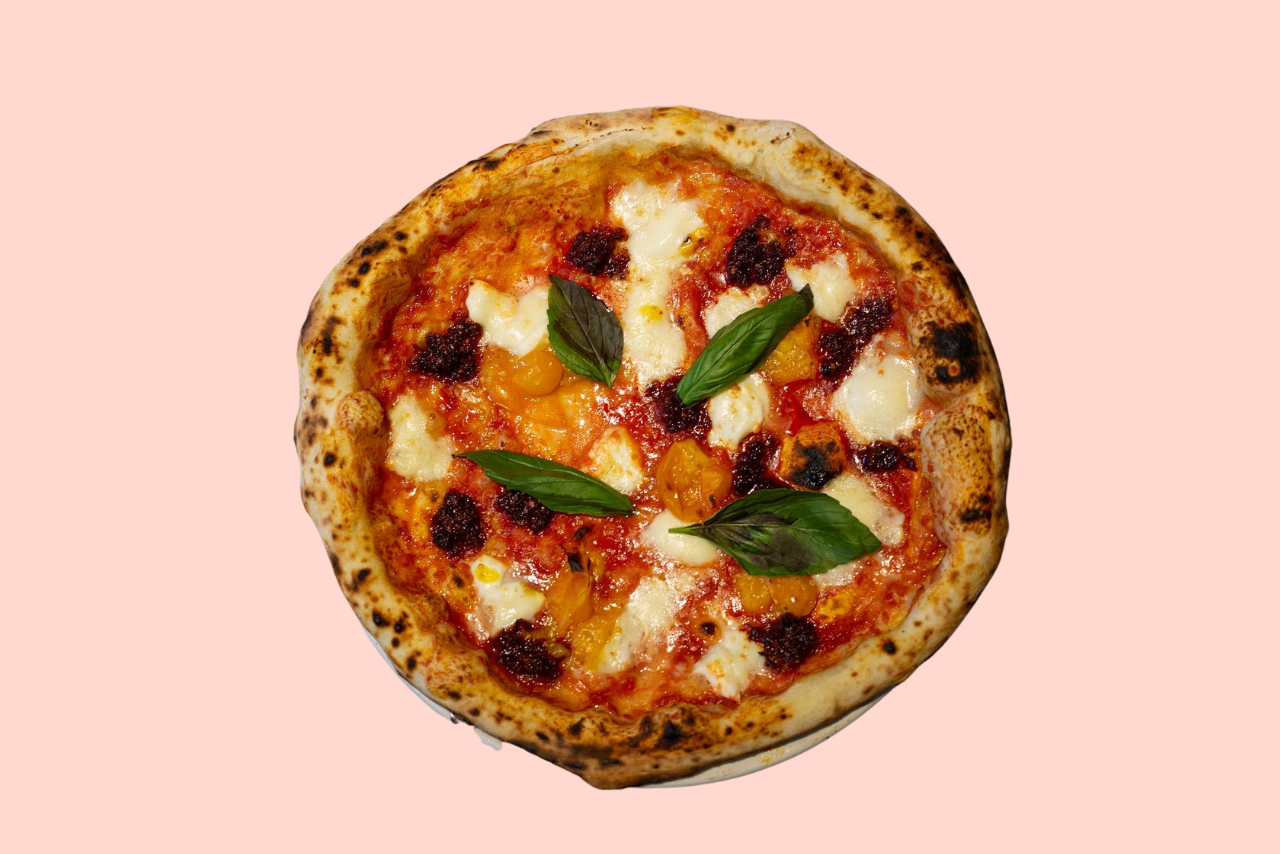
Or, if you’re heading south out of Clapham Junction station rather than climbing the hill northeast, then you’ll find a pretty decent, super quick pizza on Northcote Road at Franco Manca.
All-conquering Franco Manca pizzeria doesn’t need much in the way of an introduction; it seems to be on every street corner of London these days. No, that we’re not complaining – it is still one of the best-priced pizzas you’ll find in the capital.
The trick is in their sourdough base, with the addictive tang only a great ferment brings. Options are limited but inclusive, all part of the places’ charm, with no danger of being gripped by the paradox of choice when scrutinising the simple, streamlined menu. A place like this lives and dies by the pizza itself, and fortunately for all of London, Franca Manca appears to be immortal.
Website: Francomanca.co.uk
Address: 76 Northcote Rd, London SW11 6QL
Osteria Antica Bologna, Northcote Road
Ideal for home style, comforting Italian food…
On a street largely defined by mid-range chain eateries, Northcote Road’s best ‘neighbourhood’ restaurant is Osteria Antica Bologna, a warm and welcoming Italian which has been in the same spot for over two decades and does all of the simple, rustic things just right.
So, that’s freshly made pasta, ragus that taste like they’ve been bubbling since the restaurant opened, risotto that’s genuinely cooked to order (please allow for 20 minutes) and, if you’re feeling particularly ravenous, a Bistecca alla Fiorentina, that famous chargrilled T-bone steak beloved of Tuscany.
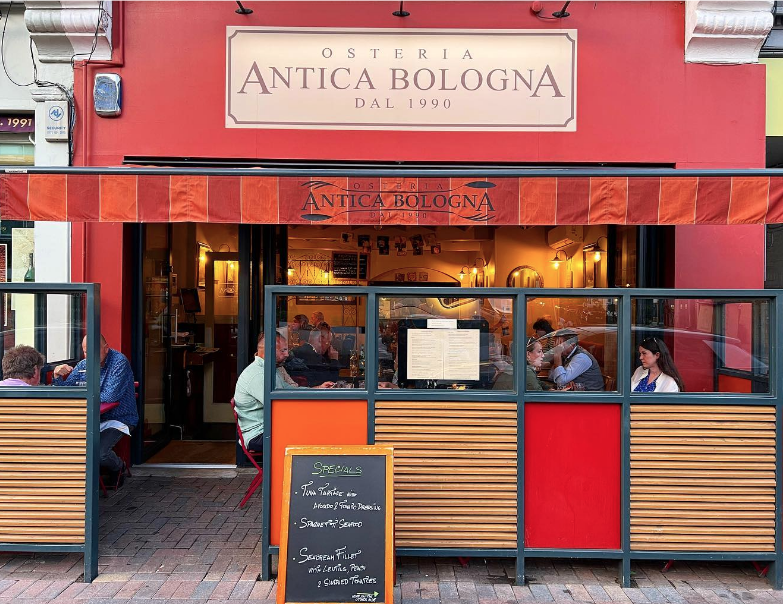
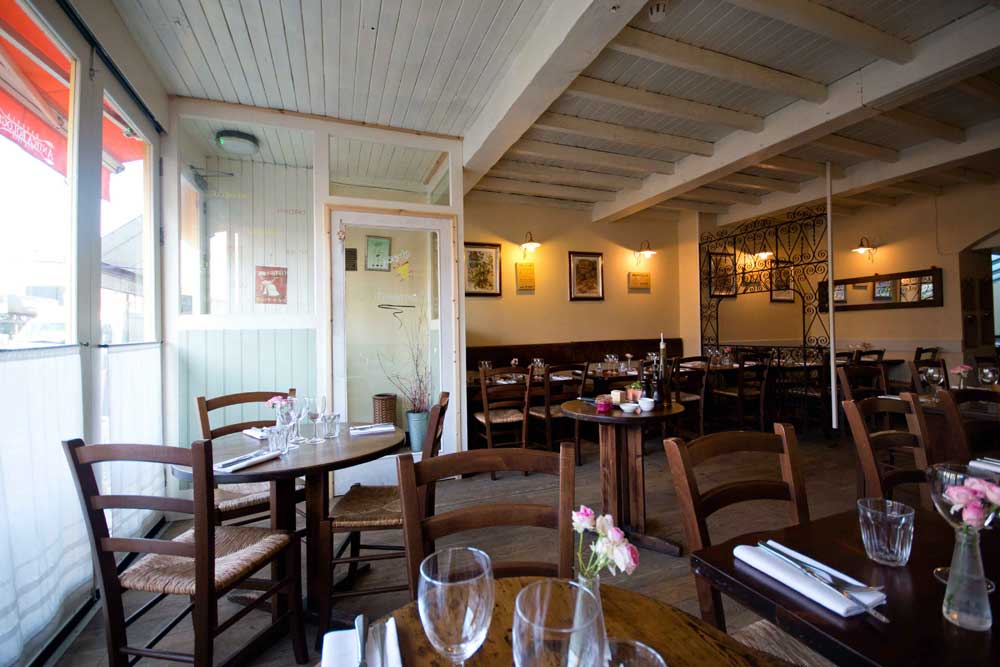
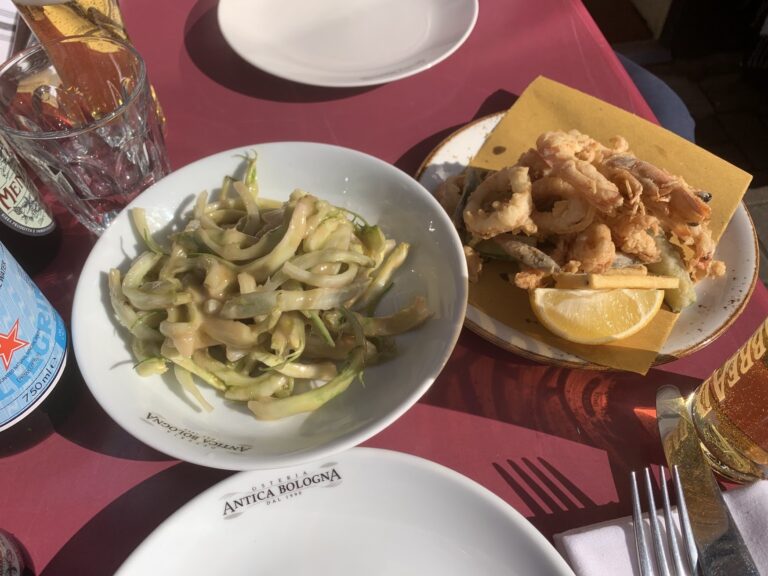
With affordable wine by the glass and a convivial atmosphere every night of the week (except Mondays, when it’s closed), it’s no wonder that Osteria Antica Bologna is such a hit with the locals.
Website: osteria.co.uk
Address: 23 Northcote Rd, London SW11 1NG
Ploussard, St John’s Road
The ideal neighbourhood restaurant and natural wine bar…
It’s the type of place that this corner of town has been crying out for; a natural wine bar that just happens to do deceptively simple, simply delicious things with seasonal British produce, ready to rival the steady stream of openings out East that seem to have perfected this concept.
Enter Ploussard, which ticks all of the boxes above and then some, all in a space that manages to be both austere but warm, the gentle, oscillating thrum of chatter and clinking classes soundtracking the sharing of plates and your own vital conversation.

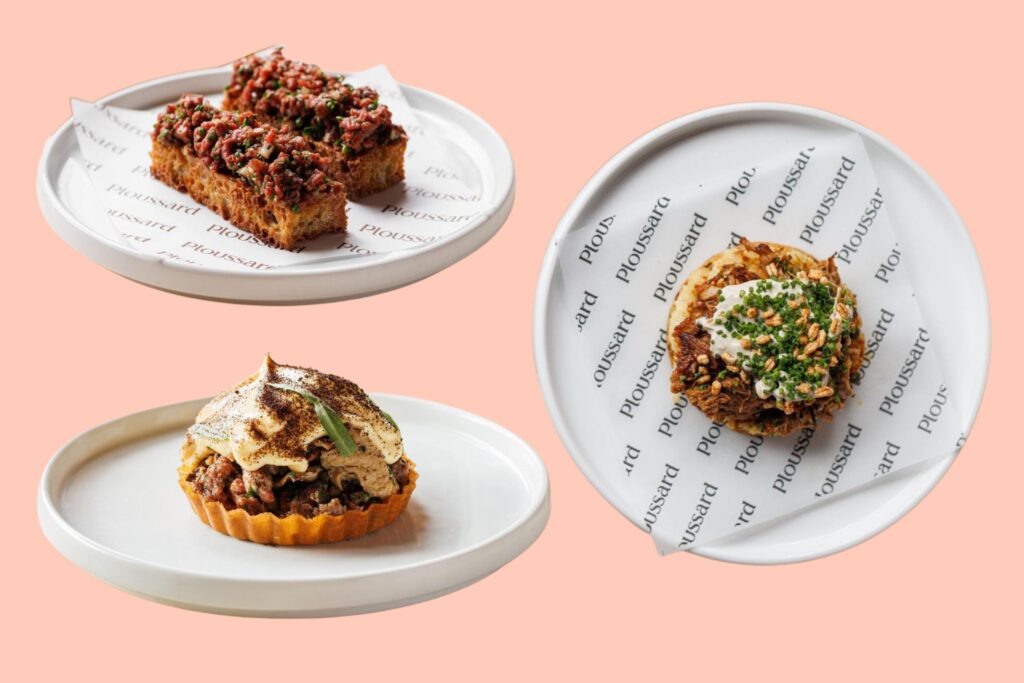

Of those plates, a lamb and anchovy crumpet is as vibey and as delicious as it sounds, but try sharing one; it’s not possible. Even better – at their very best in fact – were hulking asparagus spears, al dente and vibrant green, laying under good dose of pert and piquant sauce gribiche. The two dishes actually worked beautifully in tandem, in fact – a spear and a touch of that sauce draped over the umami laden crumpet brought a whole new meaning to the sharing plates concept. Yours, as a pair, for under £20.
Though it’s positioning itself as a neighbourhood bistro of sorts, in the mould of Paris’ bistronomy movement, this isn’t a place to just pop in for a quick glass of wine on your way home from work; Ploussard, named after a prized French red grape variety typically grown in the eastern region of Jura, is already packed out every night of the week (except Mondays, when the doors remain bolted).
That said, it’s much easier to simply stroll in on a weekday lunch, and relax into this new Battersea gem. With several wines sold by the glass for just £6.50, it’s a place we can see ourselves relaxing into rather a lot this year.
Website: ploussardlondon.co.uk
Address: 97 St John’s Rd, London SW11 1QY
Sinabro, Battersea Rise
Ideal for modern French food with some global flourishes…
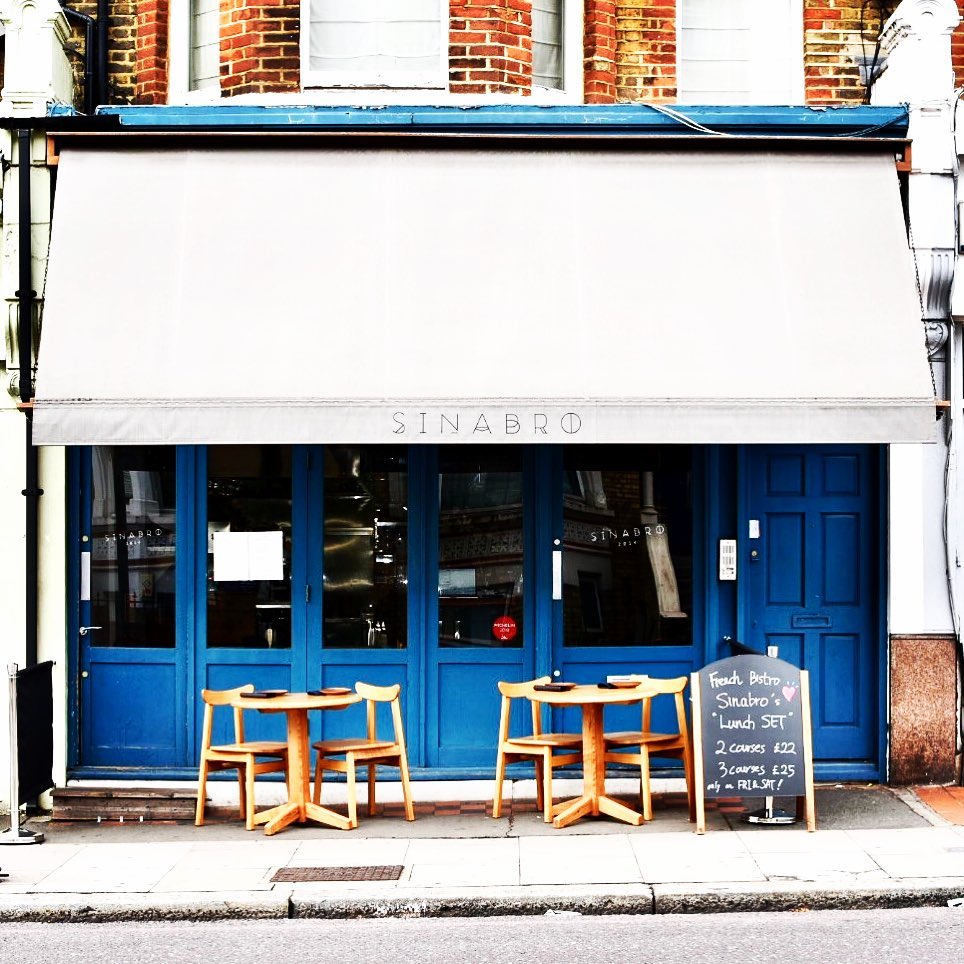
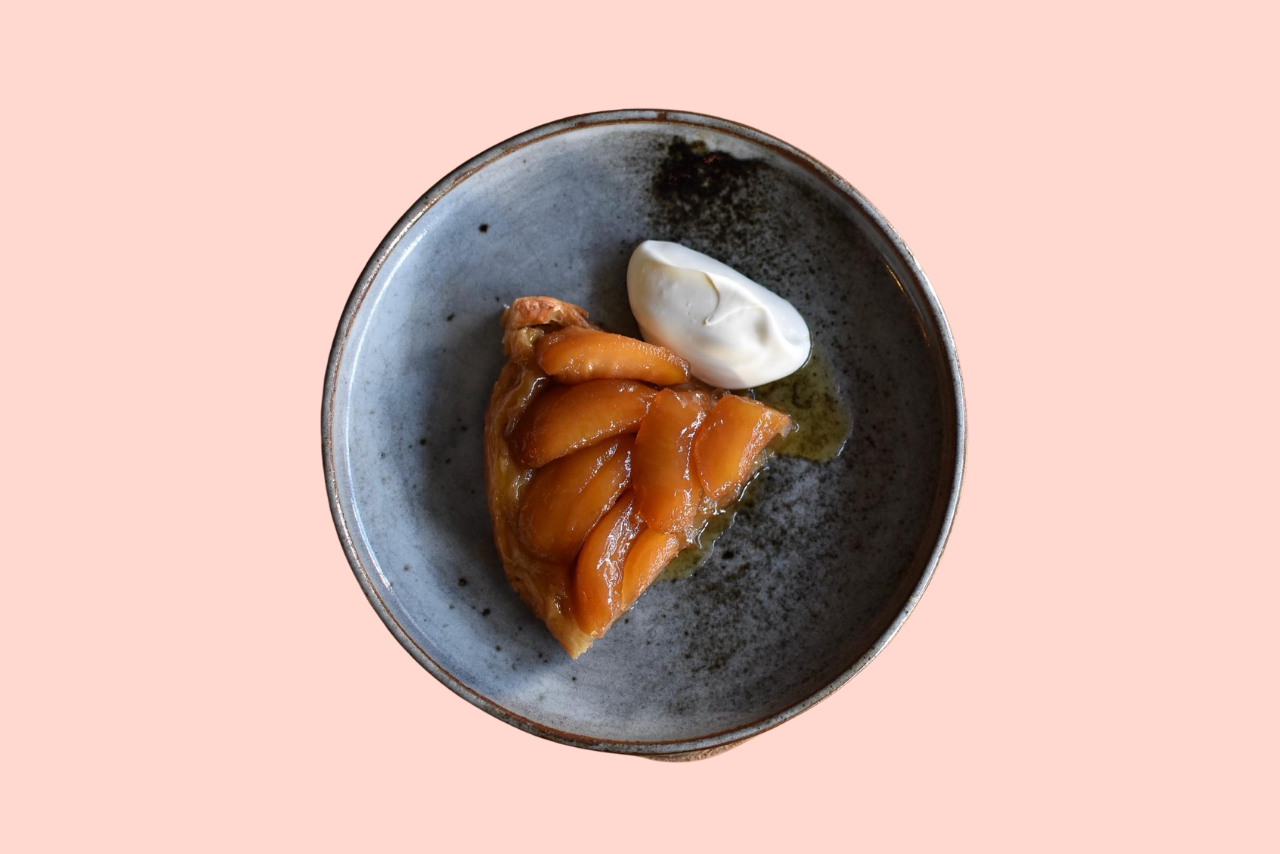
This creative counter-dining restaurant on Battersea Rise would be impossible to get into were it in Hackney or out west on Westbourne Grove.
As it stands, with this part of Clapham offering up a different type of dining scene, you can usually expect to get a table (or rather, bar stool) at fairly short notice at French chef Yoann Chevet’s brilliant restaurant.
Do so, and you’ll be rewarded with a no choice four-course menu for a bargain £59, which falls broadly under the ‘modern European’ bracket but with a few Asian flourishes – think open ravioli of braised beef with kimchi and tofu.
Don’t worry, you’re not being experimented on with ill-thought fusion food; dishes here are light, perfectly poised and full of flavour. A must visit if you’re in Battersea!
Website: sinabro.co.uk
Address: 28 Battersea Rise, London SW11 1EE
Song Hong (Formerly Mien Tay), Lavender Hill
Ideal for Vietnamese food from a London institution…
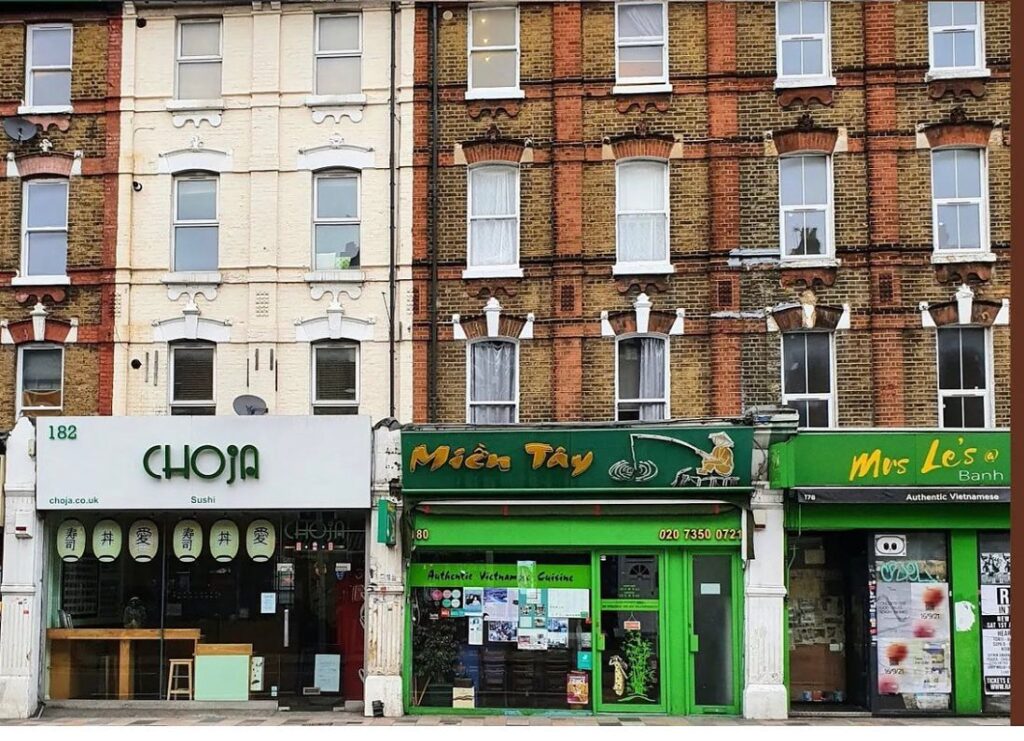


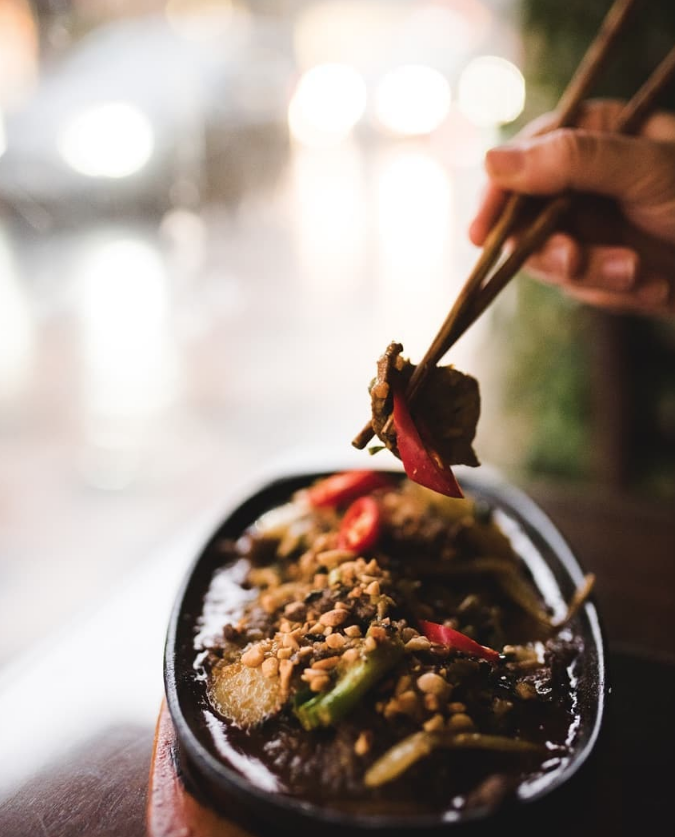
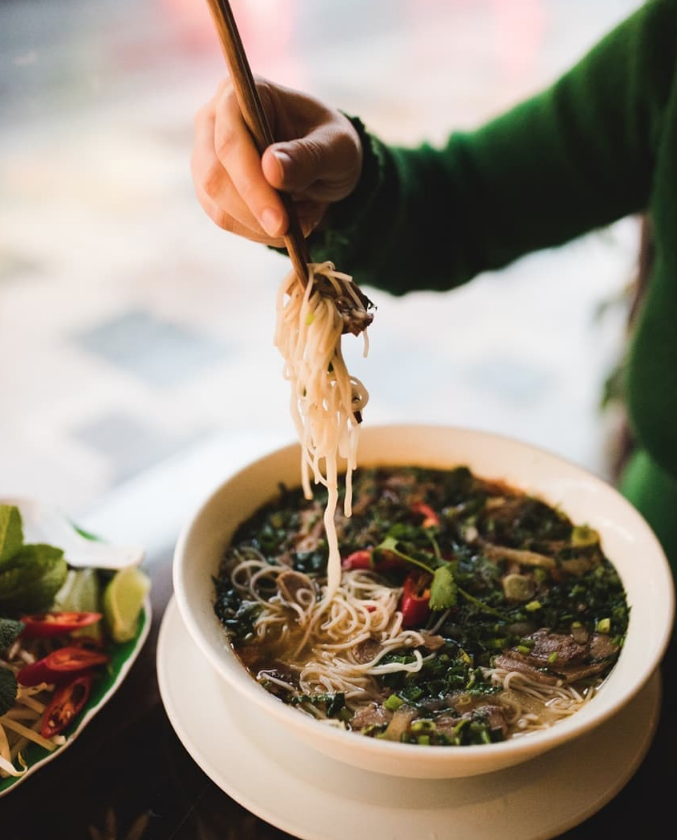
Mien Tay, a Southern-ish Vietnamese restaurant a short walk from Clapham Junction, was one of favourite Vietnamese spots in the city, serving up some of the most faithfully recreated Vietnamese fare we’ve found in London without hitting up Kingsland Road out East.
We loved their rendition of banh xeo, a Vietnamese pancake/spring roll mash-up that is a textural, flavour-balancing delight. Décor was pleasingly stripped back and functional, letting the food do the talking, in typical Vietnamese spirit. Oh, and it was BYOB. All together now – ”Tram Phan Tram!’’ What was not to love?
Anyway, you might have noticed some pretty judicious use of the past tense there. That’s because the Battersea branch of Mien Tay (the Shoreditch and Fulham renditions remain) recently – and quietly – changed both name and owners. Now called Song Hong, the menu and chefs remain the same, though the quality is a little more hit and miss than its predecessor, we think. That said, those hits mean Song Hong is still worthy of a place on our list.
Address: 180 Lavender Hill, London SW11 5TQ
Trinity, Clapham Common
Ideal for Michelin-starred fine dining…
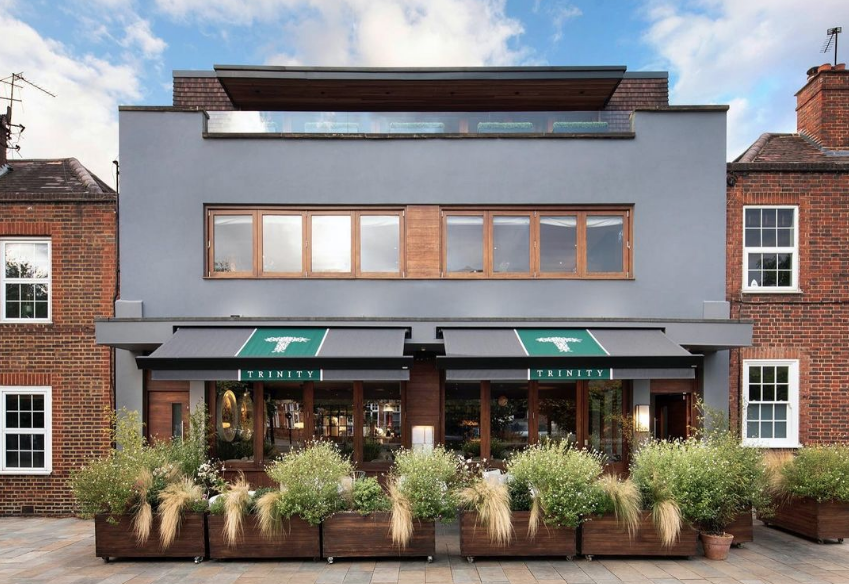

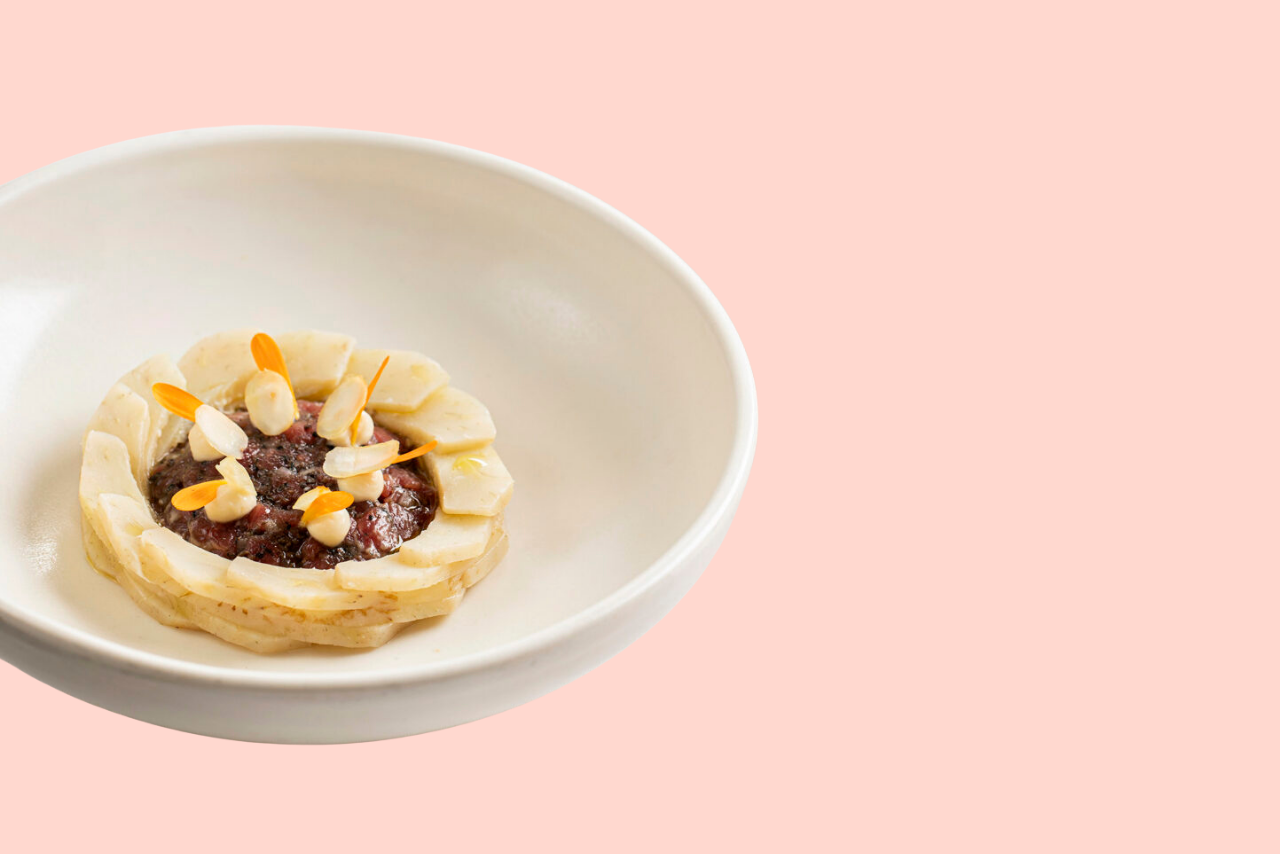
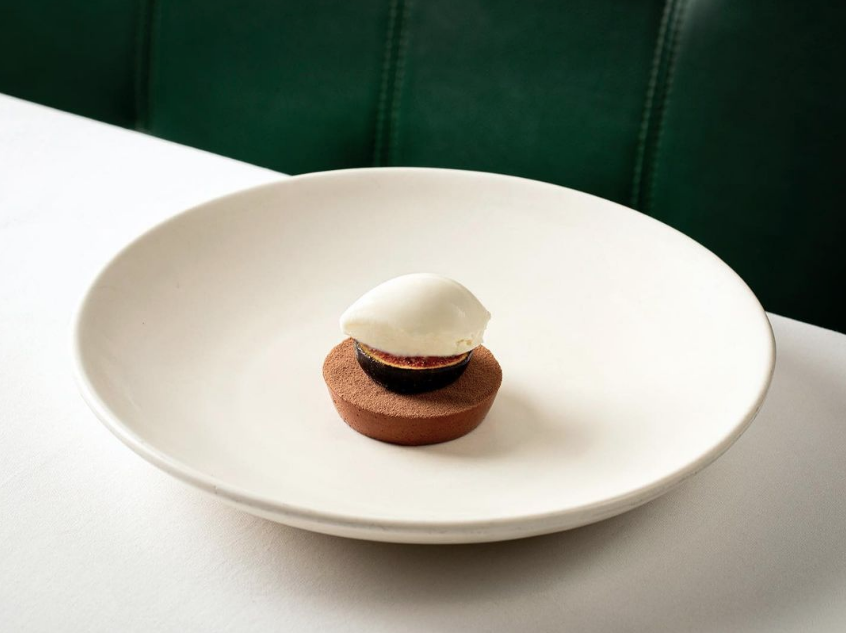
The best fine dining option in the area, this Clapham stalwart run by the effervescent, proudly classical chef Adam Byatt has been given a new lease of life in recent years, it seems, via its increasing ubiquity on TopJaw, and Byatt’s downright educational cooking instructionals on Instagram, that have honestly been feeding our weeknight dinner inspiration for the past few months.
A Michelin star felt like it came late for Trinity in 2016, but boy was it well-deserved. This is not to say it wasn’t superb before the little red book finally recognised its exceptional celebration of British ingredients with flair and respect – but Michelin’s acknowledgement of Trinity as one of the best restaurants in London is pleasing nonetheless. The restaurant has a particular affinity with game, and a visit in grouse season is a must.
If fine dining isn’t your thing, chef Byatt has recently opened a more casual, small plates affair upstairs – suitably named Trinity Upstairs – where the cooking is as attentive and precise as its big brother down on the first floor, but at a more accessible price.
Website: trinityrestaurant.co.uk
Address: 4 The Polygon, London SW4 0JG
Rosa’s Thai Cafe, Northcote Road
Ideal for classic Thai curry’s and regional specialities…
The second Thai restaurant on our list, and for good reason; could there be a better cuisine at reinvigorating a commuter who’s been worn out by the cut and thrust of the capital, all in the time it takes to wait for that connecting train to Epsom? We certainly don’t think so.
Rosa’s Thai has outposts all over London, with the restaurant gaining popularity for its affordable, punchy Thai dishes with origins from across The Kingdom. The Clapham branch has found a home on Northcote Road, and in a street largely defined by pizzas and burgers, the enlivening hit of chilli and smoke is – even if a little functional – most welcome.
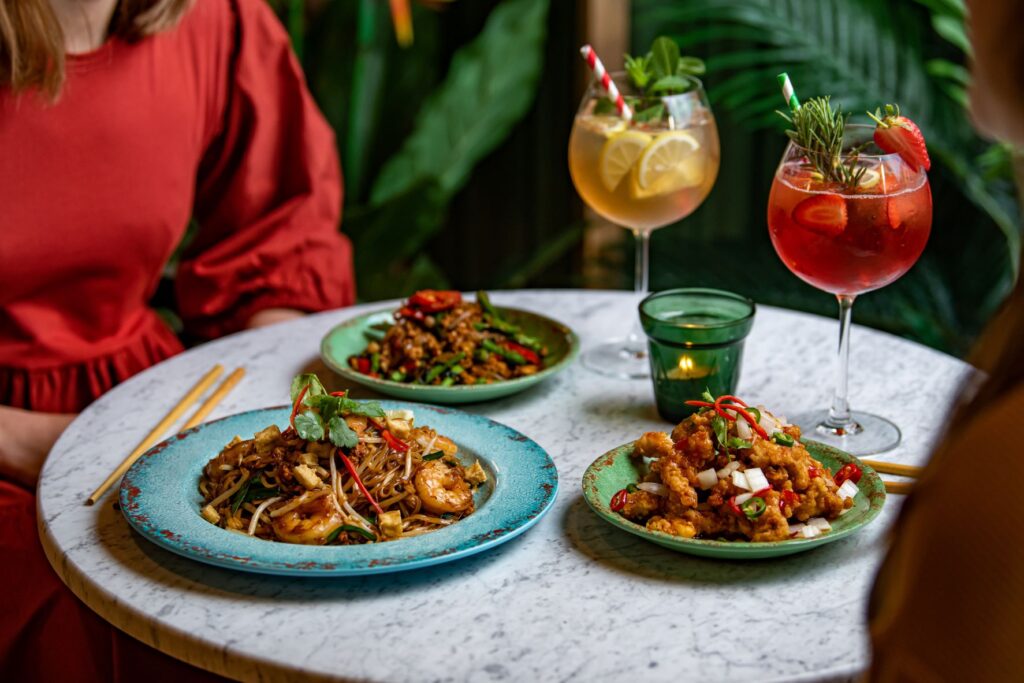
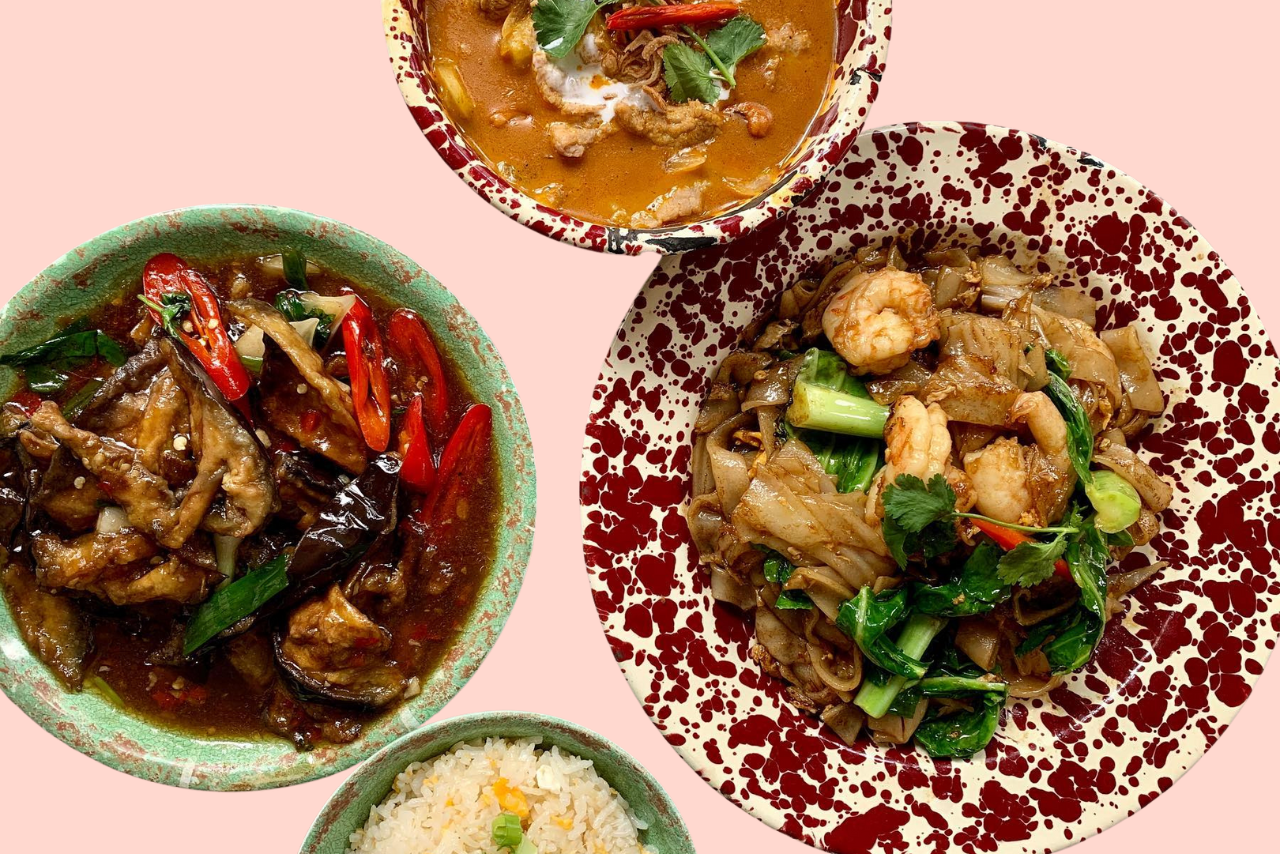
Go for the stir-fry dishes, as Rosa has real woks and burners out back and that all-important ‘hei’ can be sensed on the plate. The chilli and basil stir fry is a very satisfying one plate wonder, akin to Bangkok’s beloved pad gra pao, but using Thai basil instead of the holy stuff. Regardless, it does the job.
The restaurant also focuses on regional specialities. We’re particularly fond of coming here for an order of chicken larb, papaya salad and a side of sticky rice which all hail from the Isaan province in North-East Thailand.
As their website boasts, the restaurant group serves 11’000 pad Thais a week. We’re a little embarrassed to admit just how many of that number were us.
Website: rosasthaicafe.com
Address: 54 Northcote Rd, London SW11 1PA
Bababoom, Battersea Rise
Ideal for chicken shish, falafel and halloumi kebabs…
Excuse the name that calls to mind Thierry Henry suavely, sexily peddling a Renault Clio, and instead turn your attention to the gorgeous, keenly priced kebabs being produced at Bababoom, Battersea Rise’s premier Middle Eastern-inspired restaurant.
With the charcoal grill licking up flames from noon daily, we’d argue that Bababoom is best enjoyed at lunchtime, where one of London’s best deals is found; a properly massive, laden chicken shish, falafel or halloumi kebab, fries and a drink (the frozen lemonade is ace) for just £10. Yep, ten pounds, and that drink can even be beer, which you’d likely be paying around a tenner for alone in some corners of the city. This one runs weekdays until 5pm. Get involved!

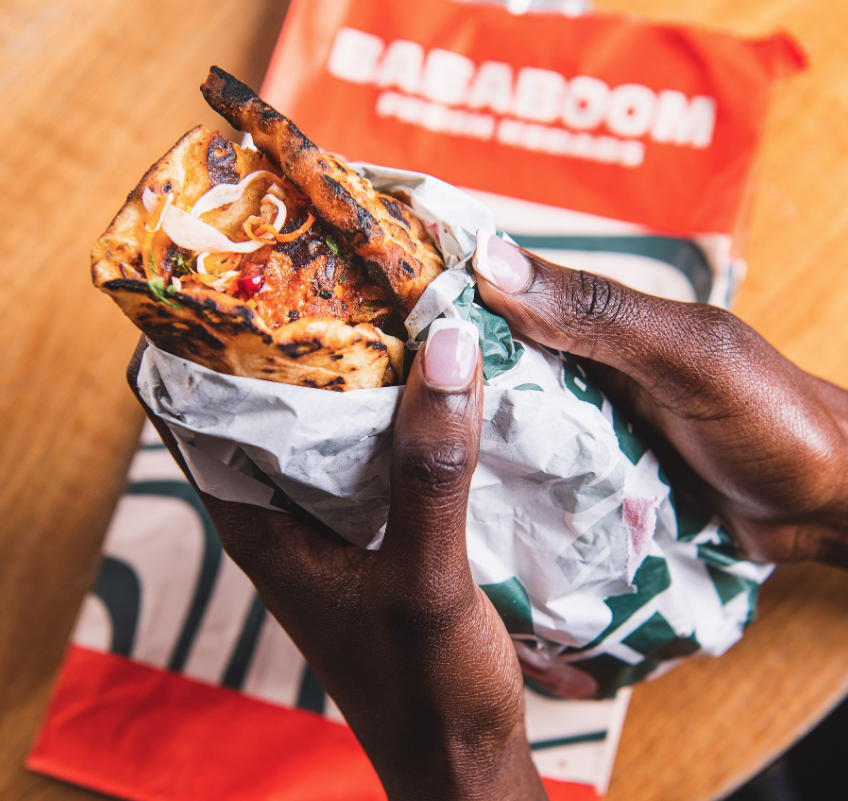
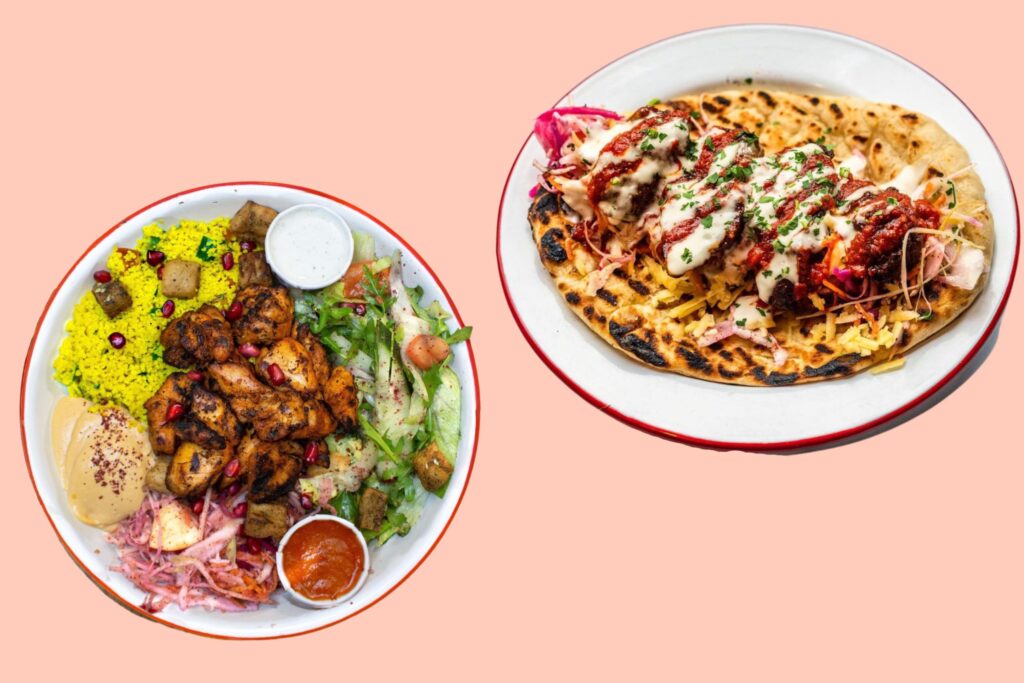
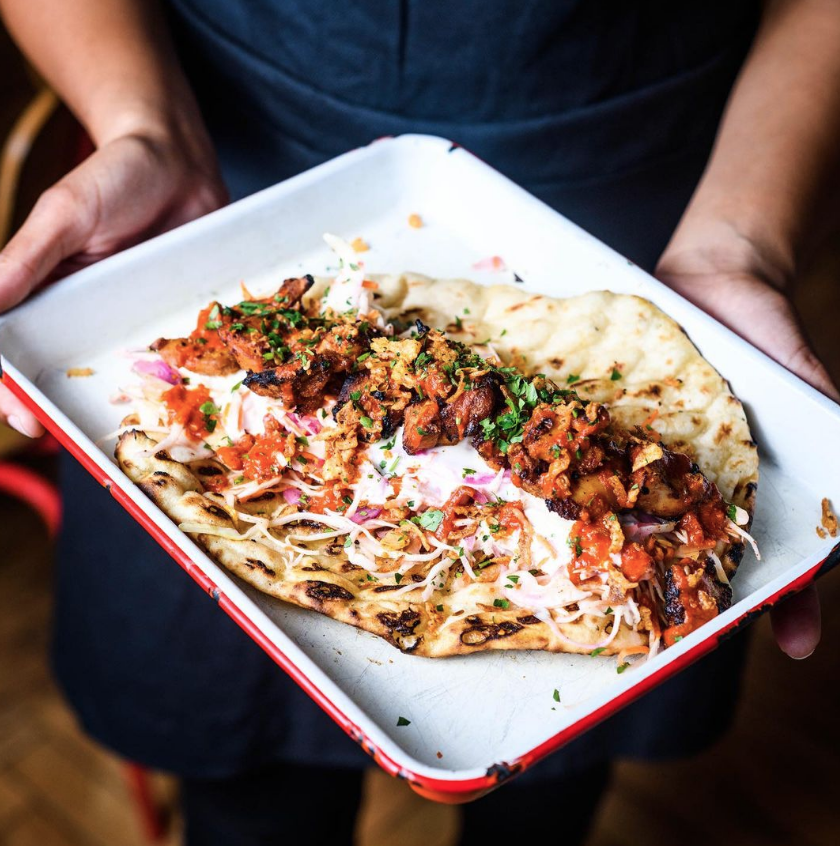
Website: bababoom.london
Address: 30 Battersea Rise, London SW11 1EE
Prezzemolo & Vitale, St. John’s Road
For the ultimate grab and go meal just moments from Clapham Junction station, Prezzemolo & Vitale, a relatively recent addition to the area, has brought an authentic taste of Sicilian gastronomia culture to this little corner of south west London.
With shops already thriving in Chelsea, Notting Hill, Borough Market and Wimbledon, the Battersea branch of Prezzemolo & Vitale is housed in the revamped Arding & Hobbs building on St John’s Rd. This Sicilian deli-cum-cafe is stacked with a wide selection of premium Italian charcuterie, cheeses, pasta and olive oil, as well as some items you’ll struggle to find in your local Waitrose, such as guanciale and bottarga.
There’s also an impressive array of seasonal produce imported directly from Italy on a weekly basis – Marsala black tomatoes and Ribera oranges, stand up. So far, so do-it-yourself…
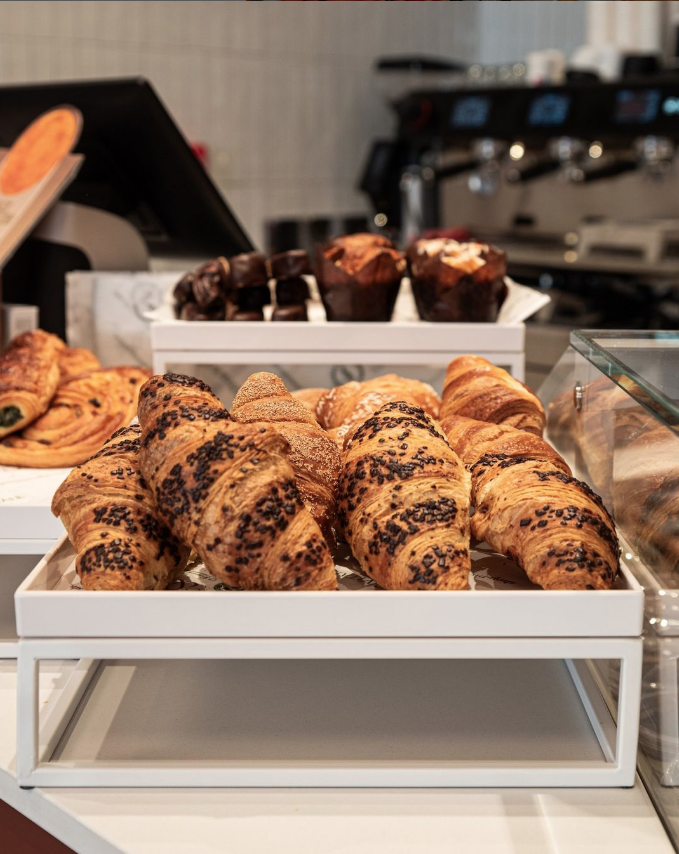


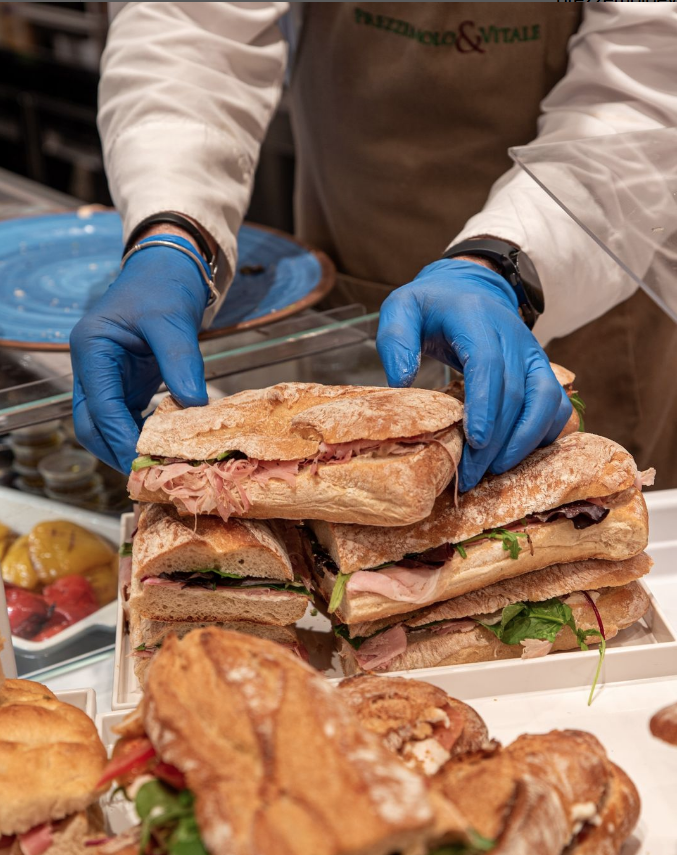
But for a train picnic, you’ll be properly set up here too, with the counter on your left as you enter the deli (still haven’t decided what to call this place!) well appointed with homemade Italian classics that eat incredibly well lukewarm.
Seeing as the gaff (still haven’t decided…) is Sicilian, the caponata is particularly good. A really good version actually, salty, sweet and sour, in that order, and so good lumped across the freshly baked focaccia that’s also sold here. The parmigiana di melanzane and beef lasagne look great, too. Next time, next time…
On top of all that, Prezzemolo & Vitale’s own brand of Italian ice cream, including esoteric flavours like Gianduja, Fior di Panna, and Tiramisu, is available here (or to go) for all the sugarheads out there. Unsurprisingly, the coffee here more than does the job, too.
Website: prezzemoloevitale.co.uk
Address: 1-7 St John’s Rd, London SW11 1QL
Soif, Battersea Rise *As of August 2025, now sadly closed*
Ideal for French fare and natural wine…
*Sadly, after 15 years of trading and leaving as a huge influence on London’s wine bar scene, Soif announced last month that it was to close, its last service taking place on 27th July. Soif will be hugely missed by many.*
For many years, Soif was the place in Battersea to drink and dine in classy, pared back surrounds. One of London’s first – and certainly one of its most influential – natural wine bars to take inspiration from the Parisian ‘bistronomy’ movement, Soif has outlasted its sibling restaurant Terroirs, a place that put the biodynamic stuff firmly on the map in the city.
Fortunately, the natty juice is still flowing at Soif, and goes beautifully with the rustic, French country cooking that keeps South London restaurants returning here daily. The pork and pistachio terrine, served with grilled sourdough, is a thing of real beauty whilst the blushing pink veal chop with a complex, piquant charcuterie sauce feels both like a relic of a bygone era and very much on point with modern London cooking.
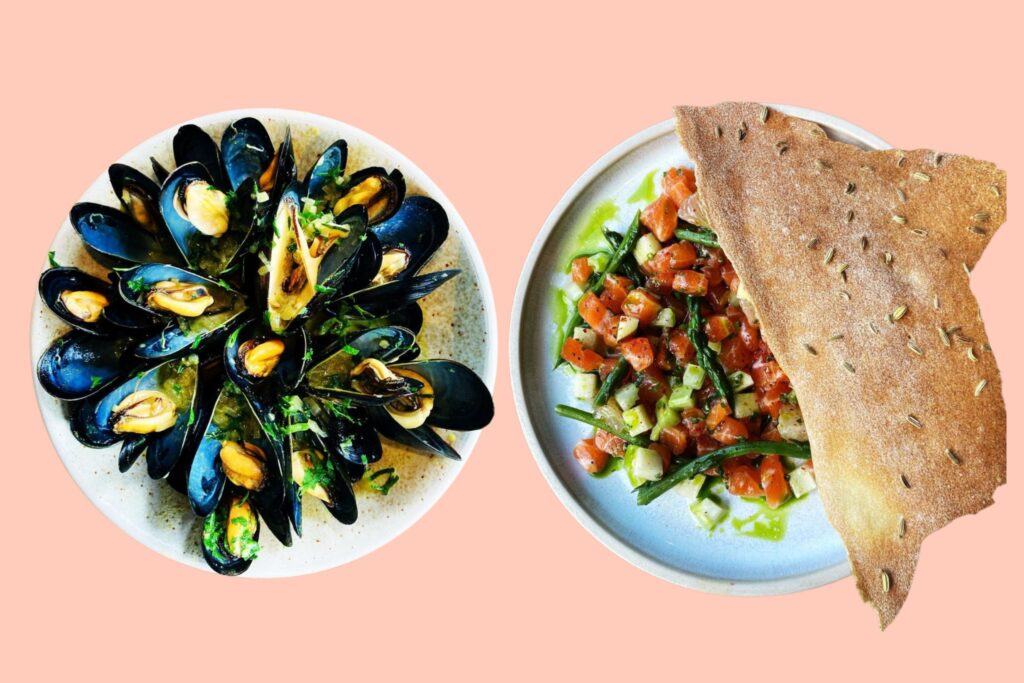
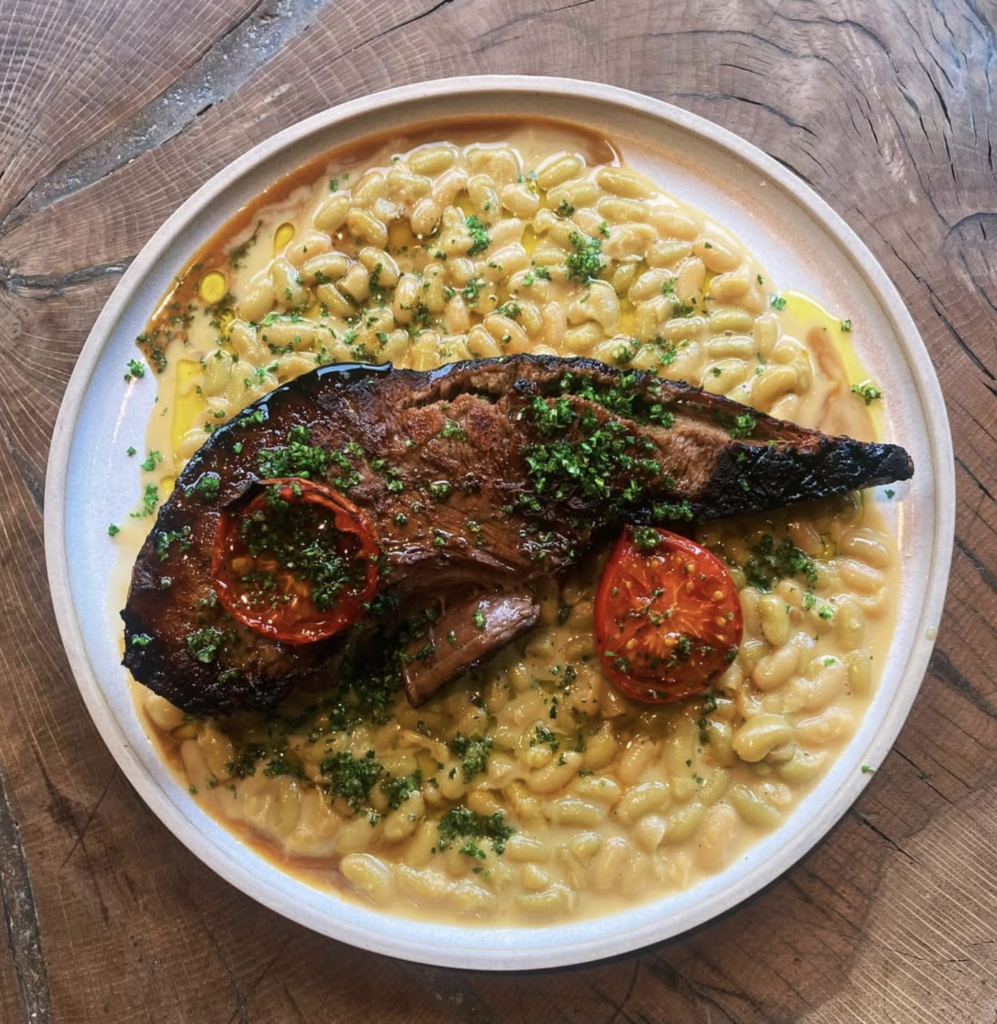
Always in search of a bargain London set menu deal, we couldn’t head out the door of Soif and back onto Battersea Rise without mentioning their ‘Wine & Chicken Mondays’, which sees ½ a rotisserie chicken – golden, juicy, salty in all the right ways – served with proper aioli (for once not just a garlic mayonnaise), chips and bitter leaves, all for just £20. The only issue is, this one feels impossible to share!
Paired with a glass of floral, funky Pinot Gris from Germany’s Rheinhessen region, you’ve got yourself a light, gorgeous dinner that yesterday’s roast will be looking enviously at.
Website: soif.co
Address: 27 Battersea Rise, London SW11 1HG

